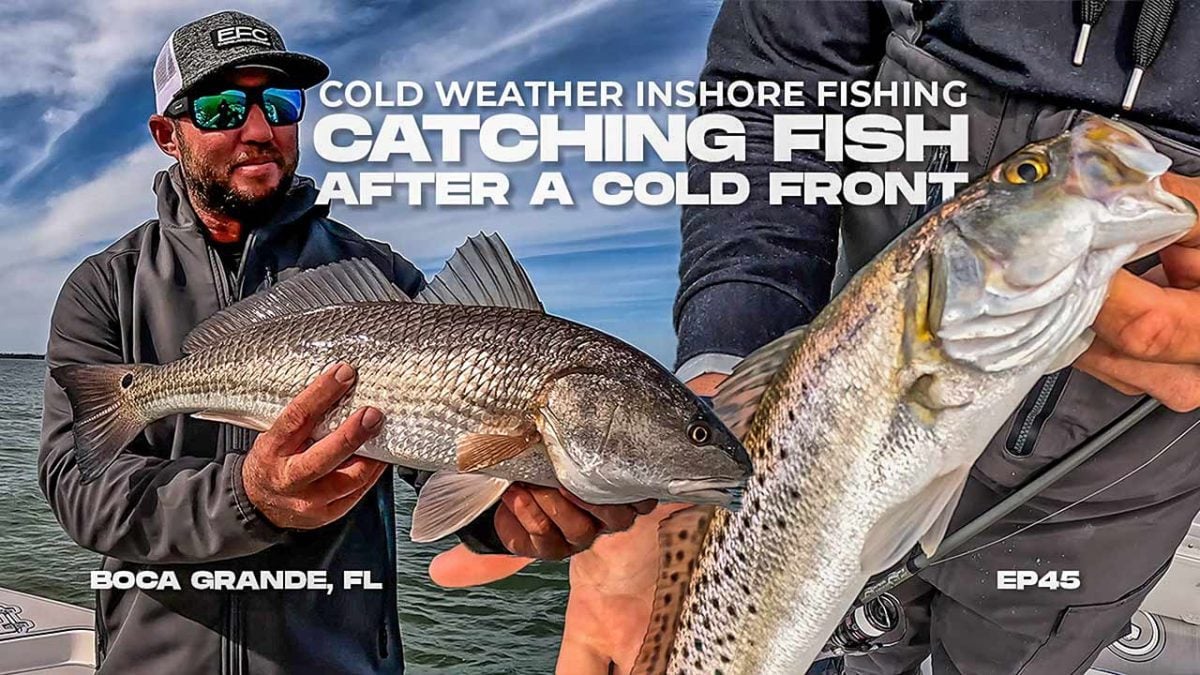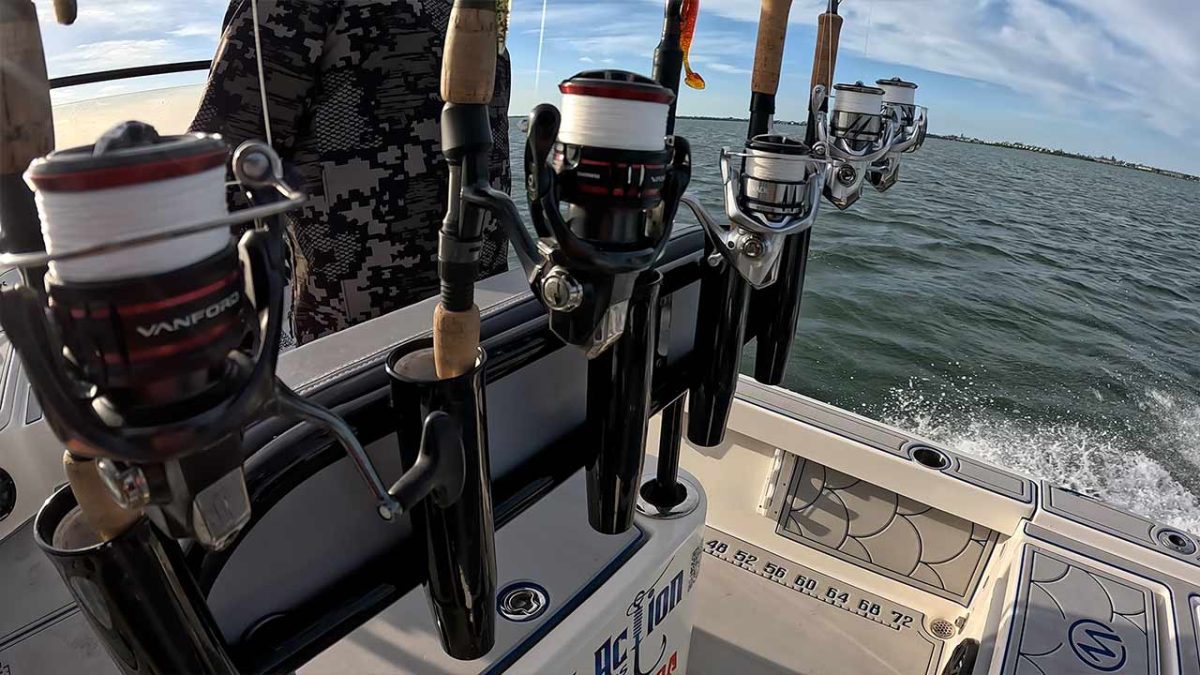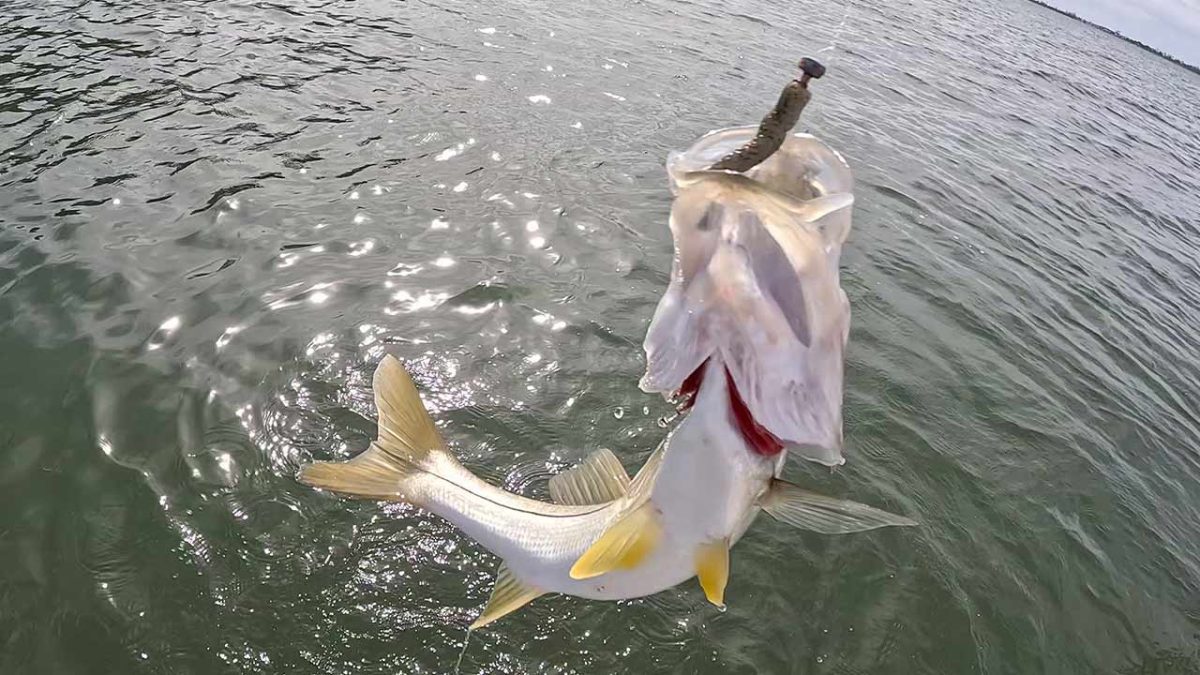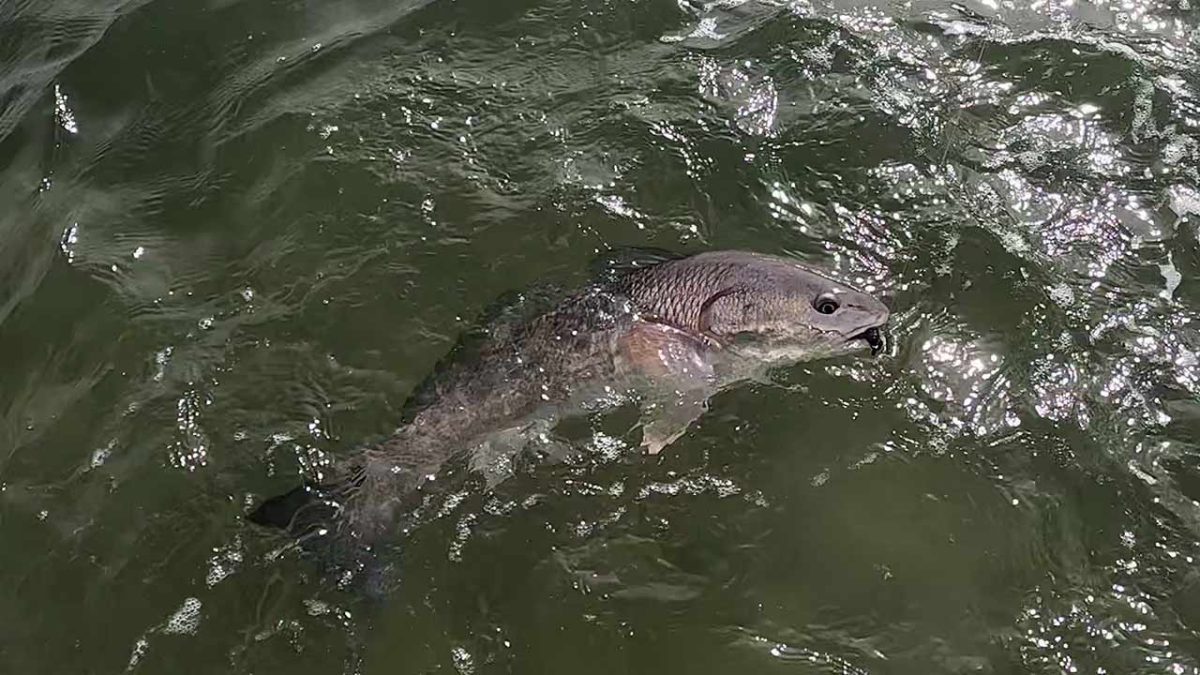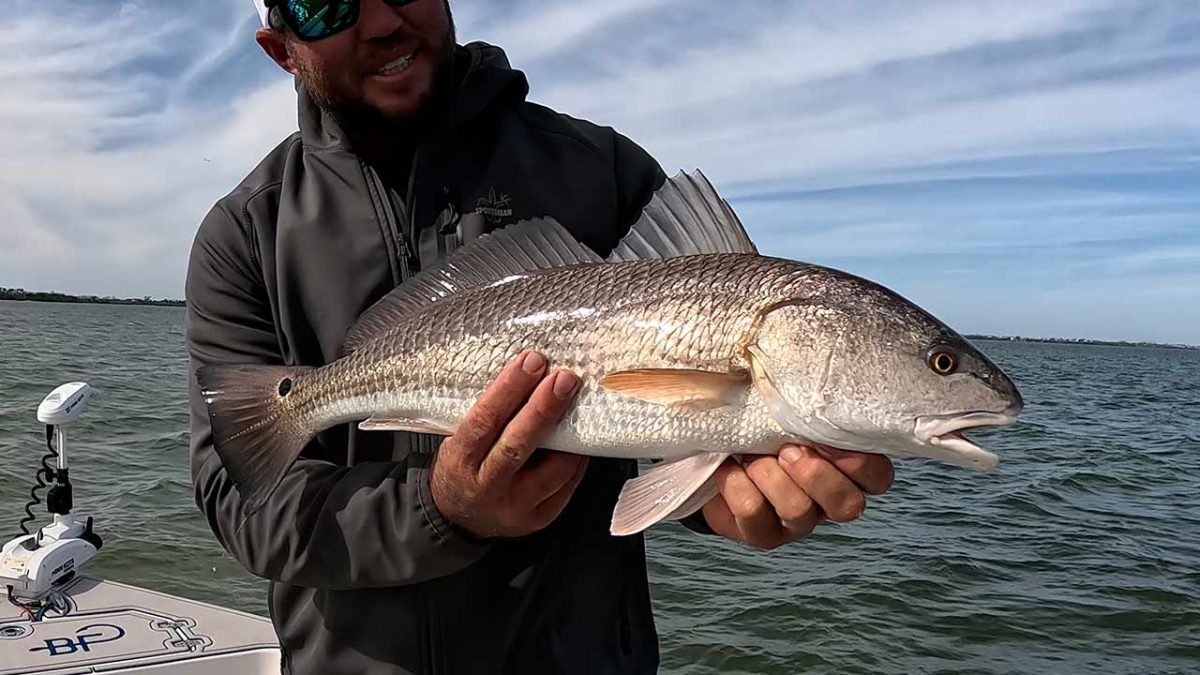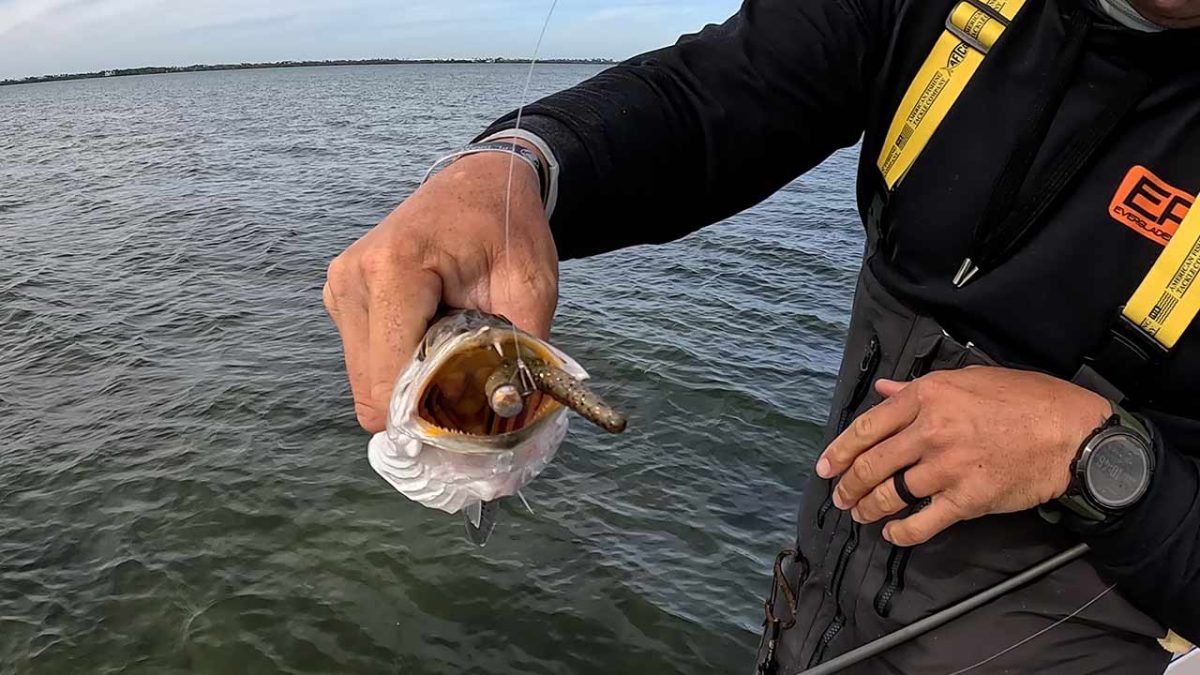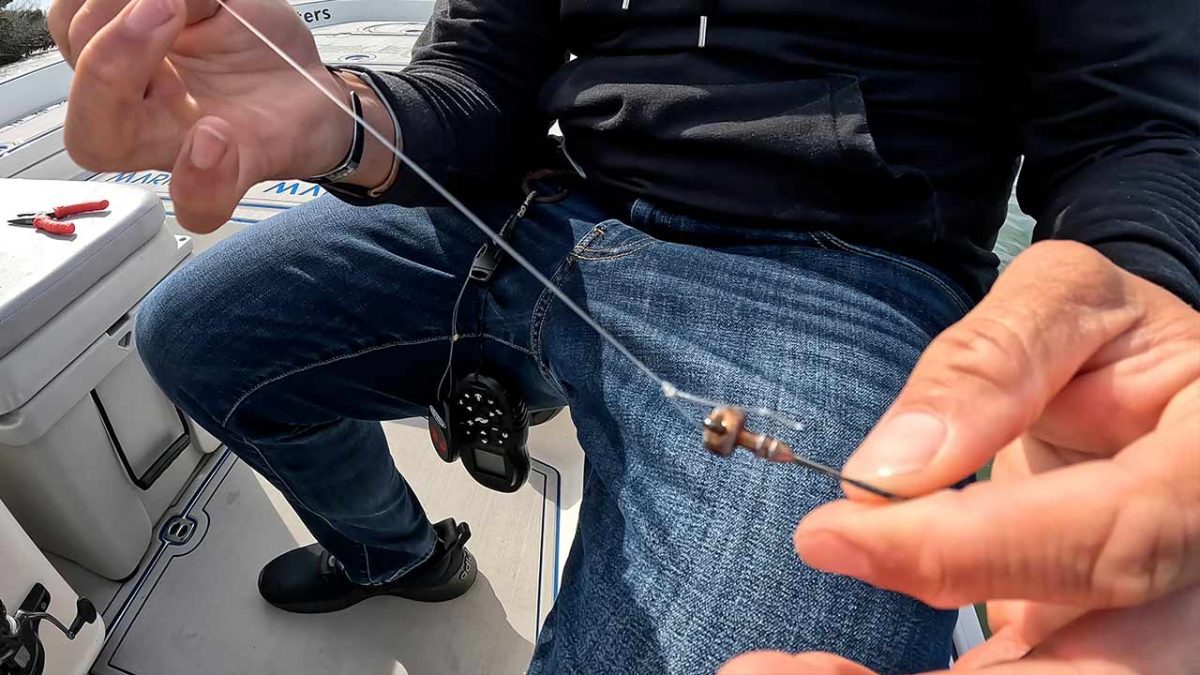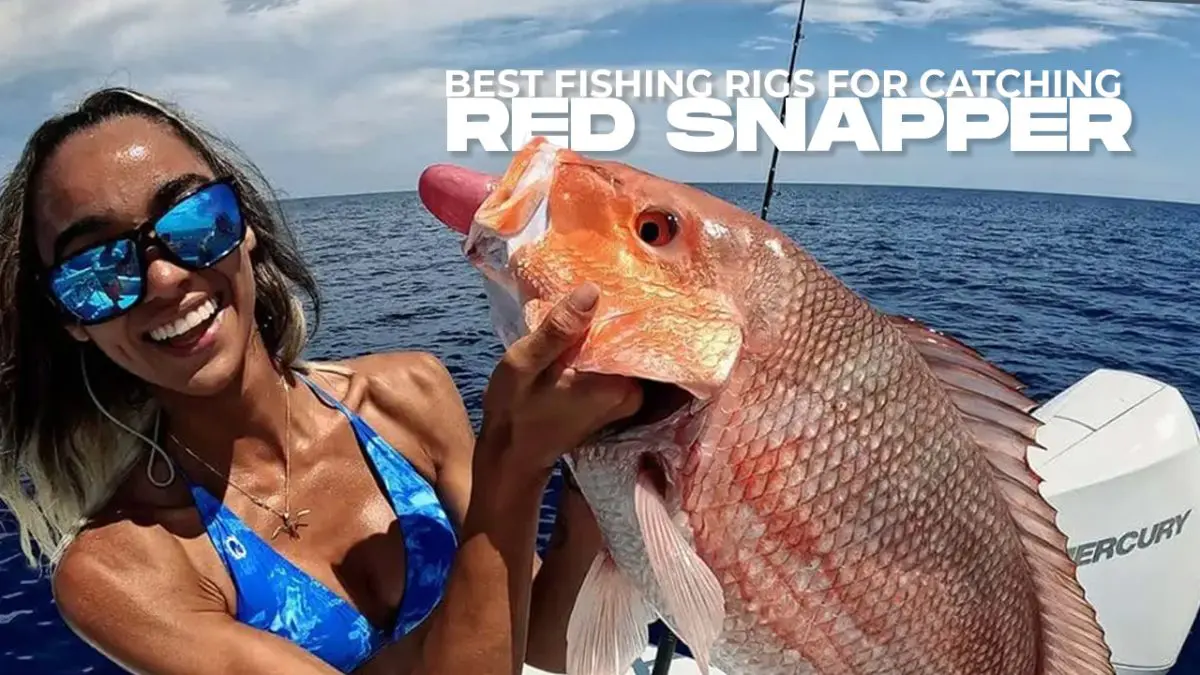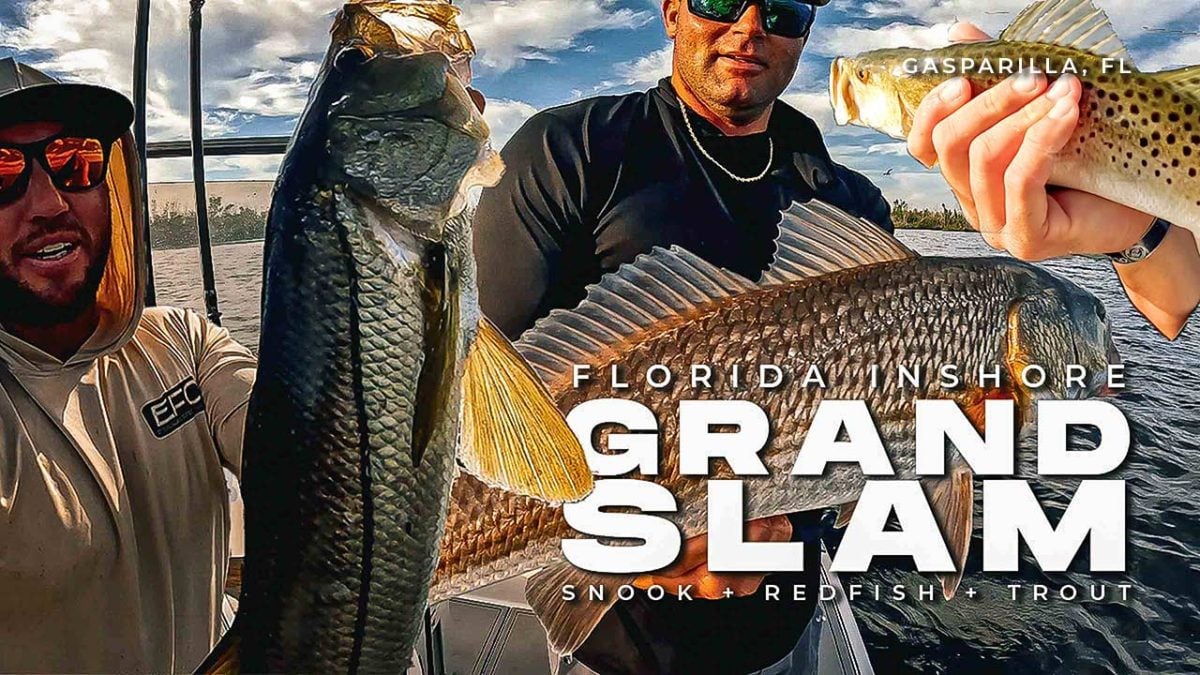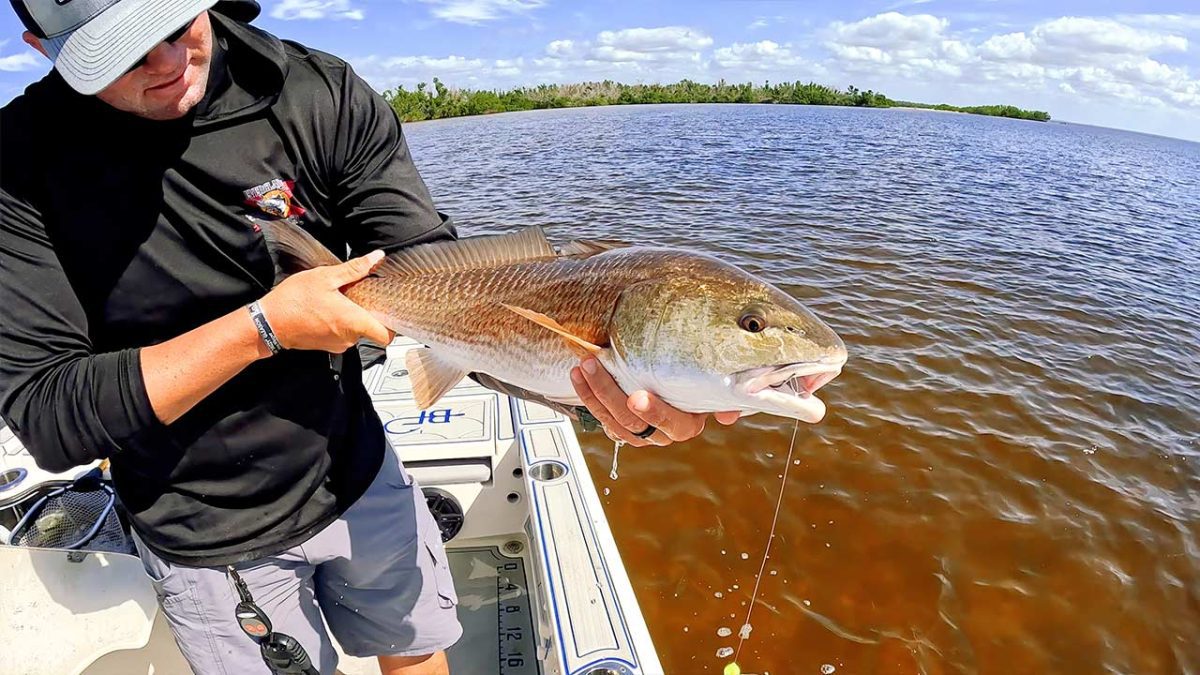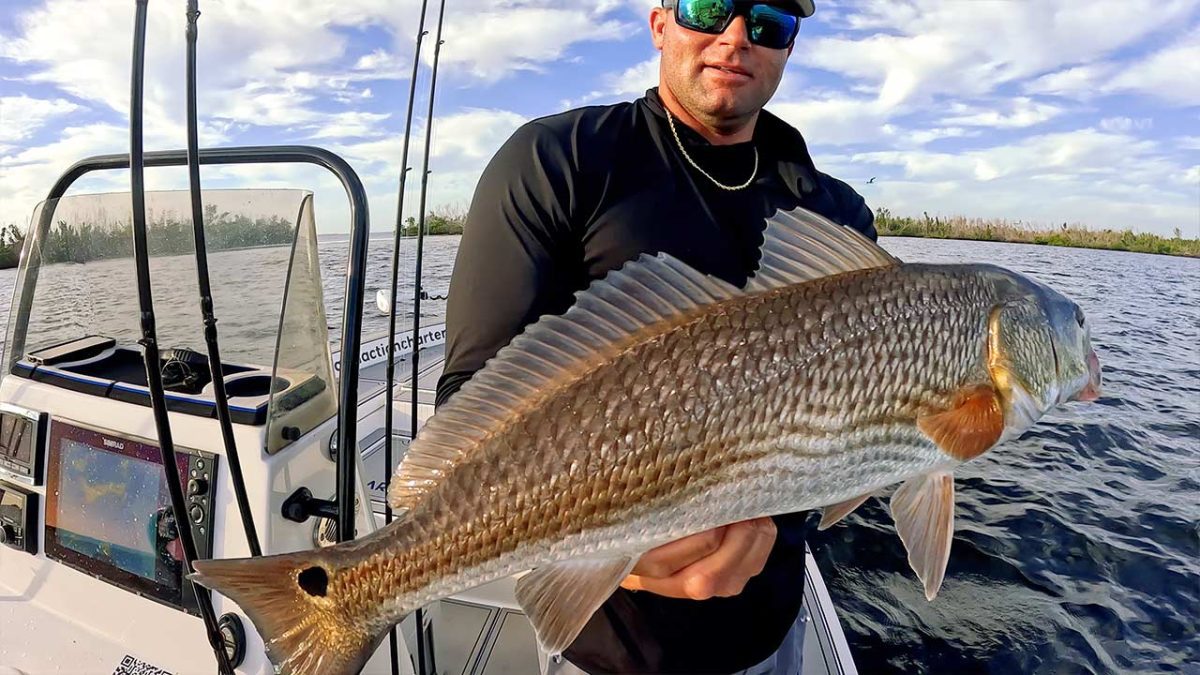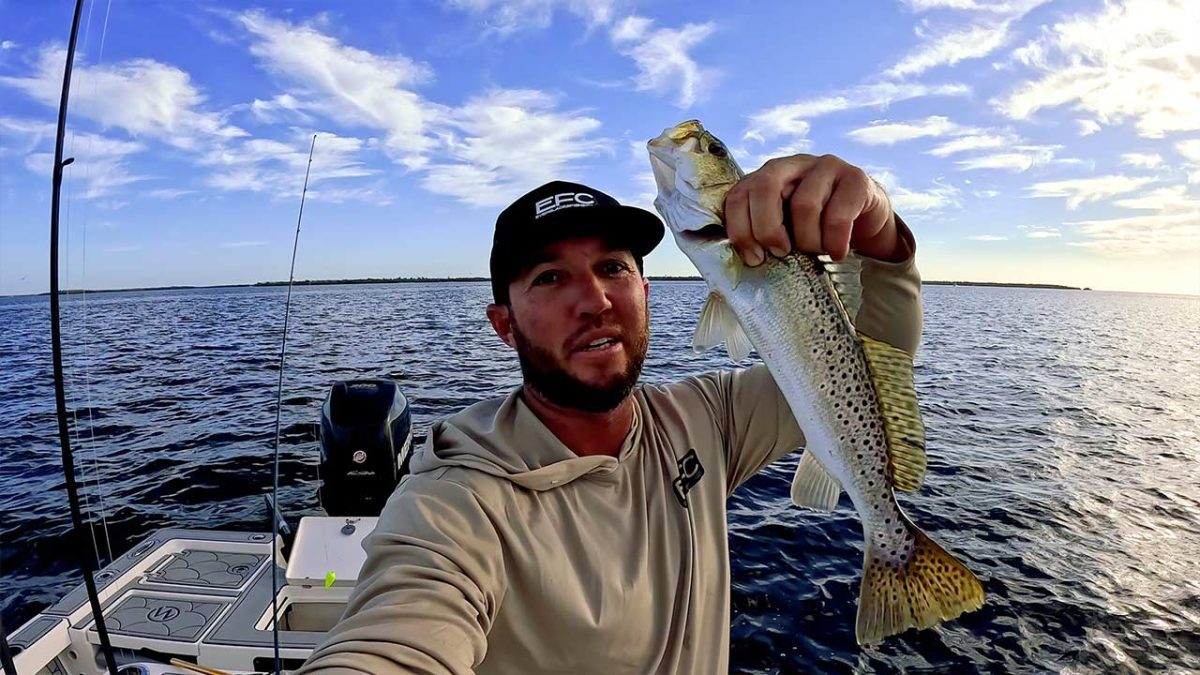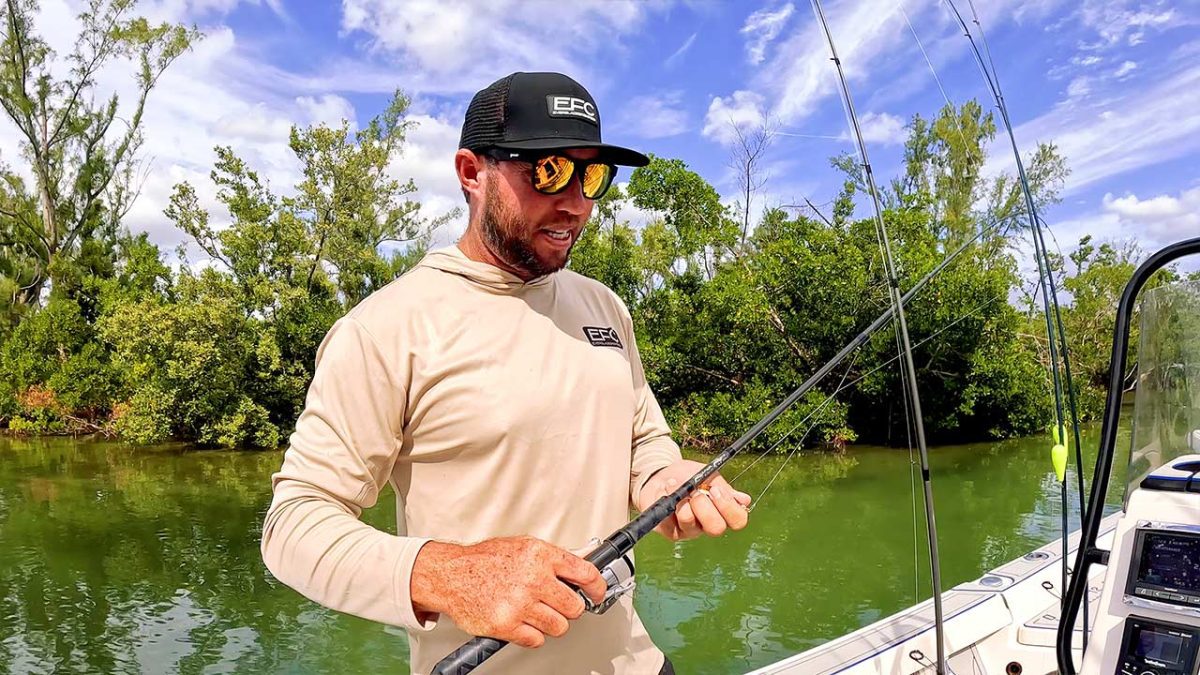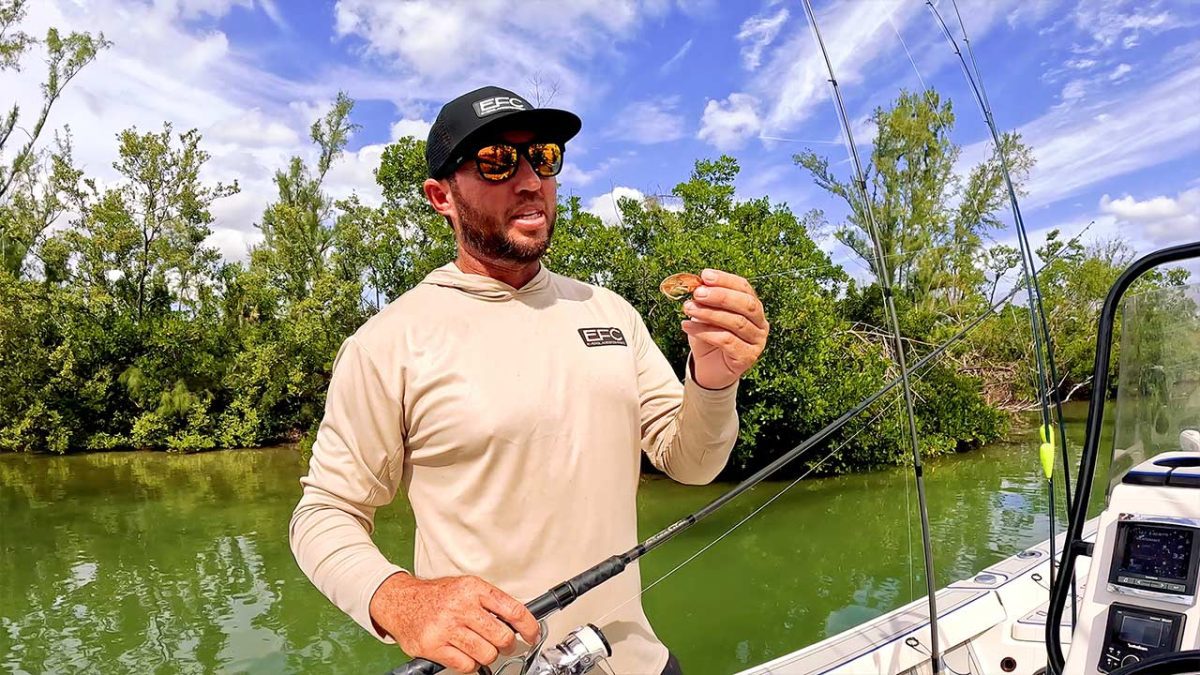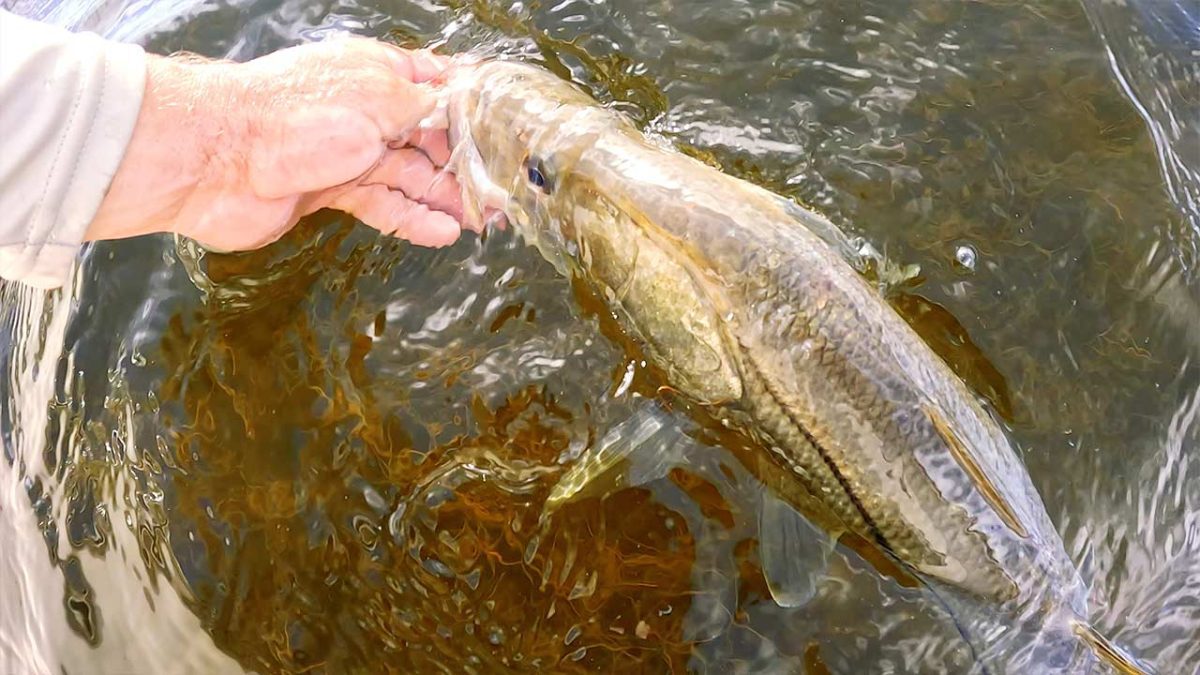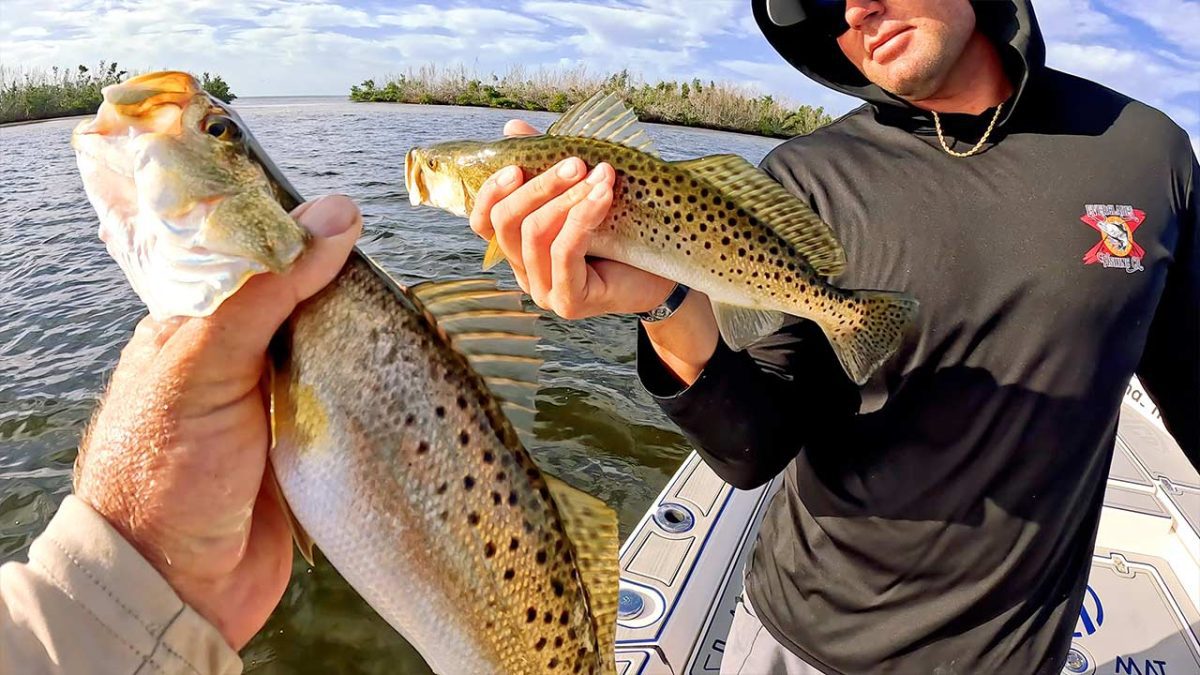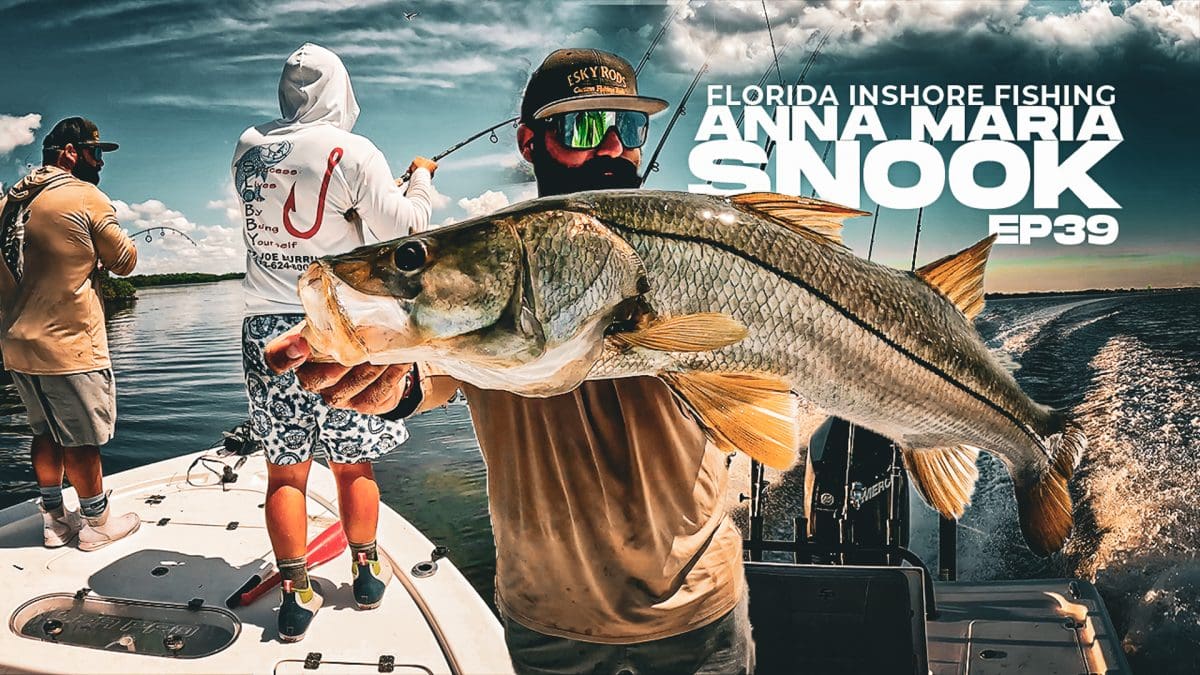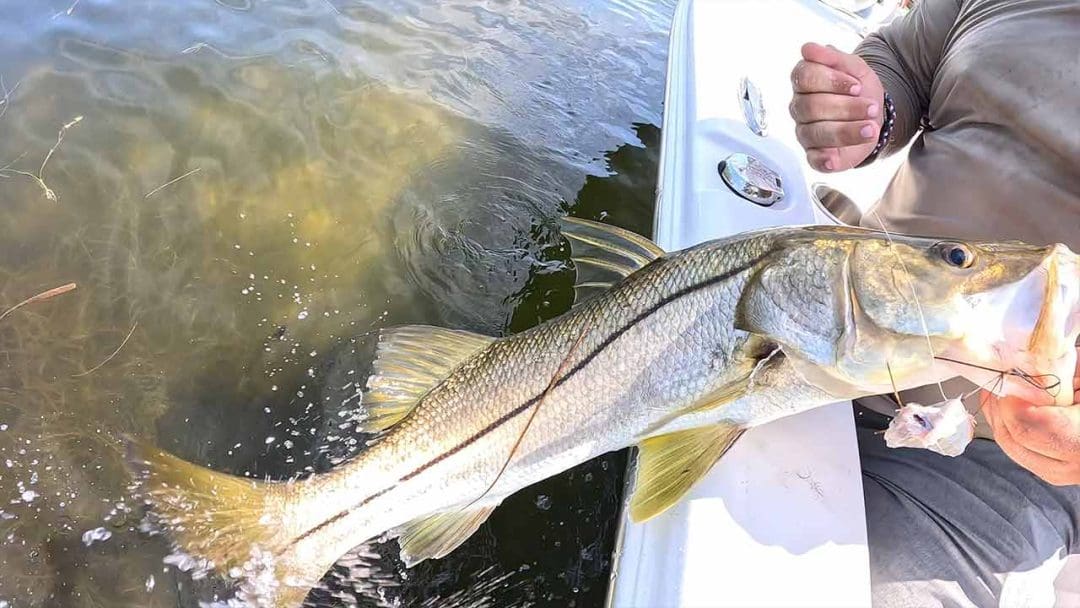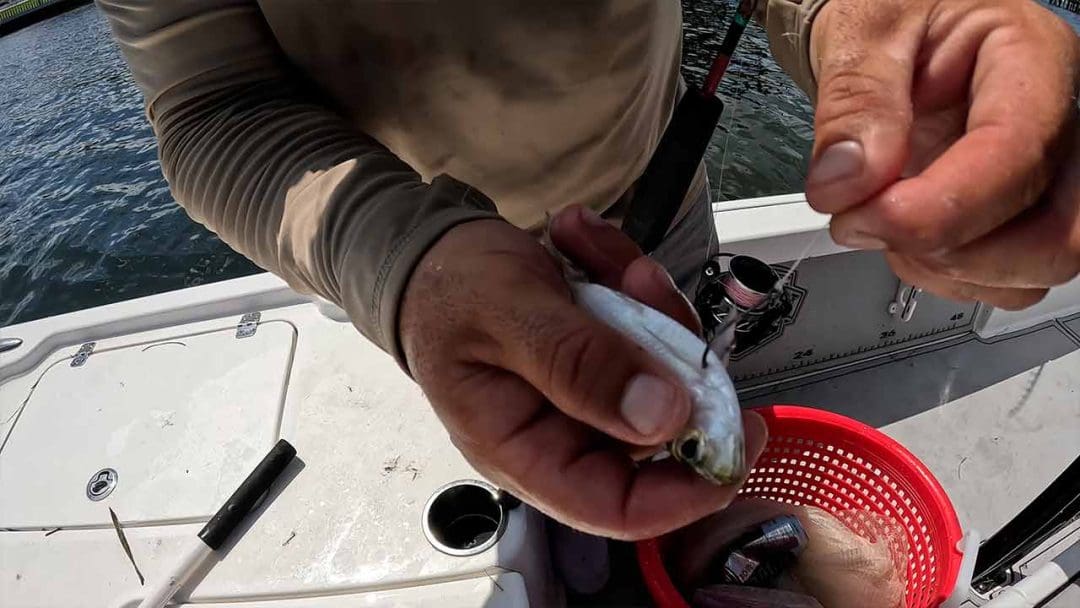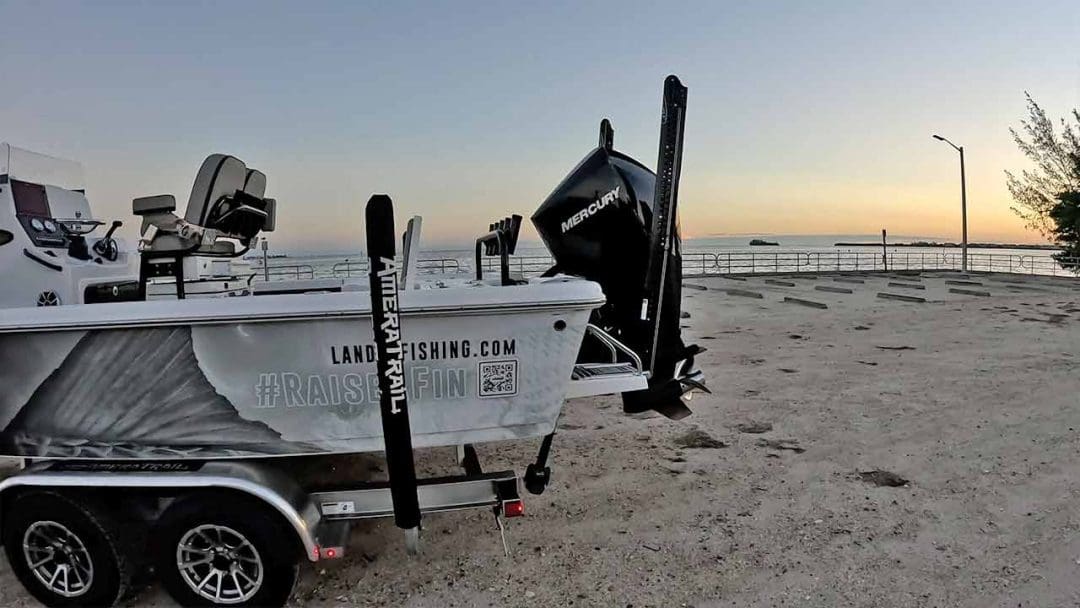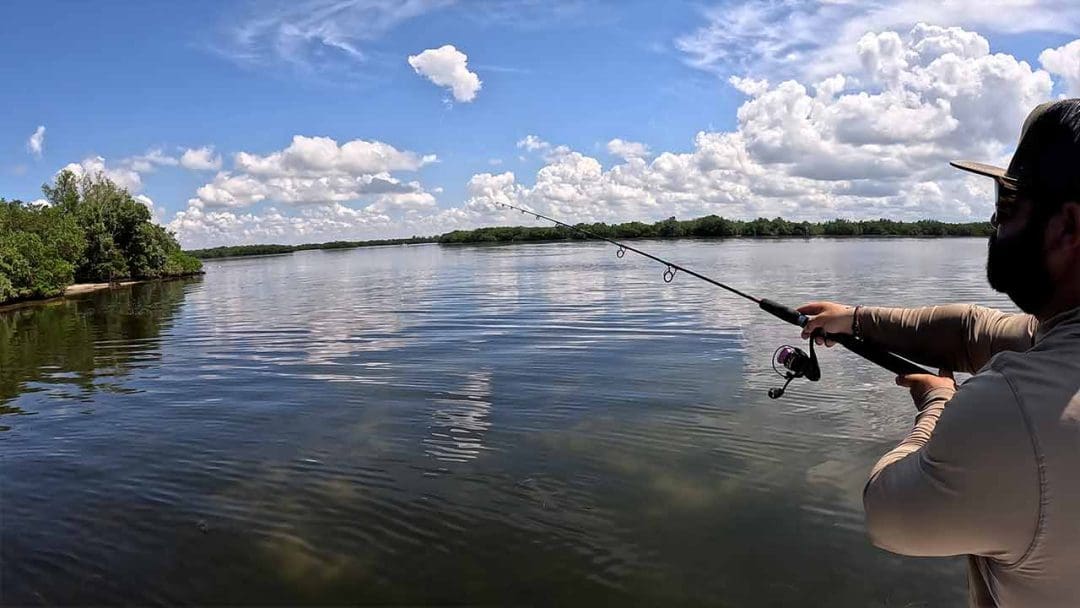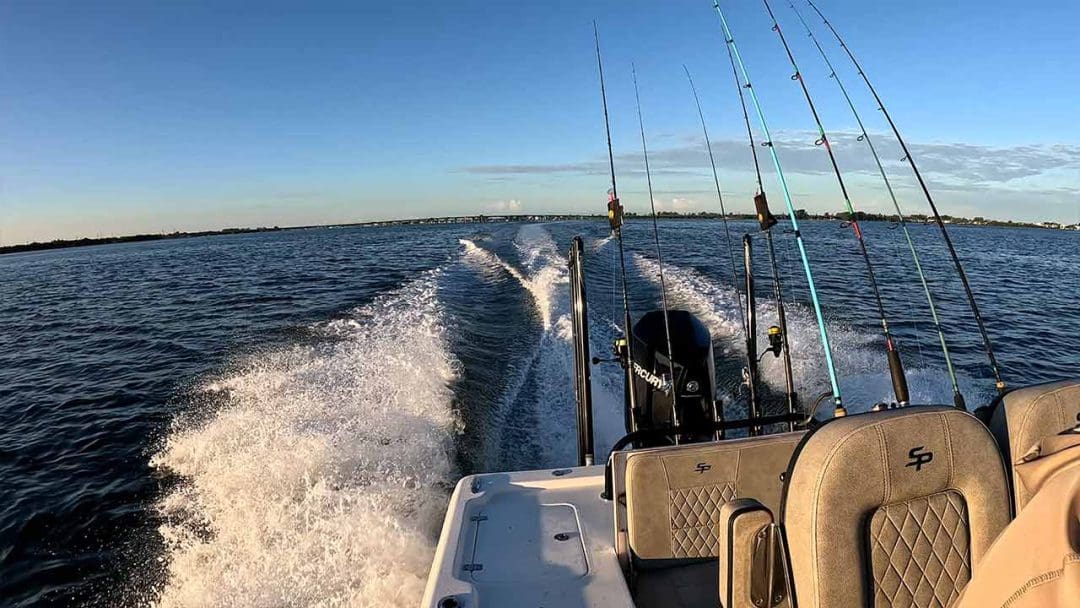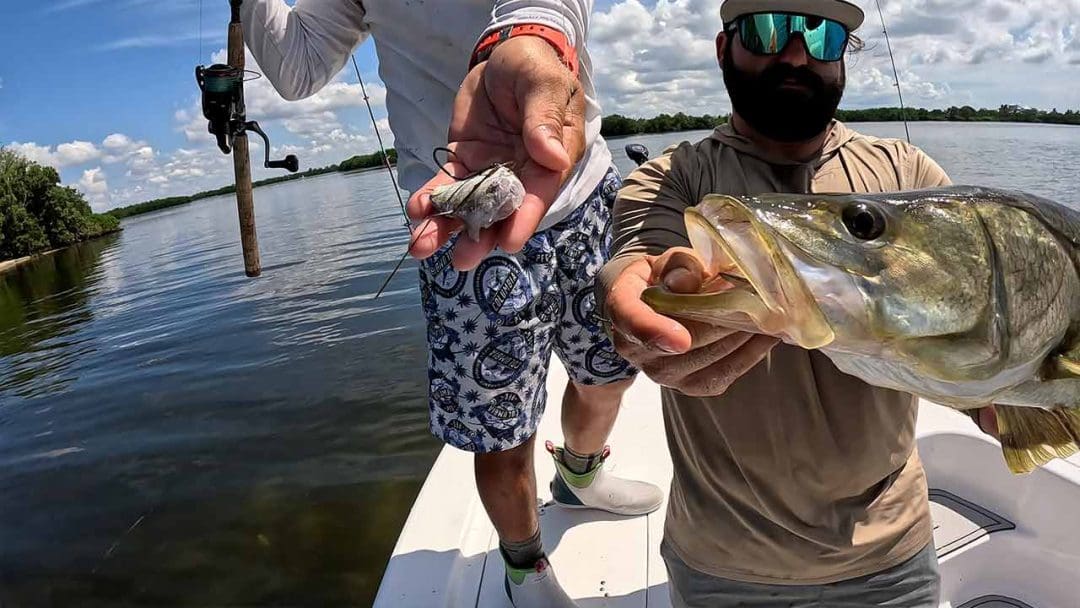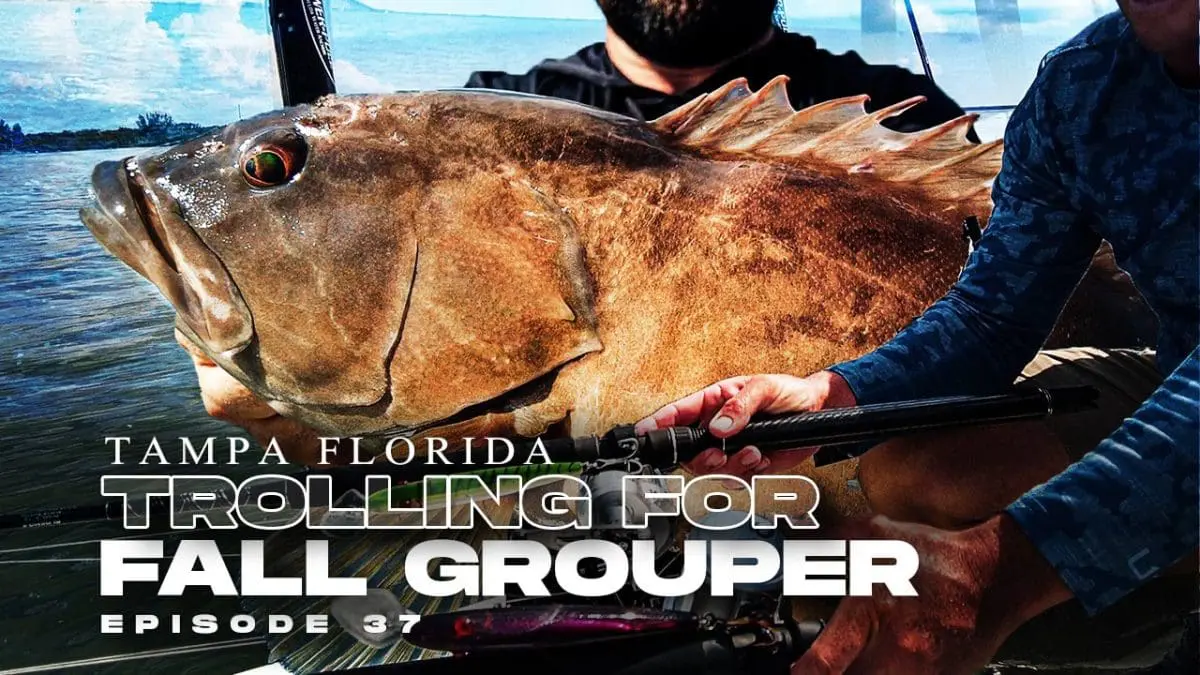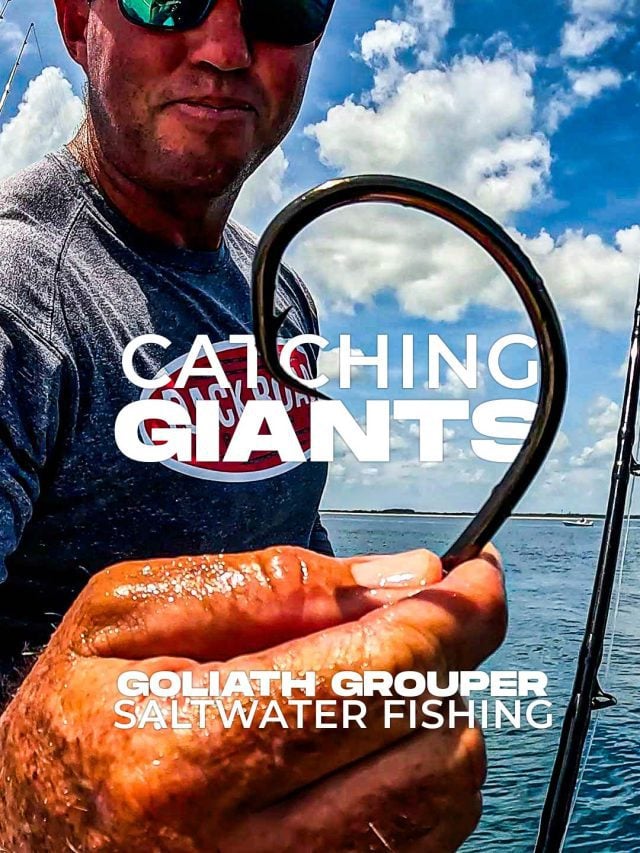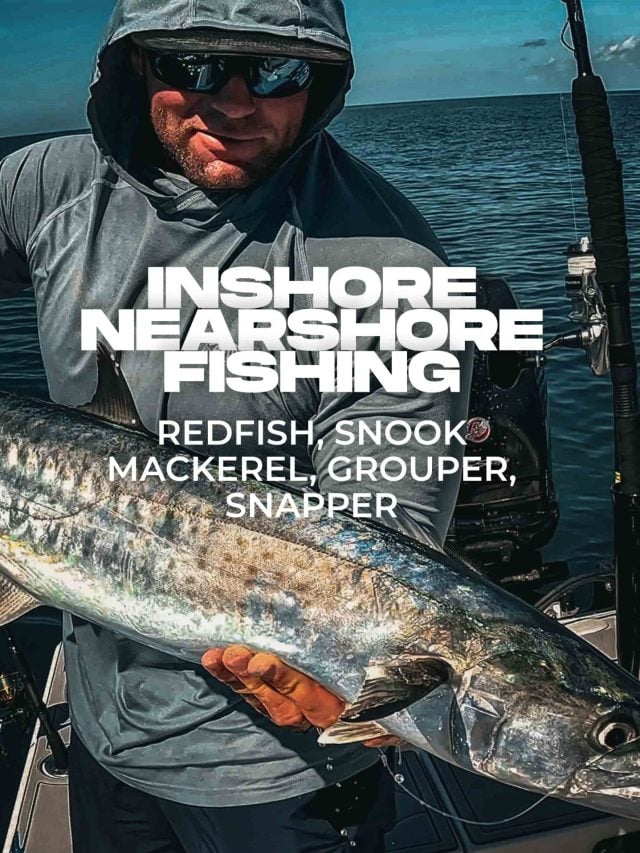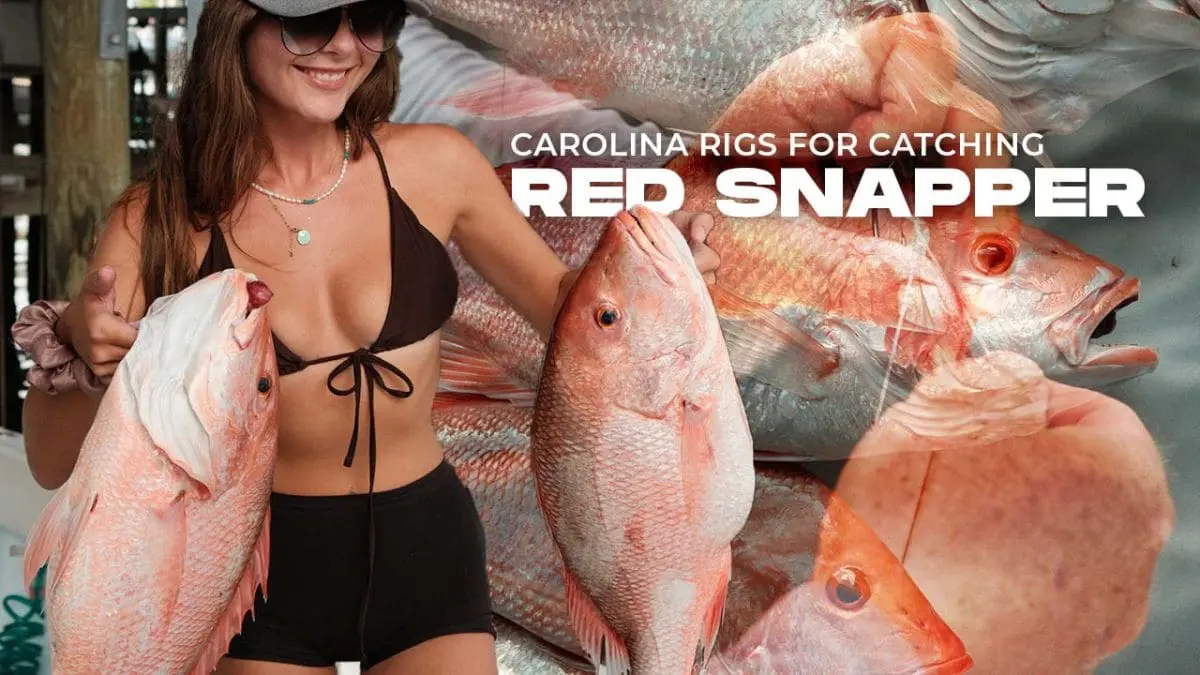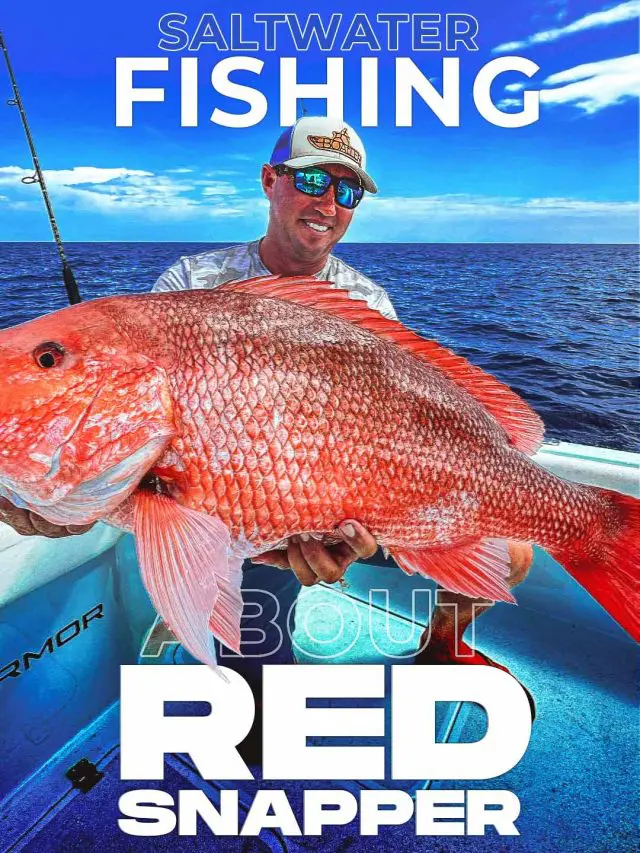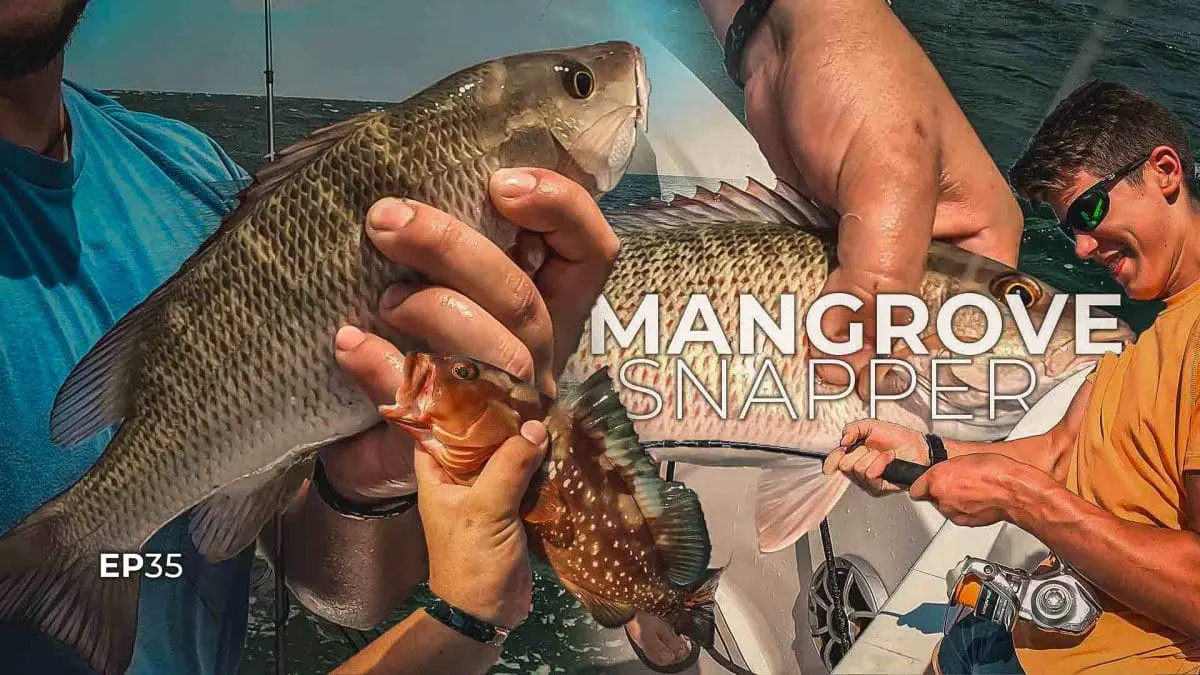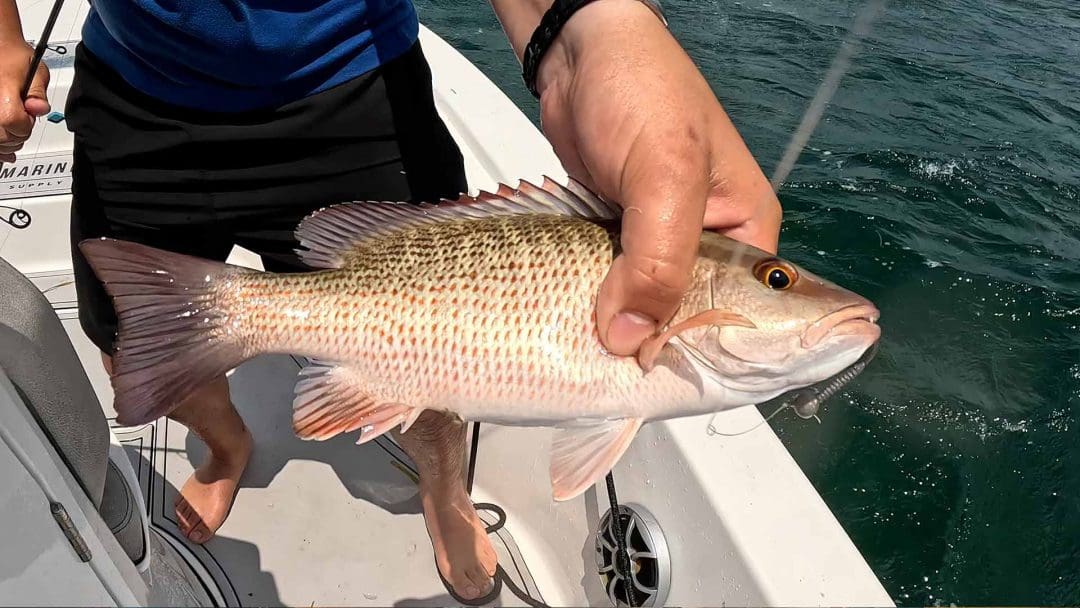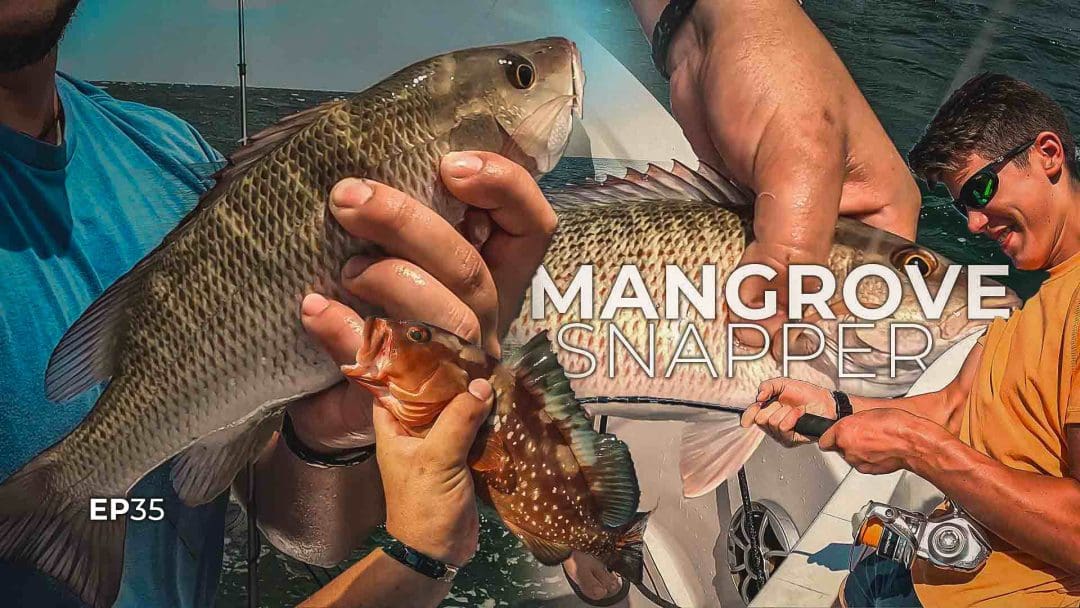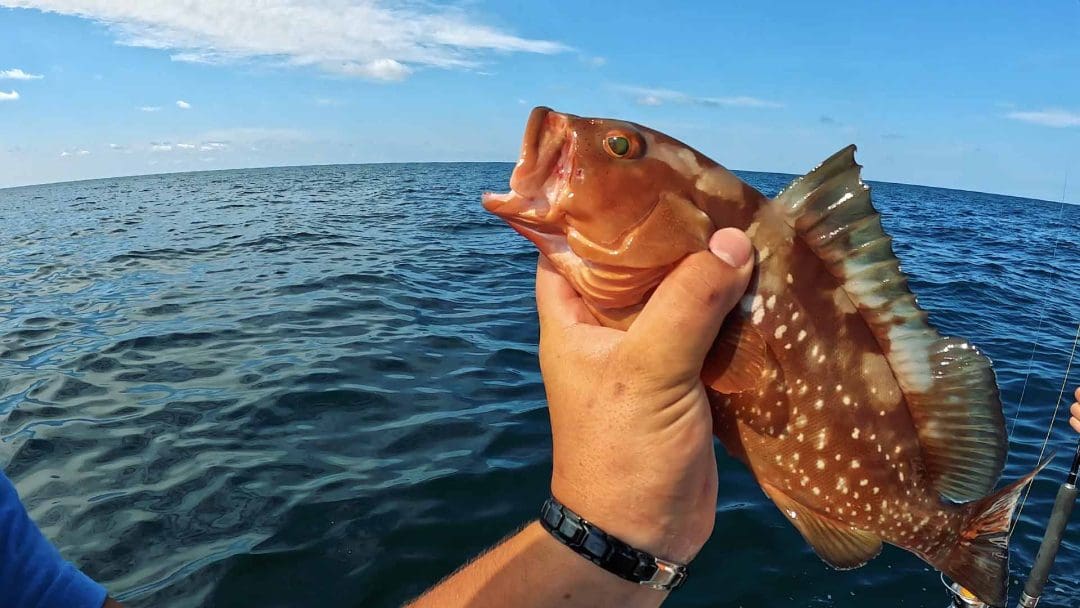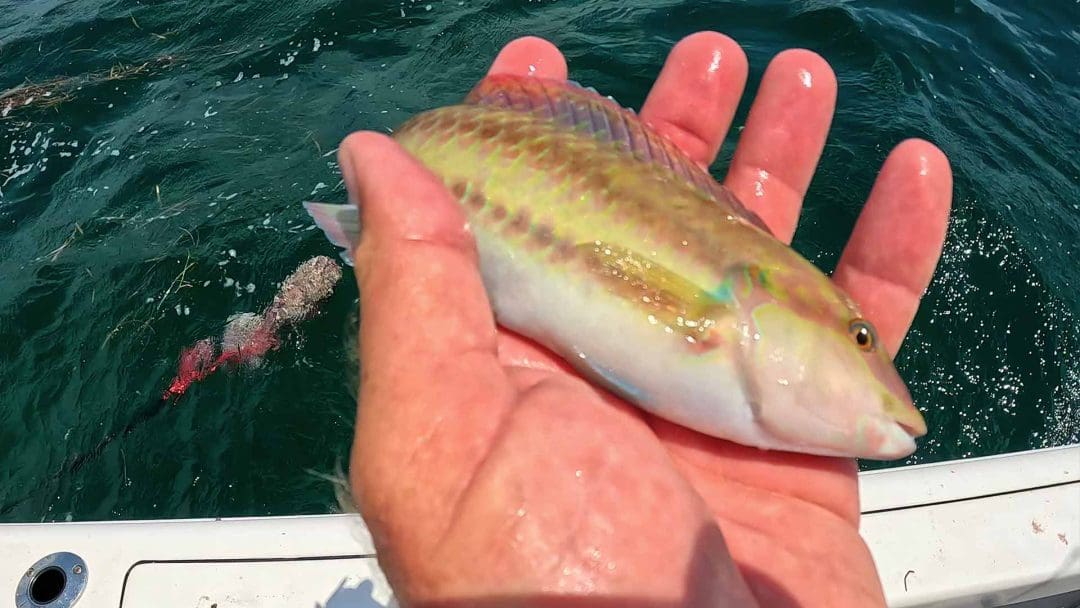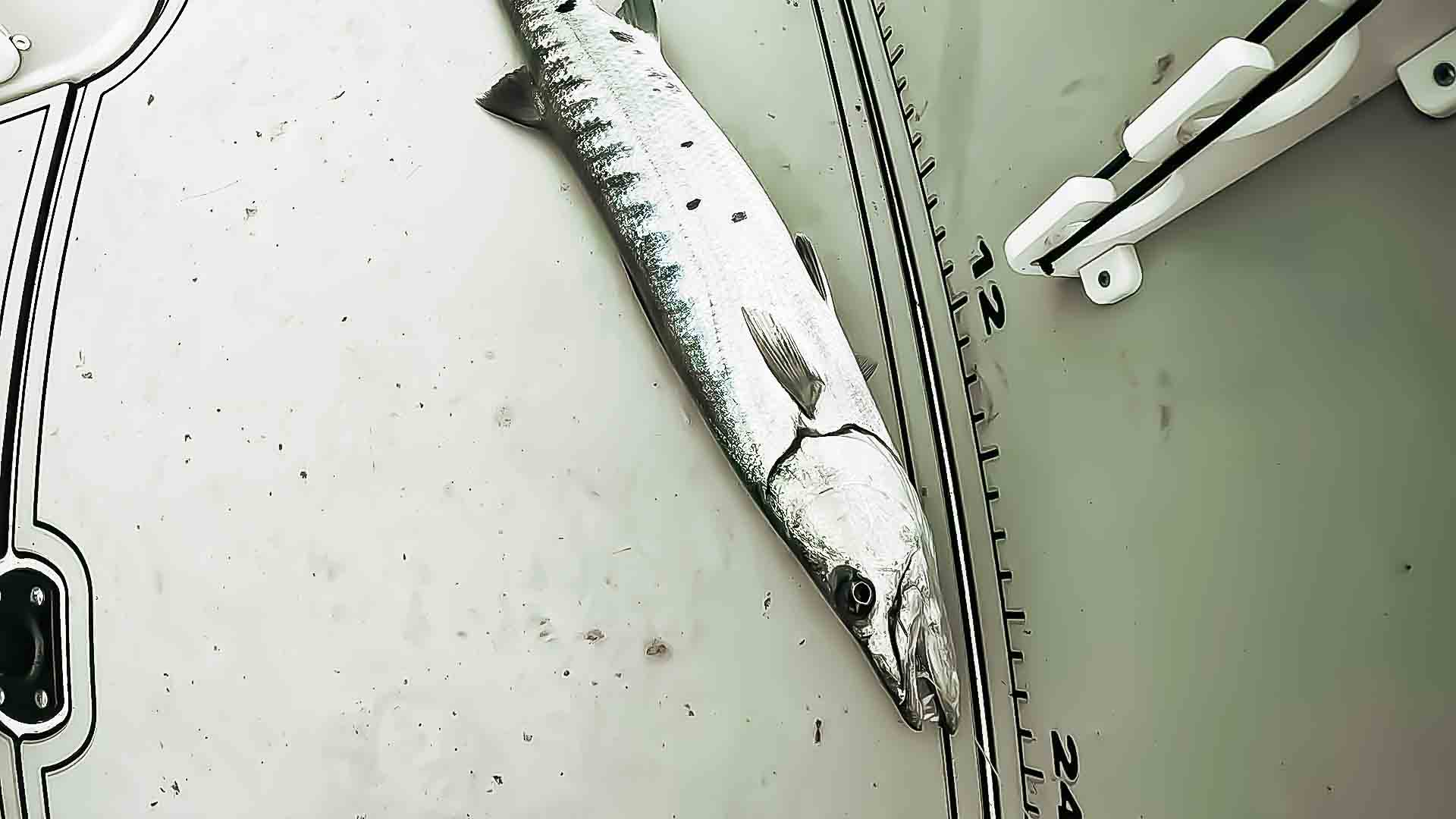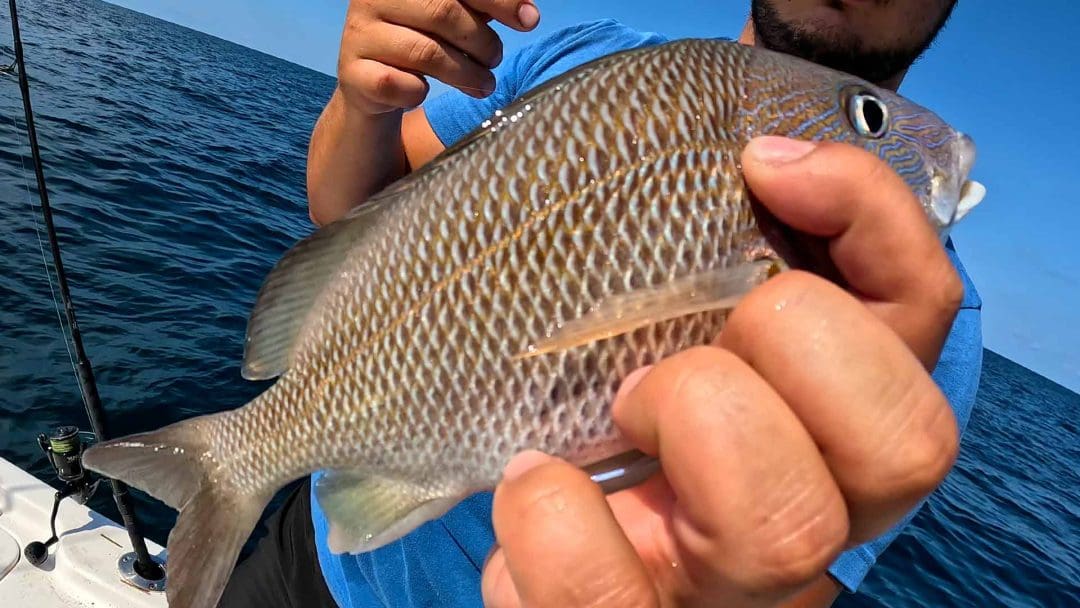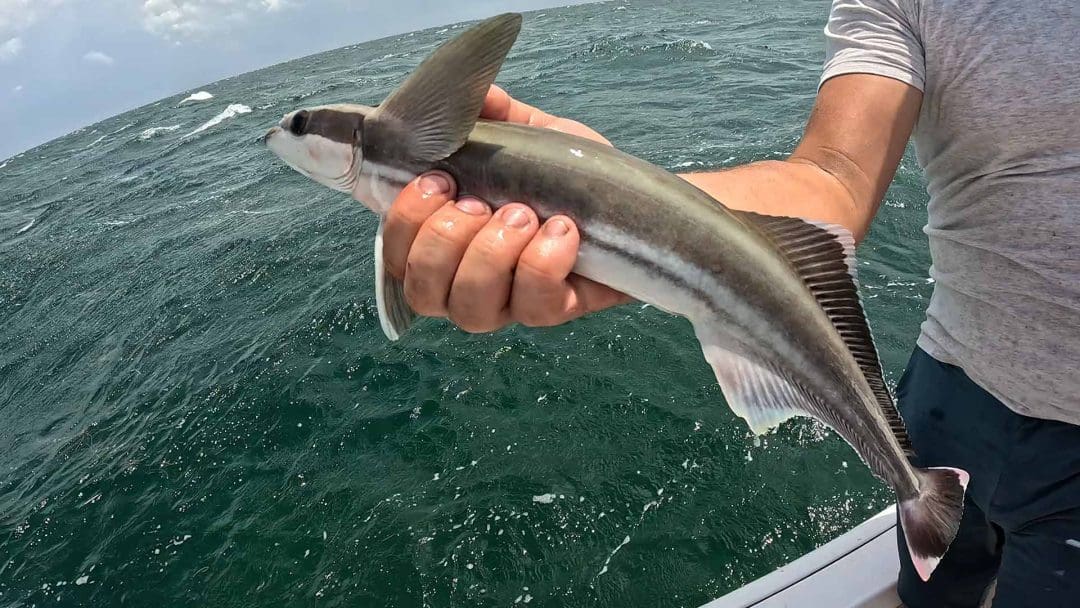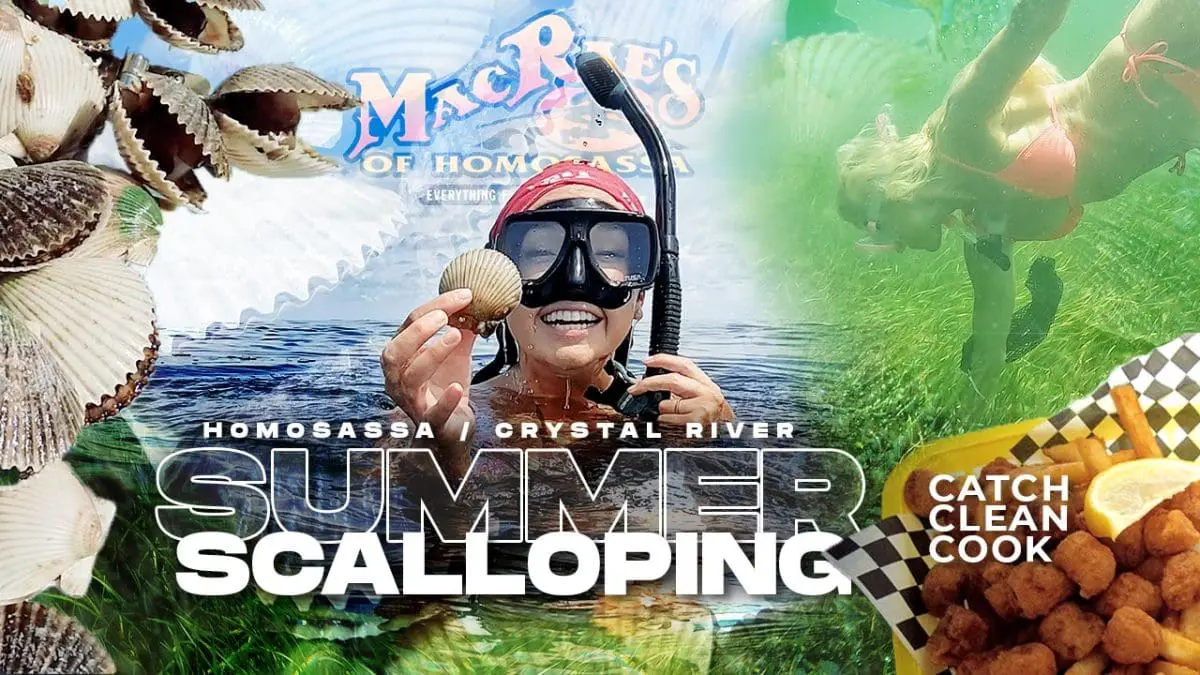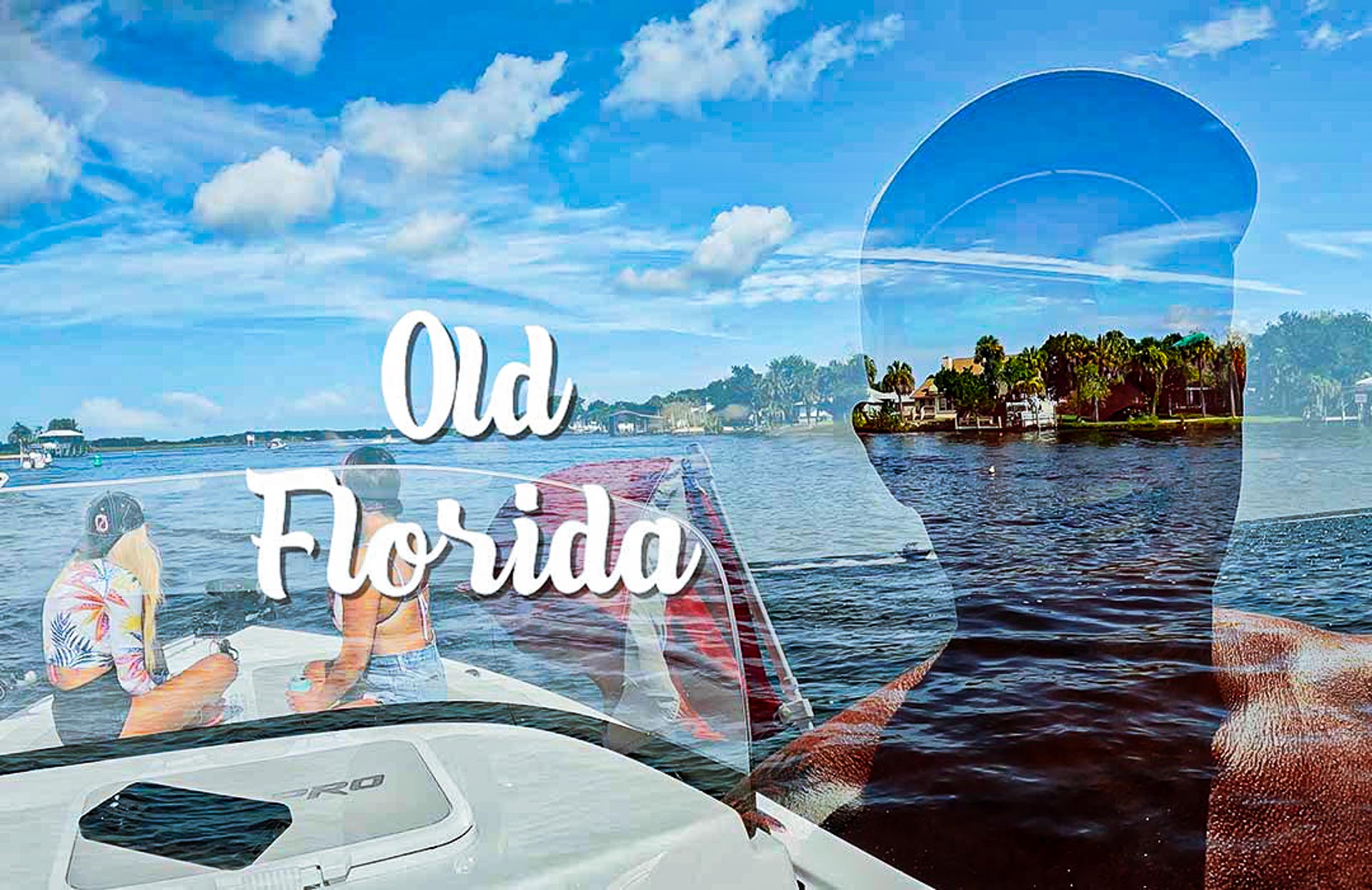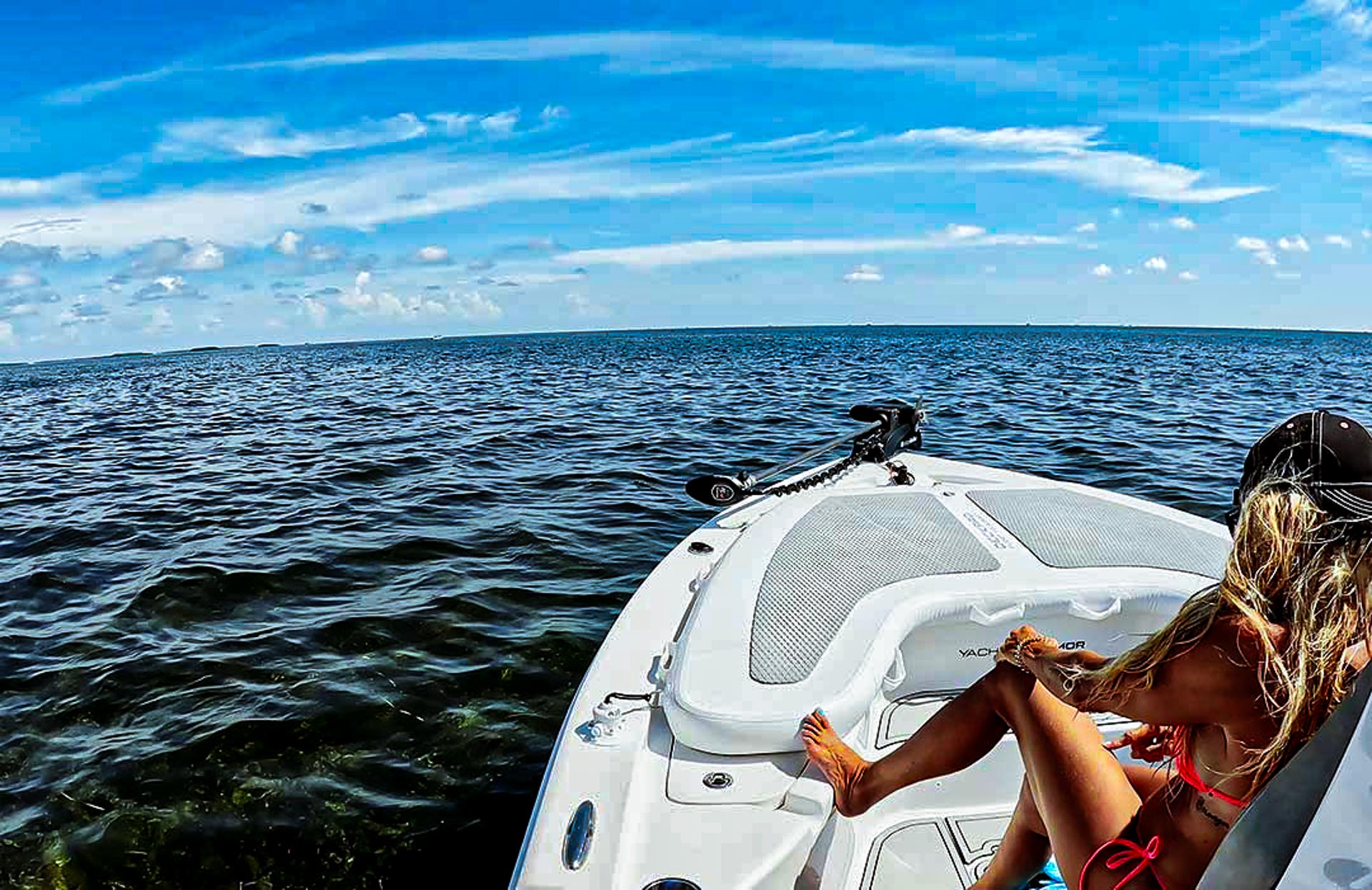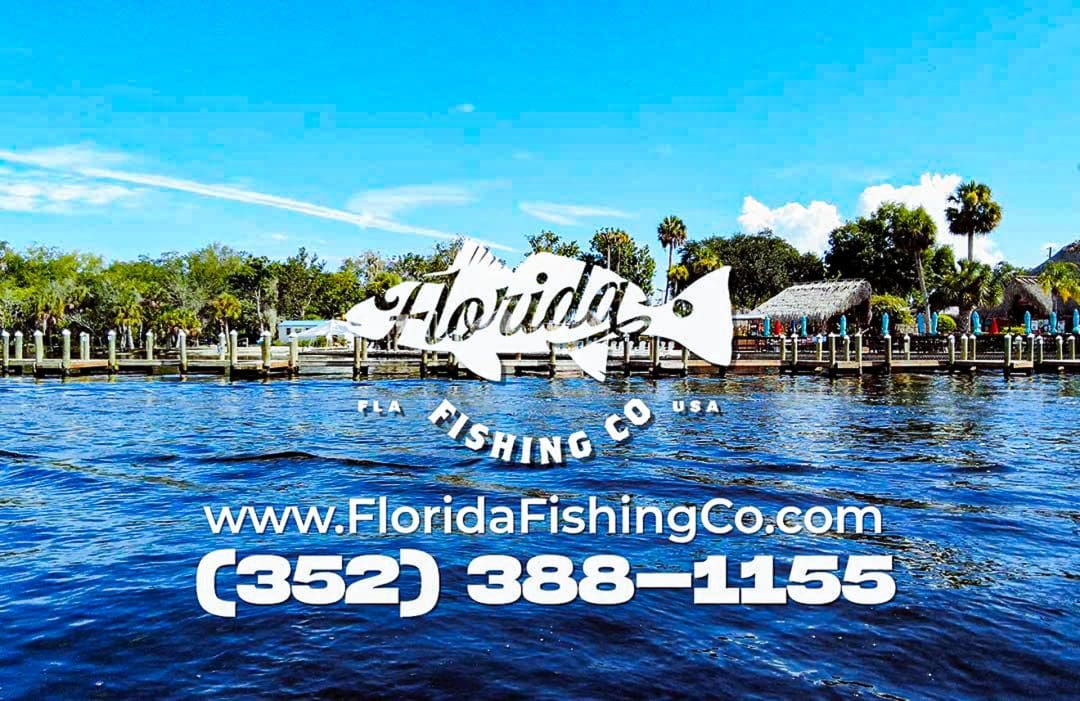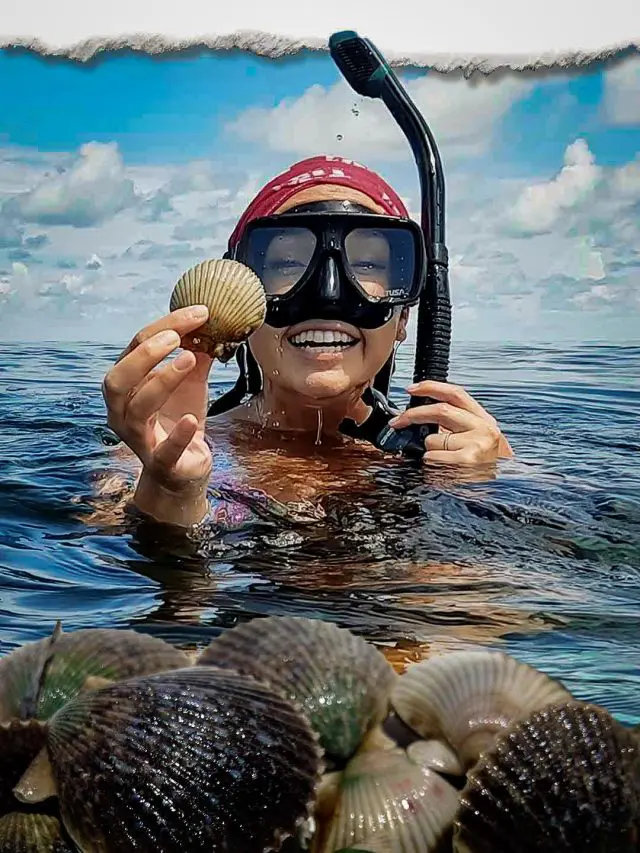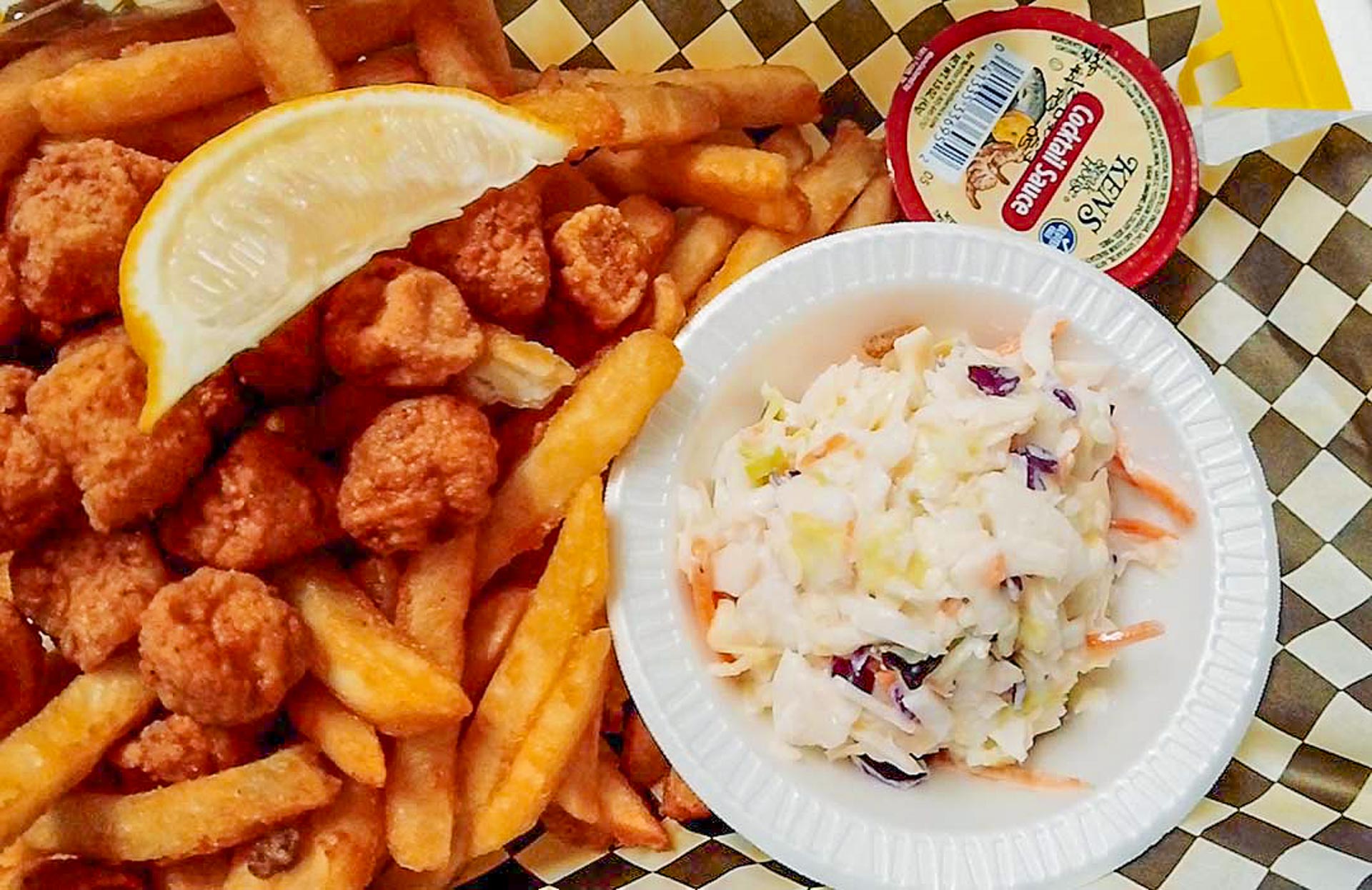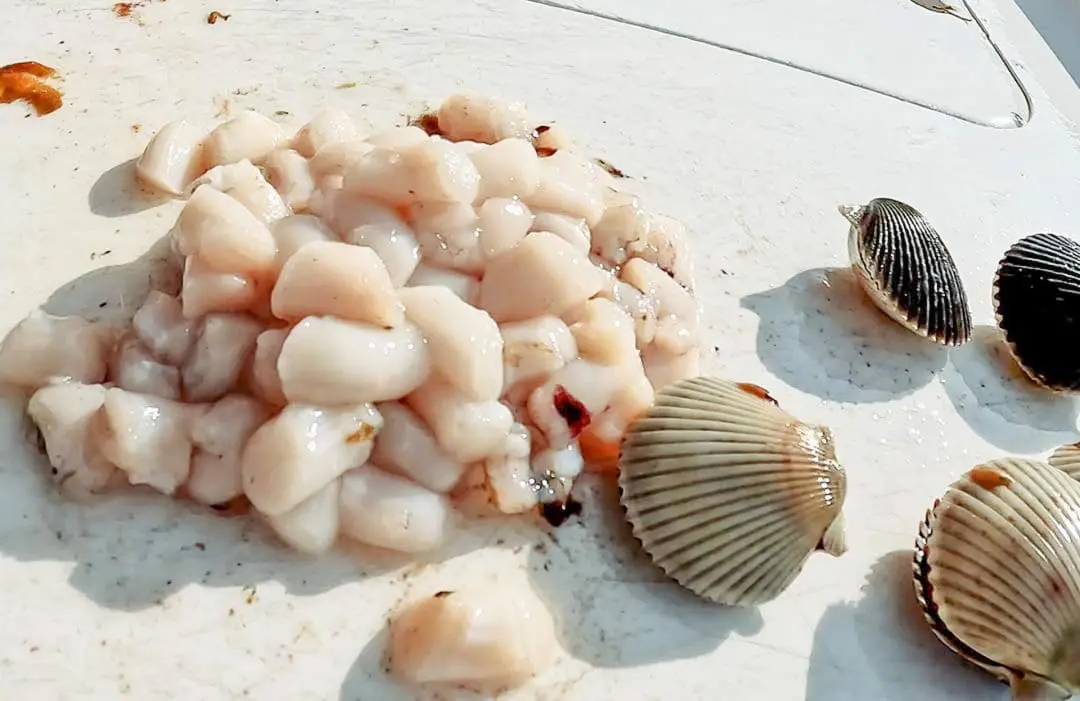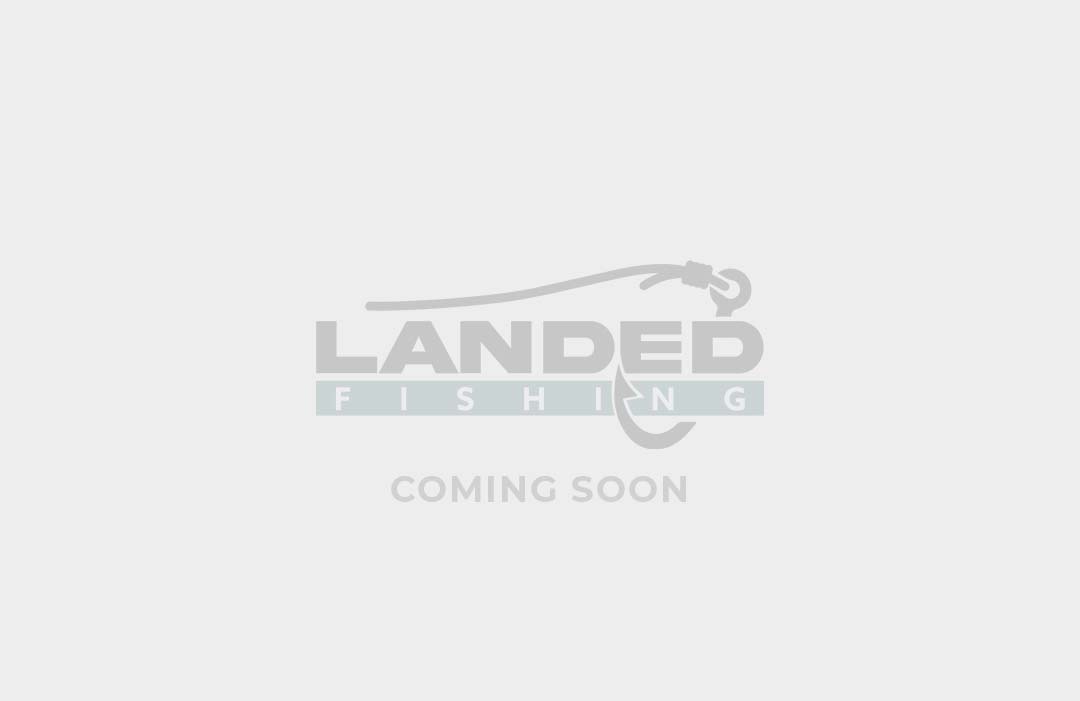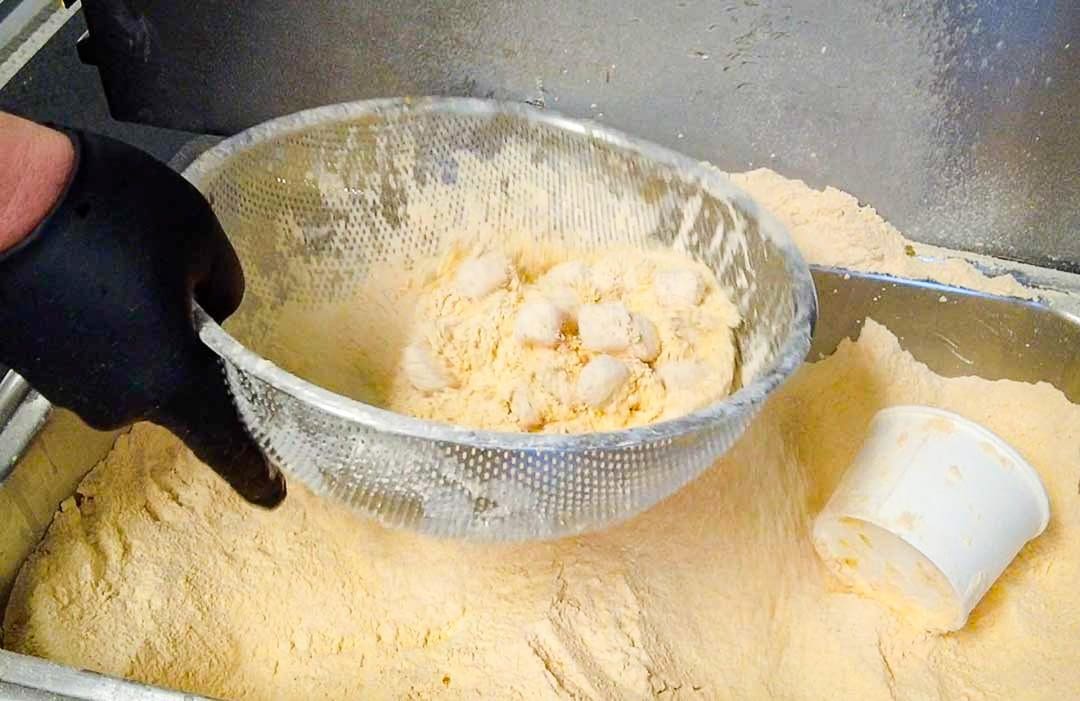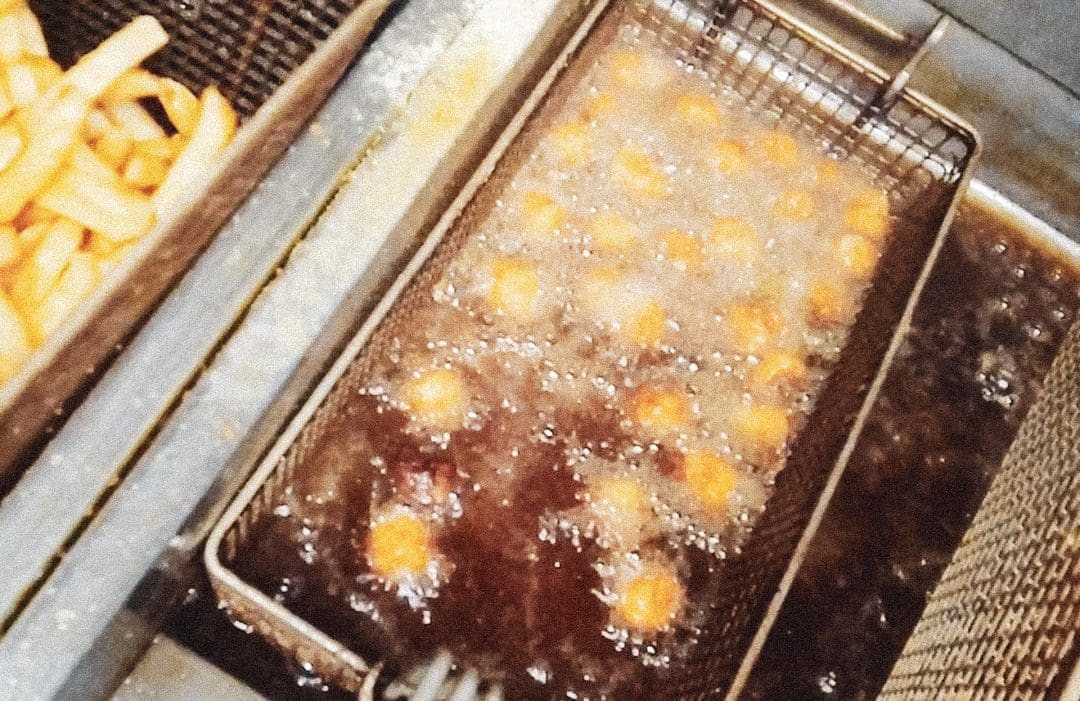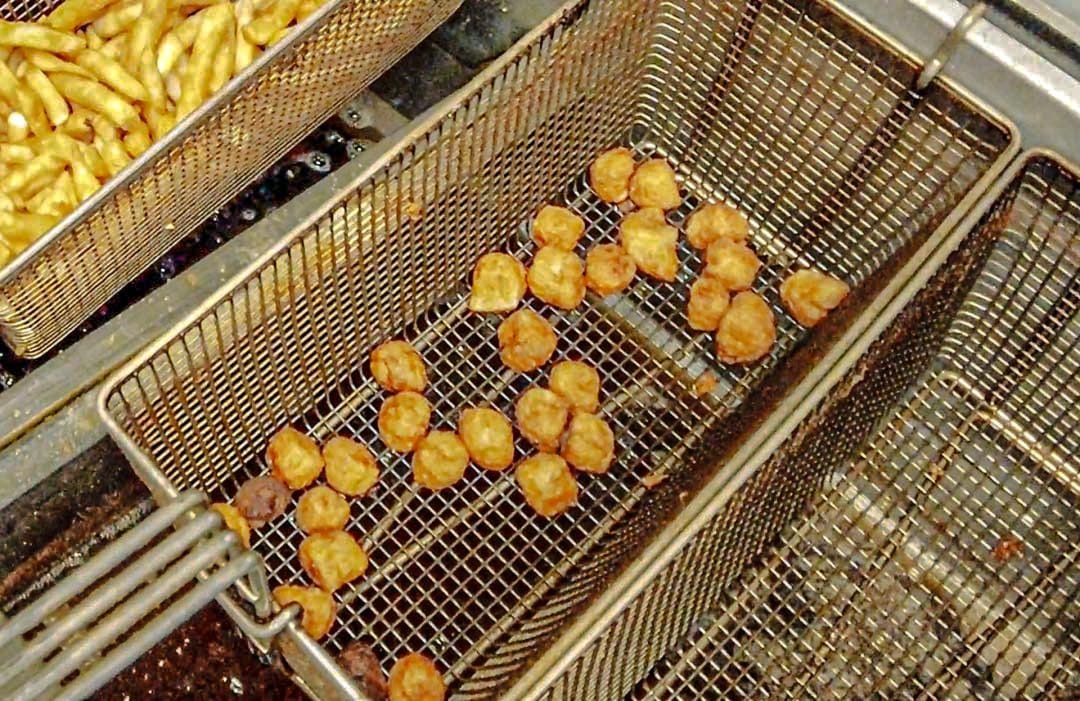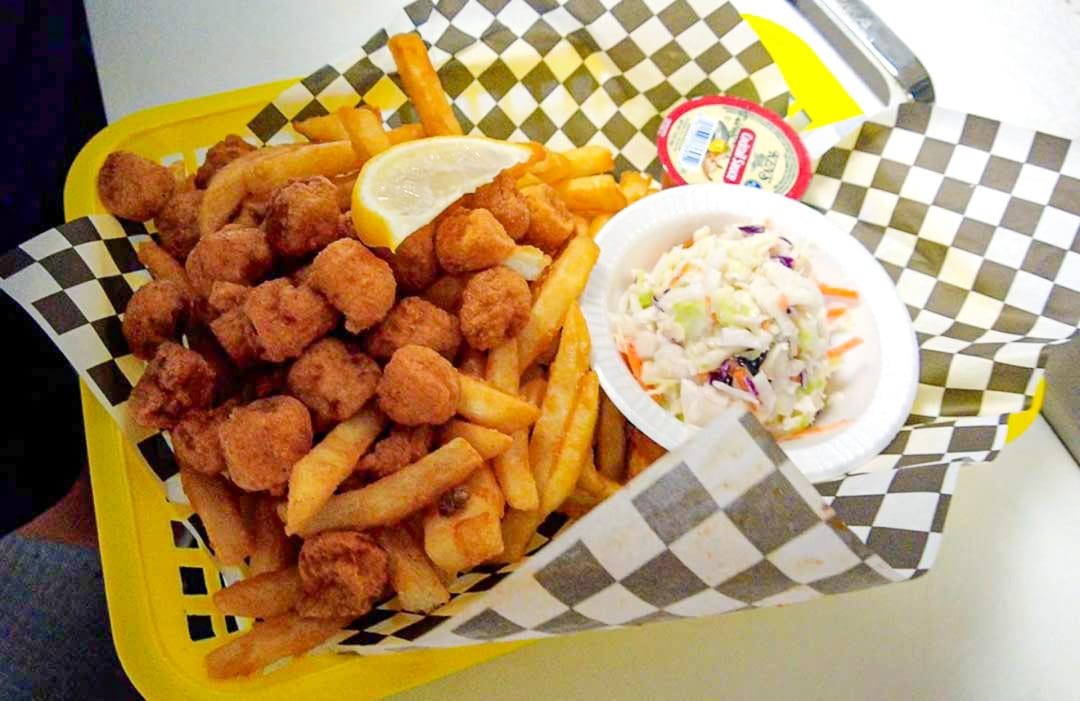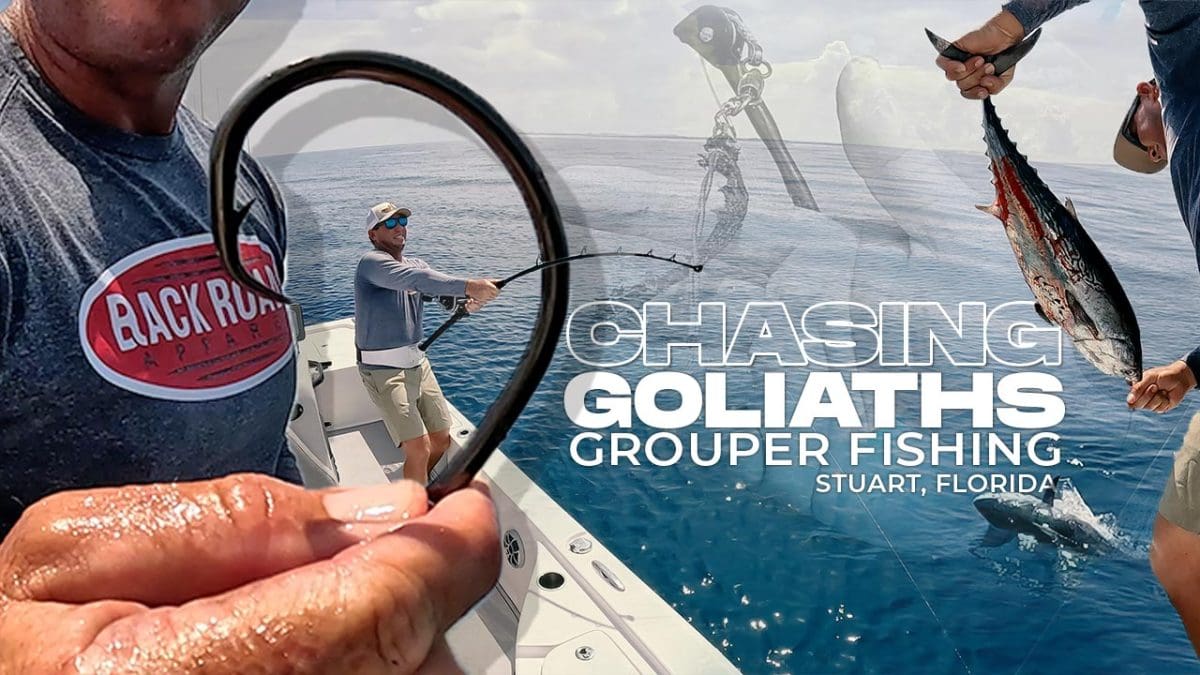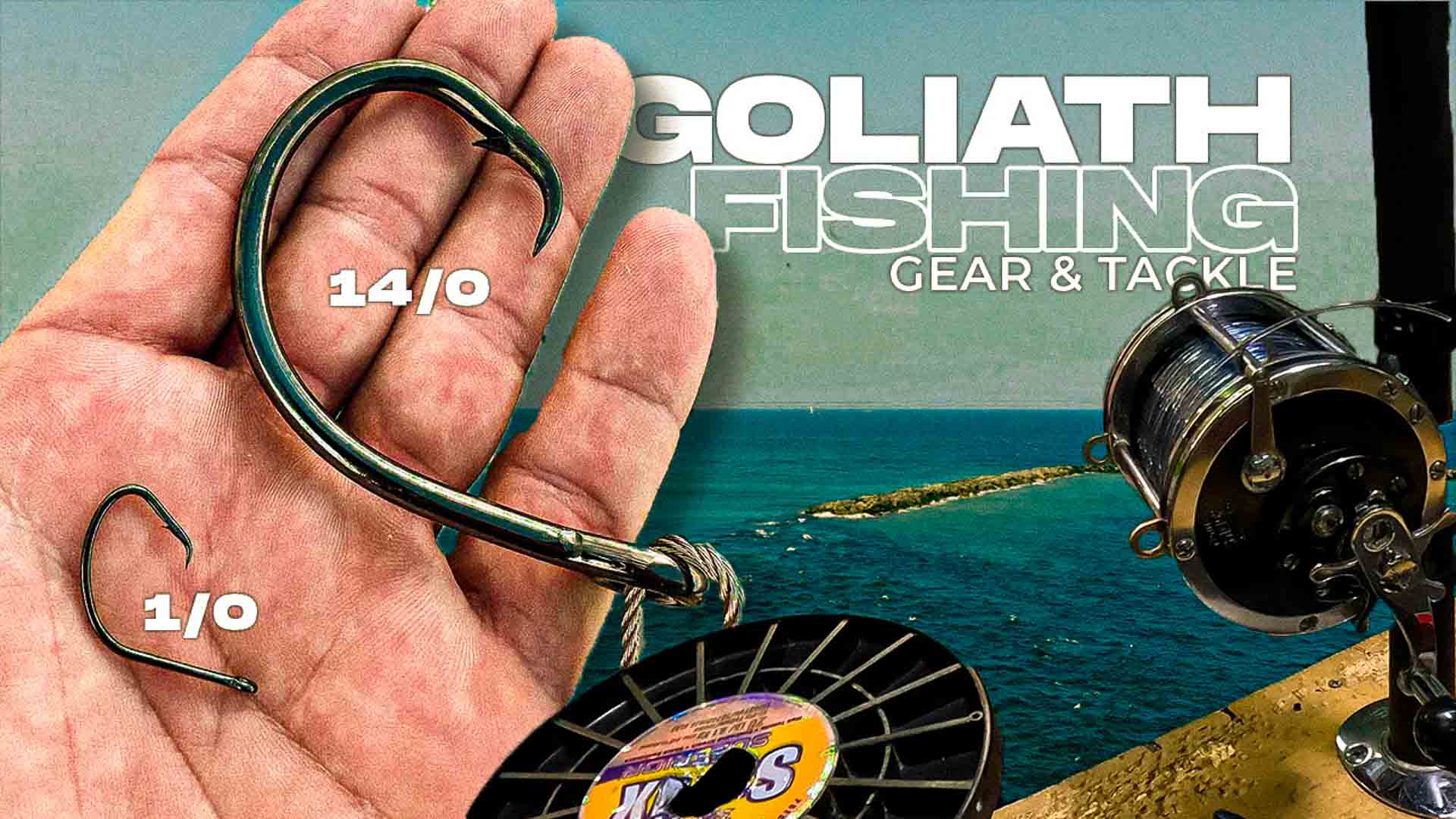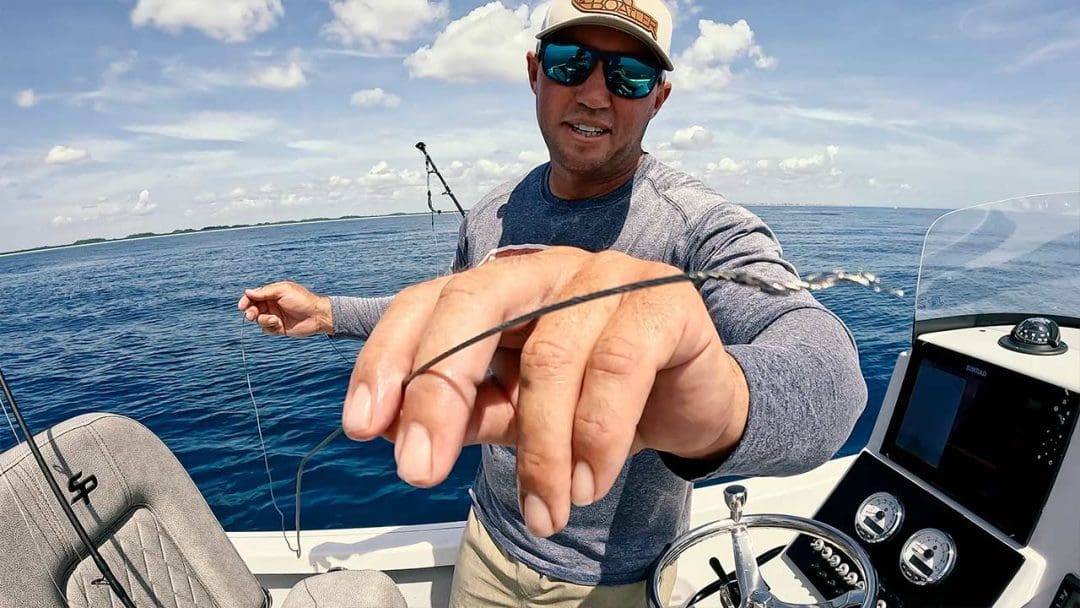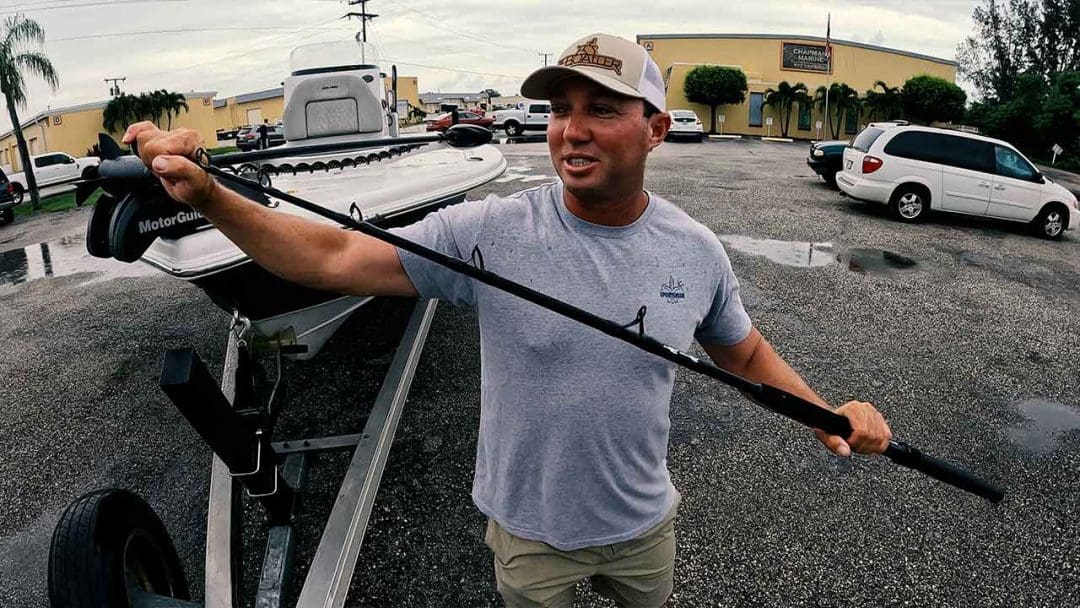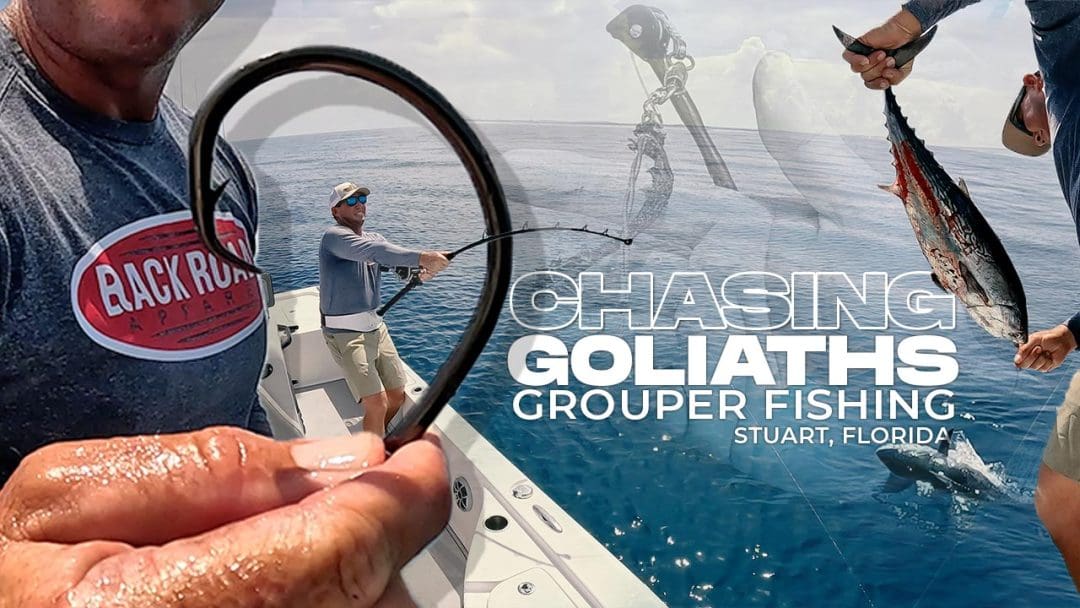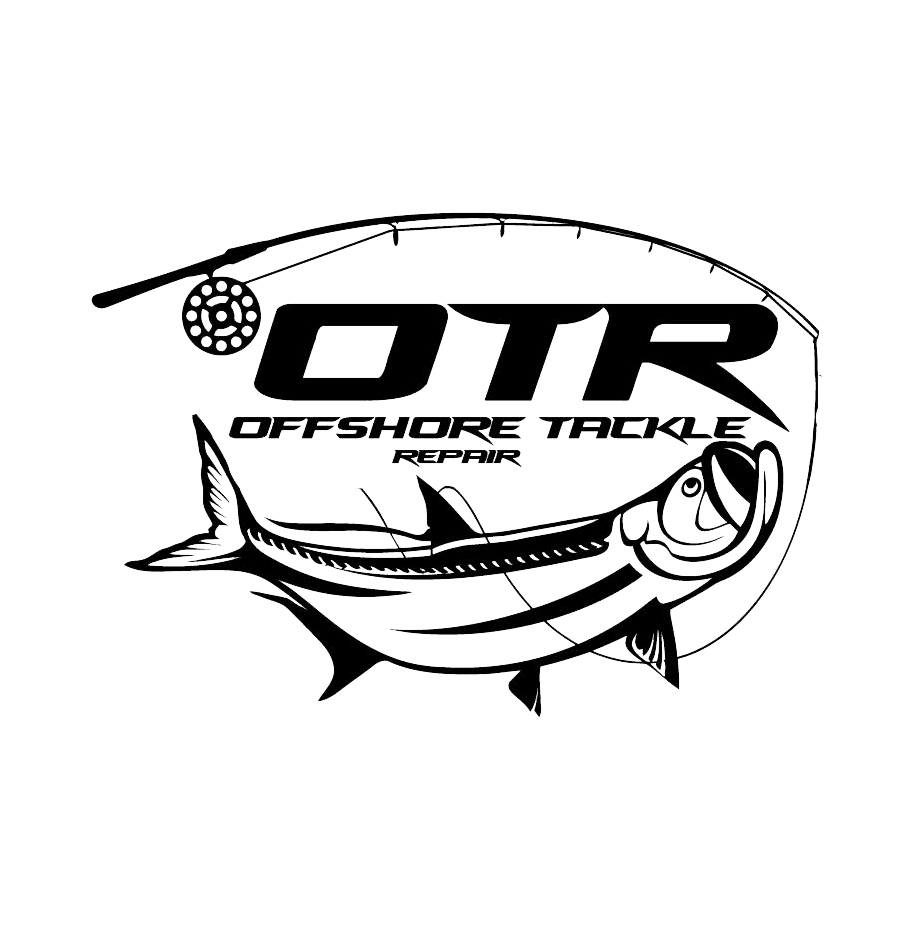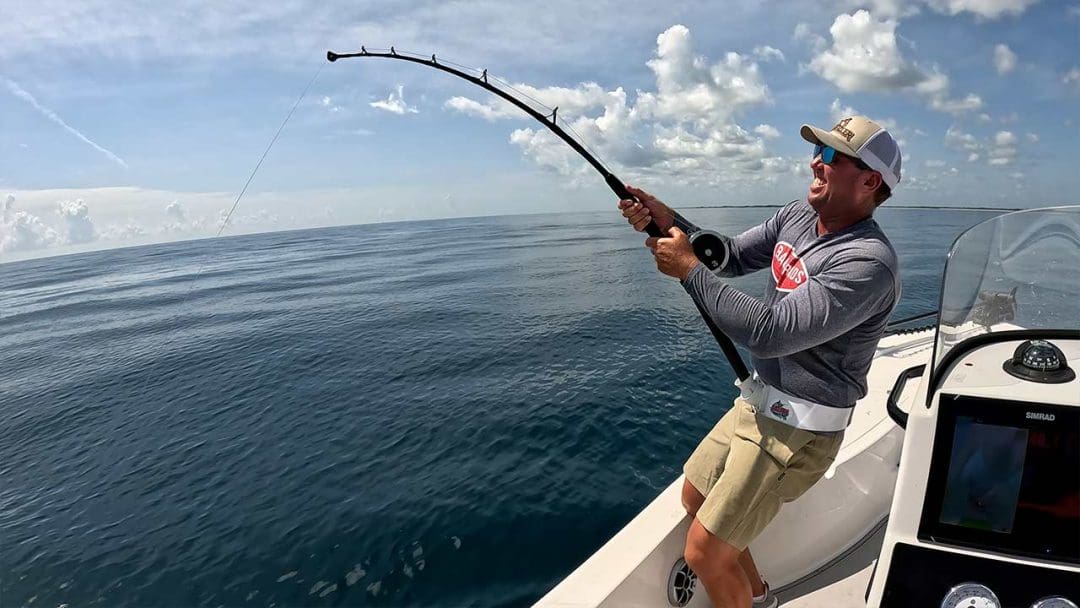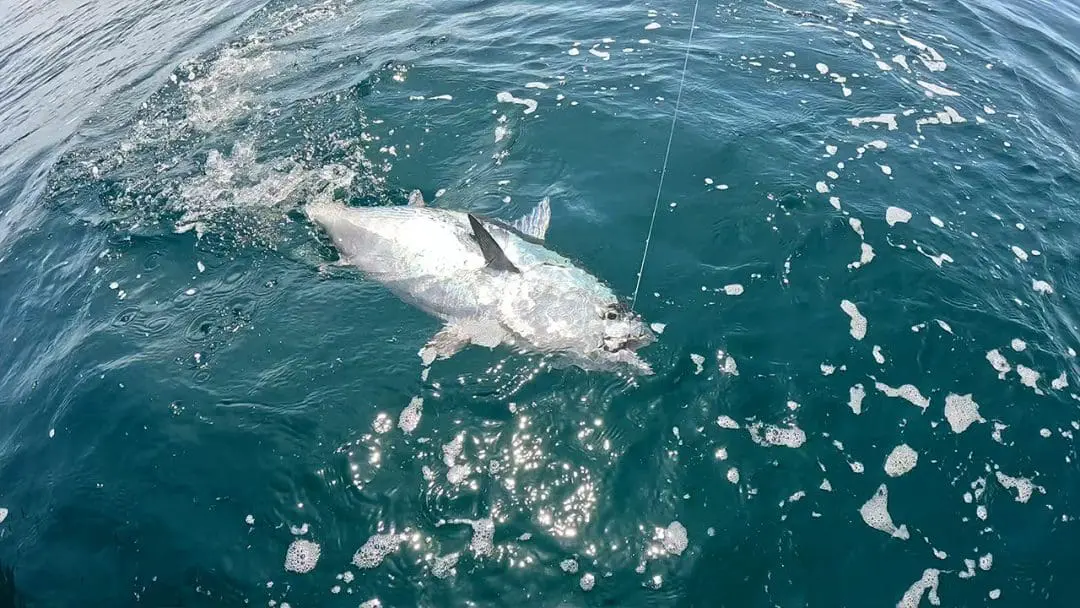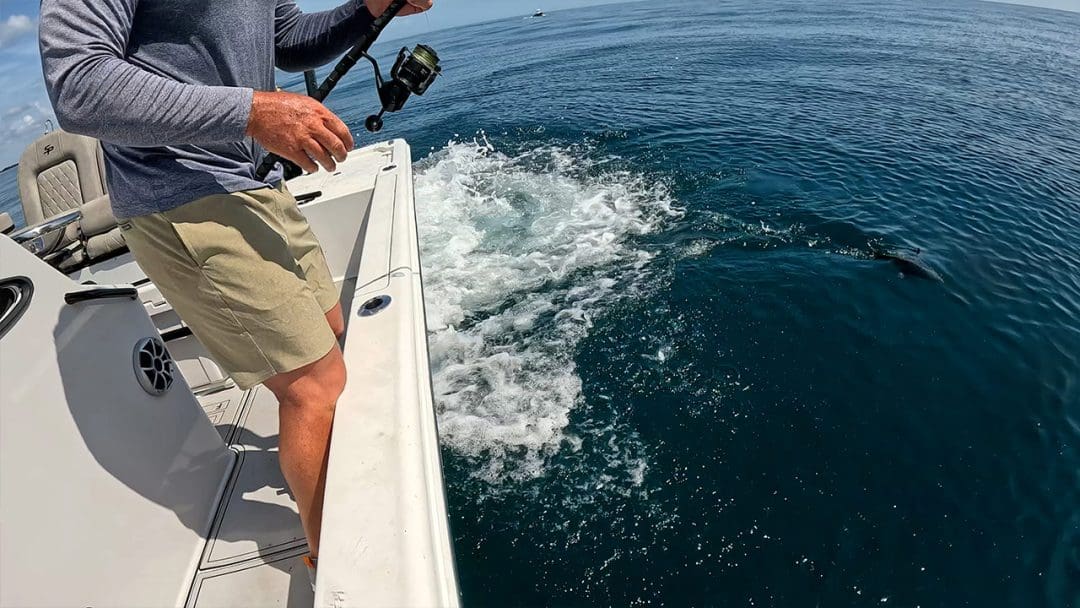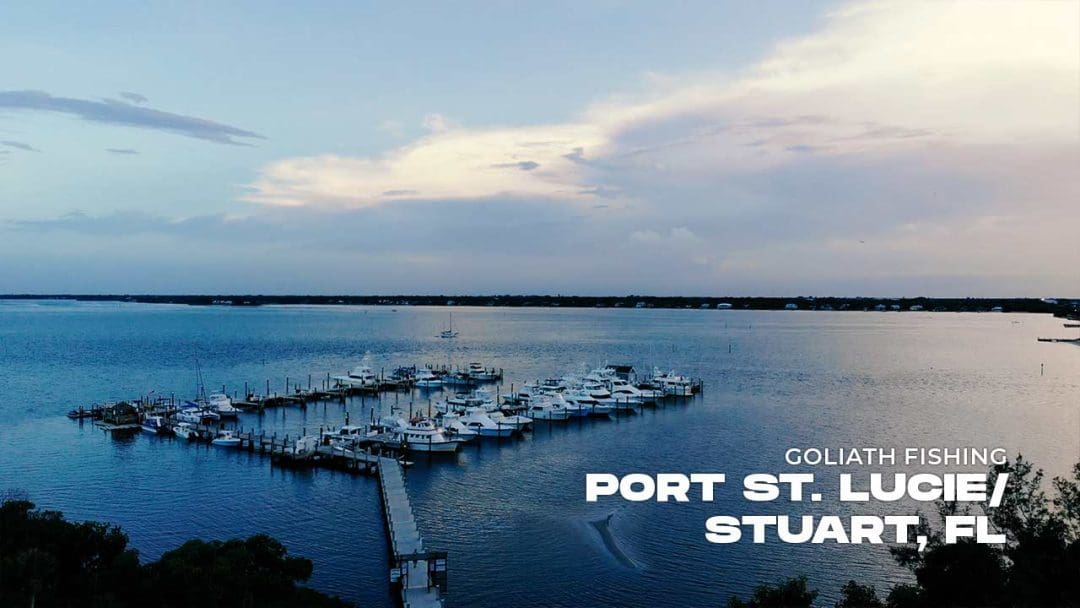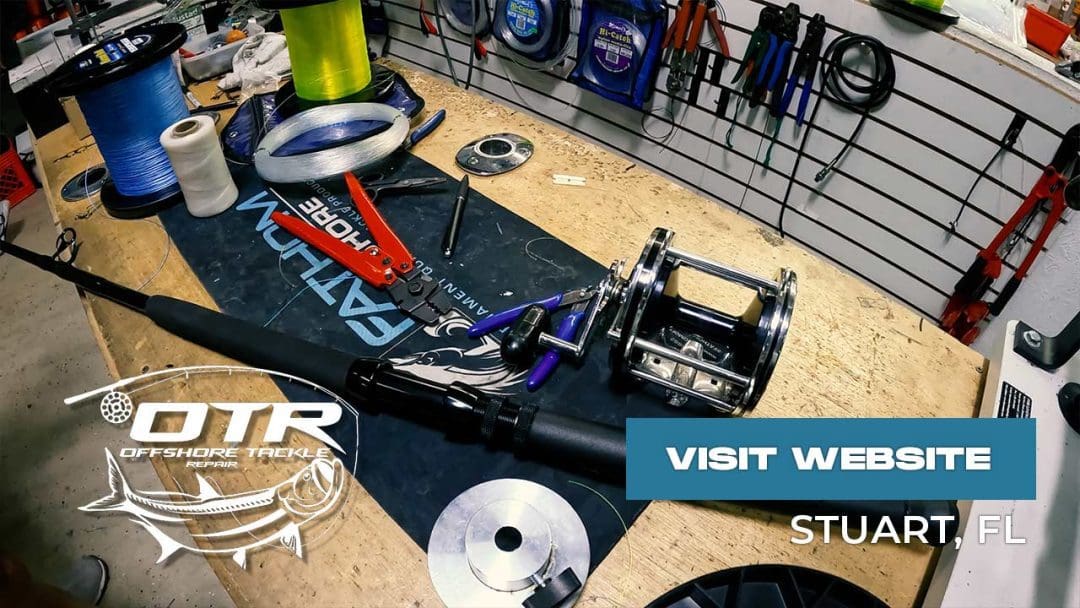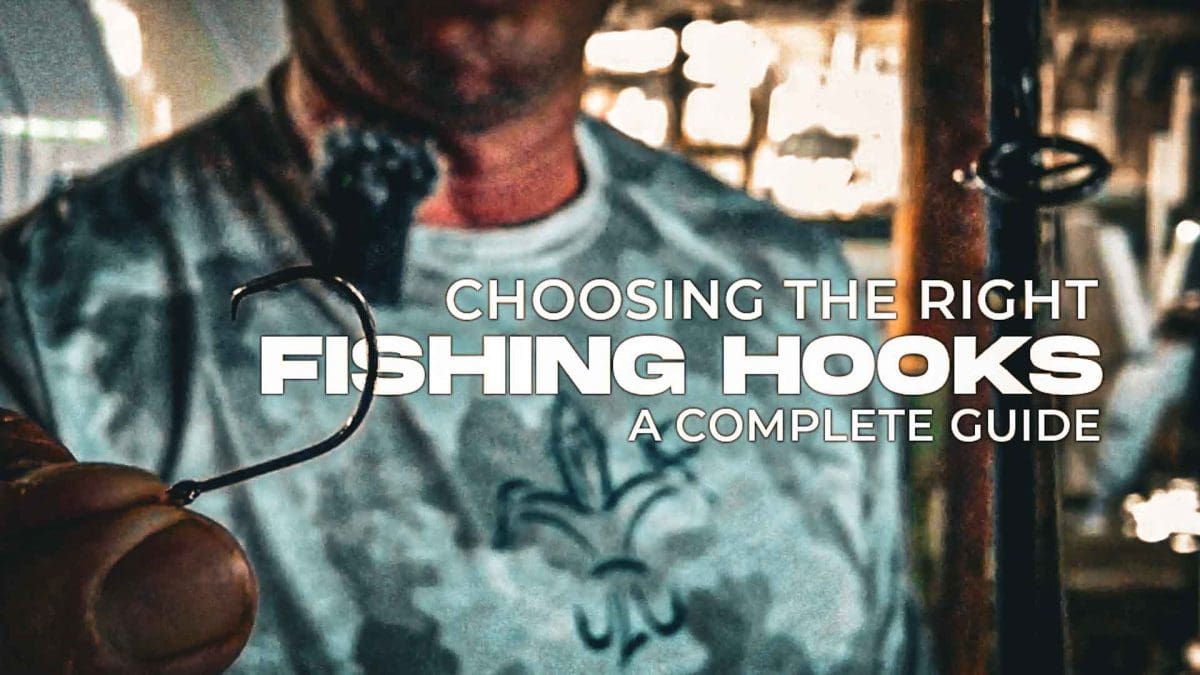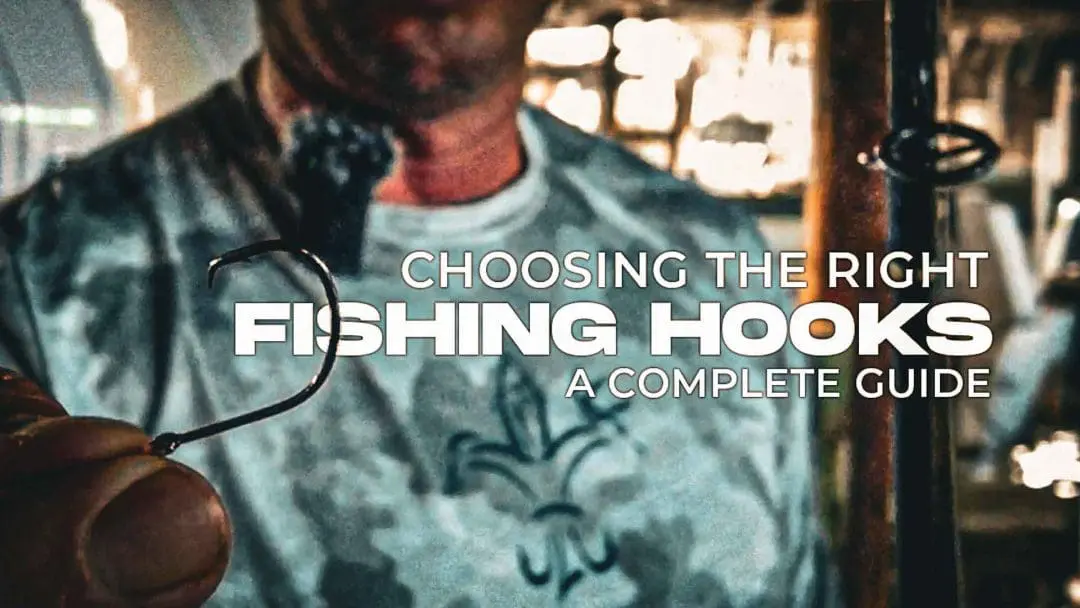Best Red Snapper Fishing Rigs
Red Snapper Rig Setup
One of the keys to successfully catching Red Snapper lies in choosing the right fishing rig for them.
Let’s explore a few popular rigs used for red snapper fishing, helping you make an informed decision for your next trip out on the water.
A fishing rig, in simple terms, is how you arrange your bait, hooks, sinkers, and other tackle on your fishing line.
Why Specific Rigs for Red Snapper?
Red snapper habitats, behavior, and feeding patterns dictate the need for specific rig setups. They typically reside in deep waters, around reefs, wrecks, and other structures, so your rig needs to handle these conditions.
Red Snapper are both curious and wary, so presenting bait in a natural manner is essential for attracting bites without scaring the fish away.
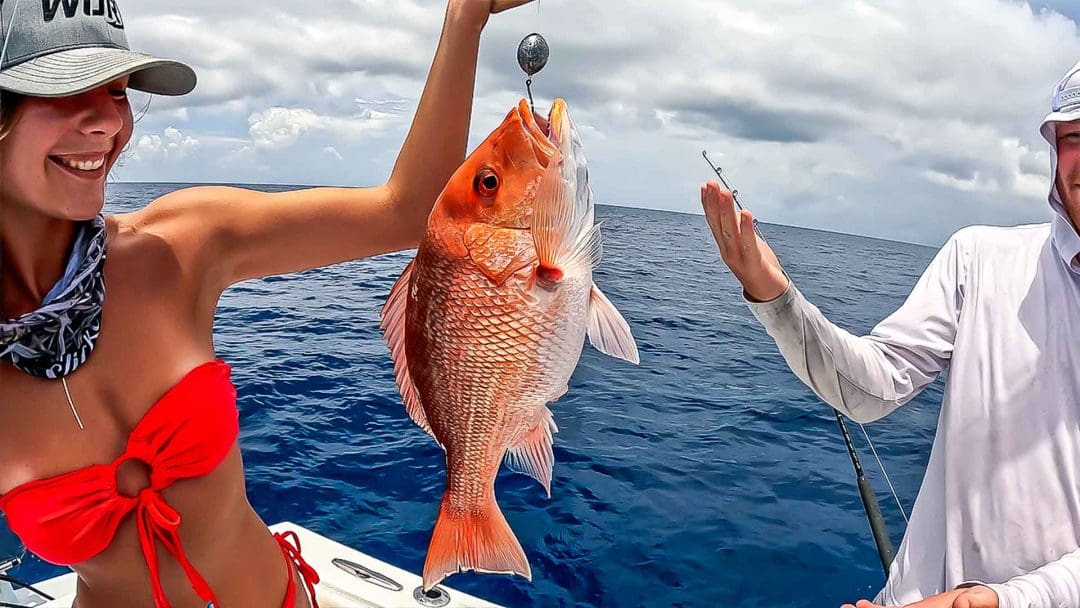
Effective Red Snapper Fishing Rigs
Vertical Jigging Red Snapper
Go-To Technique: Vertical jigging is a highly effective method when targeting Red Snapper.
This technique involves dropping a jig to the bottom and retrieving it with an aggressive, erratic motion that mimics injured baitfish, triggering the predatory instincts of the Red Snapper.
Bottom Fishing Red Snapper
Tried and True Approach: Bottom fishing is a classic approach for Red Snapper. Position your bait near the seafloor in areas with a lot of structures, like reefs or wrecks.
The use of a fish finder can greatly assist in identifying key spots where these fish congregate.
Red Snapper Fishing: Pro Tips and Techniques
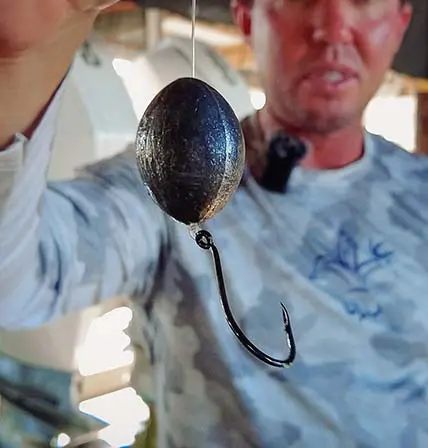
Rigging Tip:
Use a Knocker Rig
Knocker rigs are highly effective for bottom fishing as they allow the bait to be presented close to the structure where red snapper reside.
This rig allows the bait to move naturally get the bait into the strike zone faster.
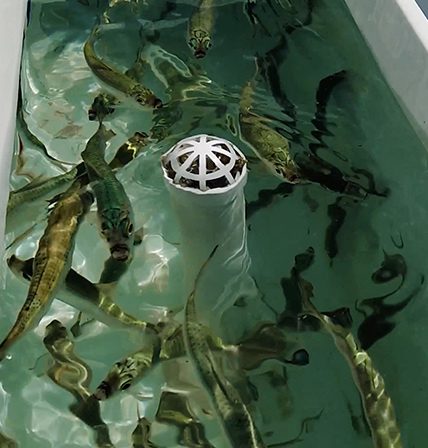
Bait Tip:
Choosing Fresh or Live Bait
Red snapper are often enticed by fresh or live bait. Squid, shrimp, and cut bait like mullet or cigar minnows are excellent choices. For live bait, consider using pinfish, grunts, or croakers.
Hook the bait through the lips or near the tail to maintain its natural swimming action.
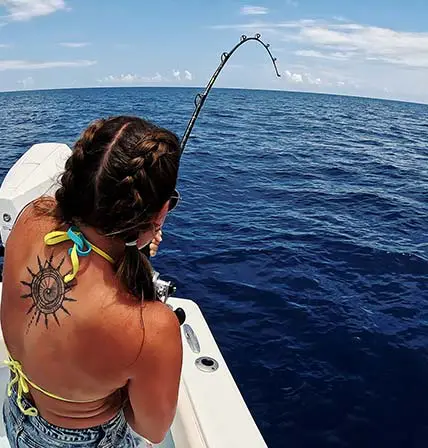
Technique Tip:
Bottom Fishing with Patience
Red snapper tend to stay close to the bottom structure, so bottom fishing is a common technique. Once you’ve located a promising area near reefs, wrecks, or artificial structures, drop your bait to the bottom and maintain a tight line.
Be patient and allow the snapper time to find and bite the bait before setting the hook.
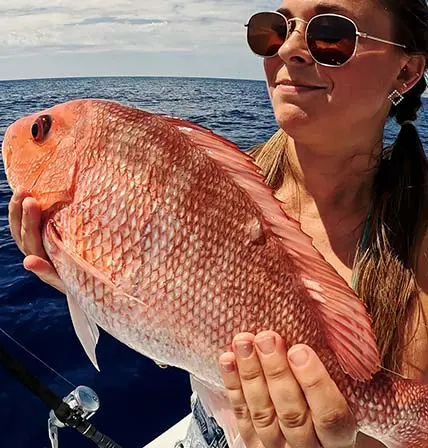
Technique Tip:
Chumming to Attract Red Snapper
Chumming can be an effective technique to attract red snapper to your fishing spot. Use a chum bag or bucket filled with cut bait, fish parts, or commercially available chum.
Hang it over the side of your boat to release a steady stream of scent and small food particles, enticing snapper to gather around your fishing area.
Red Snapper Rig Setup
One of the keys to successfully catching Red Snapper lies in choosing the right fishing rig for them.
Let’s explore a few popular rigs used for red snapper fishing, helping you make an informed decision for your next trip out on the water.
A fishing rig, in simple terms, is how you arrange your bait, hooks, sinkers, and other tackle on your fishing line.
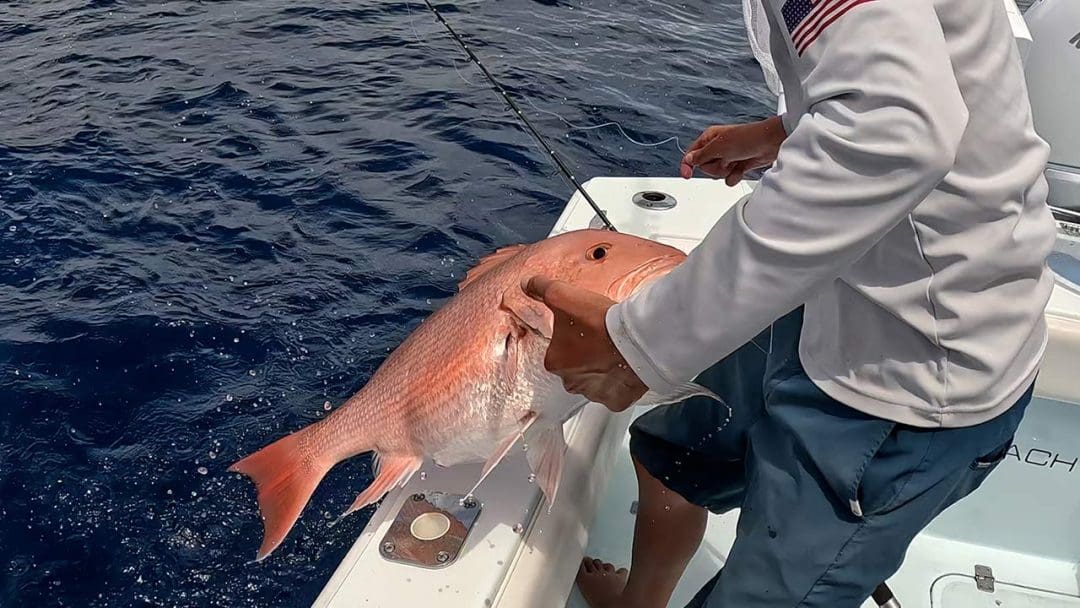
Setting Up a Knocker Rig for Fishing Red Snapper
Setting up a knocker rig for fishing red snapper is a popular and effective technique. Here’s a step-by-step guide to help you set up your knocker rig:
1. Gather your equipment:
You’ll need a fishing rod and reel, a knocker rig setup, a circle hook, a barrel swivel, a leader line, a weight (usually an egg sinker), and appropriate bait for red snapper.
2. Attach the leader line:
Take your leader line (usually fluorocarbon) and tie it to the eye of the circle hook using a strong and reliable knot such as a Palomar knot or an improved clinch knot.
3. Slide on the weight:
Slide the egg sinker onto the main fishing line. The size of the sinker will depend on the depth of the water and the strength of the current. A general rule of thumb is to use a weight between 1 to 4 ounces for red snapper fishing.
4. Tie the barrel swivel:
Tie the barrel swivel to the end of the main fishing line using a strong knot, such as a Palomar knot or an improved clinch knot. The barrel swivel acts as a connection point between the main line and the leader line.
5. Attach the leader to the swivel:
Take the other end of the leader line (the one with the circle hook) and tie it to the open end of the barrel swivel using a strong knot.
6. Adjust the leader length:
The length of the leader line can vary, but a common recommendation for red snapper fishing is between 18 to 36 inches. Adjust the length based on your preference and the fishing conditions.
7. Attach bait:
Thread your chosen bait (such as cut bait, squid, or live baitfish) onto the circle hook, ensuring it is securely attached. Make sure the hook point is exposed and ready to catch the fish.
8. Check the setup:
Double-check all the connections and knots to ensure they are secure. Give the rig a few test swings to ensure it casts smoothly and that the weight and bait stay in place.
Popular bait options for red snapper include live or cut squid, shrimp, and mullet.
Red snapper fishing offers an exciting and rewarding experience for anglers looking to catch this prized species.
Before heading out, it’s essential to familiarize yourself with local fishing regulations, as seasons, bag limits, and size restrictions may vary.
When it comes to gear, medium to heavy fishing rods and reels with a line strength of 20 to 40 pounds are recommended.
Targeting areas such as reefs, ledges, wrecks, and artificial structures increases your chances of finding red snapper.
Responsible angling is key to conserving the red snapper population.
Practice catch and release when appropriate, handle fish with care, and respect size and bag limits to ensure the long-term sustainability of this valuable fishery.
Red Snapper Locations in the Gulf of Mexico
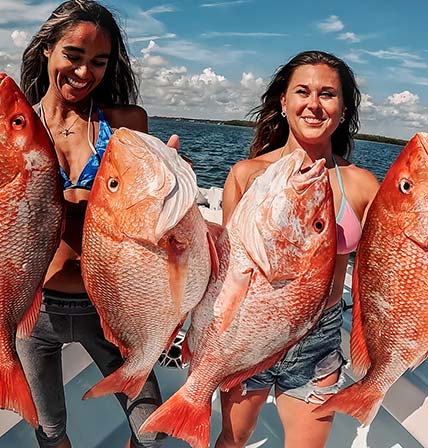
Where are Red Snapper caught:
Red snapper are commonly found near various structures in the Gulf of Mexico. They are frequently associated with natural reefs, artificial reefs, oil rigs, shipwrecks, and other underwater structures.
These locations provide shelter and attract baitfish, making them ideal habitats for red snapper. Some well-known areas for red snapper fishing in the Gulf of Mexico include the Gulfstream Pipeline, Flower Garden Banks, the Texas coast, the Mississippi Sound, and the Louisiana offshore oil rigs.
More Red Snapper Fishing
Gasparilla Florida Fishing Grand Slam Snook Redfish Trout
Fishing for Snook Anna Maria Island Florida
Anna Maria Island Snook Fishing
Nestled on the west coast of Florida, Anna Maria Island is a paradise for fishing enthusiasts, offering an ecosystem teeming saltwater fish.
Watch Video: Catching Snook Anna Maria Florida
Fishing Anna Maria Island for Snook
Of the many fish species found around coastal Florida, the Snook stands out as a true prize. With its sleek silhouette and challenging nature, the Snook attracts anglers from all corners of the world to the waters of Florida’s Gulf coast.
Tips for Catching Snook in Anna Maria Florida
Catching snook in Anna Maria, Florida, is a popular activity for both novice and experienced anglers. Key tips include fishing during the early morning or late evening hours when snook are most active, focusing on areas near structures like docks, mangroves, and seawalls where snook like to hide, and using live bait such as shrimp, pinfish, or mullet for the best results.
It’s also important to pay attention when fishing to the tides, as moving water often brings snook out to feed. Using a strong leader (20lb-60lb Fluorocarbon) to prevent break-offs.
- Fish during dawn and dusk: Snook are more active and likely to bite during these times.
- Target structures: Look for snook around docks, mangroves, and seawalls.
- Use live bait: Shrimp, pinfish, and mullet are highly effective.
- Monitor the tide: Snook feeding activity increases with moving water.
- Use strong leader: To prevent break-offs from the snook’s sharp gill plates.
- Stay informed on regulations: Be aware of size and bag limits for snook.
The Allure of the Snook
Snook, scientifically known as Centropomus undecimalis, is recognized by its pronounced lateral line, a silvery-green hue, and the ability to put up a memorable fight. It’s no wonder that snook fishing has become a rite of passage for those visiting Anna Maria Island.
Best Times to Fish Anna Maria
Fishing in Anna Maria, Florida, offers year-round opportunities, but the best times to fish can vary depending on the species you’re targeting and local weather patterns.
Generally, the spring months of March through May are excellent for tarpon, snook, and redfish, capitalizing on their spawning seasons when they are more active and abundant.
The summer months, especially early morning or late evening to avoid the heat, are ideal for offshore fishing, targeting species like grouper and snapper.
Fall Fishing brings cooler temperatures and less crowded waters, making it a great time for a variety of inshore species. Winter can be productive for sheepshead and black drum, especially around piers and structure.
Always consider the tidal movements and lunar phases, as they significantly affect fish activity, with high tides and full moons often leading to the best catches.
- Spring (March-May): Prime time for tarpon, snook, and redfish.
- Summer (June-August): Best for offshore fishing early in the morning or late in the evening.
- Fall (September-November): Cooler temperatures make for comfortable inshore fishing for a variety of species.
- Winter (December-February): Good for sheepshead and black drum around structures.
- Tidal movements and lunar phases: High tides and full moons can increase fish activity.
Best Seasons for Snook Fishing around Anna Maria Island
Snook fishing is largely influenced by the seasons. The prime time to target these elusive creatures is during the warmer months, particularly:
Spring (March to May):
As the waters warm up, Snook move from their winter hideouts, becoming more active and feeding aggressively.
Summer (June to August):
This is the spawning season for Snook. They are often found in large numbers near passes and inlets.
Tackle and Techniques for Catching Snook
To ensure a successful Snook catch:
Rods and Reels:
A 7 to 9-foot medium-heavy spinning rod paired with a 4000 to 5000 series reel is ideal. This combination offers enough backbone to handle the Snook’s sudden bursts of energy.
Fishing Line:
A braided line in the 10 to 30-pound range is recommended, providing a good balance between strength and sensitivity.
Lures for Snook:
While live bait like pilchards and mullet are always effective, artificial lures such as jerk baits, topwaters, and soft plastics can be just as enticing for Snook.
Live Bait Fishing for Snook
Live bait fishing is another technique among seasoned anglers targeting Snook. Using live baits, such as pilchards, mullet, and shrimp, can replicate the natural prey Snook encounter in their habitat, making it an incredibly effective method.
The pulsating movements and authentic scents emitted by live baits attract the Snook’s attention, prompting an aggressive strike. When opting for this approach, it’s important to use circle hooks and a strong leader, as Snook have abrasive mouths and sharp gill plates that can easily cut through regular lines.
Float rigs or free-lining the bait allows for natural movement, increasing the chances of enticing this elusive predator. Whether fishing near mangrove edges, along bridges, or over grassy flats, live bait presents an authentic and irresistible meal for Snook, often resulting in thrilling and rewarding catches.
The Perfect Fishing Locations to Catch Snook
Anna Maria Island is surrounded by great fishing locations, but for the best Snook experience, consider:
Grass Flats for Snook:
These areas, abundant in seagrass beds, act as a Snook magnet. Early morning or late afternoon are the optimal times to fish here.
Mangrove Lined Shorelines:
Snook often use the roots of mangroves as cover. Casting close to these structures can yield fruitful results.
Docks and Bridges:
These structures provide shade and protection, making them favorite hangouts for Snook.
| Species | Best Times of Year | Live Bait | Artificial Bait |
|---|---|---|---|
| Snook | Spring to Early Summer (March to August) | Pilchards, Mullet, Shrimp | Jerk baits, Topwaters, Soft Plastics |
| Redfish | Fall (September to November) | Mud Minnows, Crabs, Shrimp | Gold Spoons, Soft Plastic Jigs, Weedless Baits |
| Sea Trout | Winter to Spring (December to April) | Pinfish, Shrimp | Soft Plastic Jigs, Topwaters, Suspending Plugs |
Snook
Spring to Early Summer (March to August)
Live Bait: Pilchards, Mullet, Shrimp
Artificial Baits: Jerk baits, Topwaters, Soft Plastics
Redfish
Fall (September to November)
Live Bait: Mud Minnows, Crabs, Shrimp
Artificial: Gold Spoons, Soft Plastic Jigs, Weedless Baits
Redfish
Winter to Spring (December to April)
Live Bait: Pinfish, Shrimp
Artificial: Soft Plastic Jigs, Topwaters, Suspending Plugs
Conservation and Ethical Practices
It’s important to note that Snook is a regulated species in Florida. Adhering to the set regulations ensures a sustainable Snook population for future generations. Before heading out:
Familiarize yourself with the seasonal closures, size limits, and bag limits.
Adopt catch and release practices whenever possible.
This not only helps in conservation but also ensures that the Snook population continues to thrive.
The Ultimate Snook Experience Awaits
Anna Maria Island, with its pristine waters and vibrant marine life, truly is an angler’s paradise. The experience of catching a Snook in Cortez is unparalleled.
Fish Anna Maria with Florida Fishing Company

Explore More
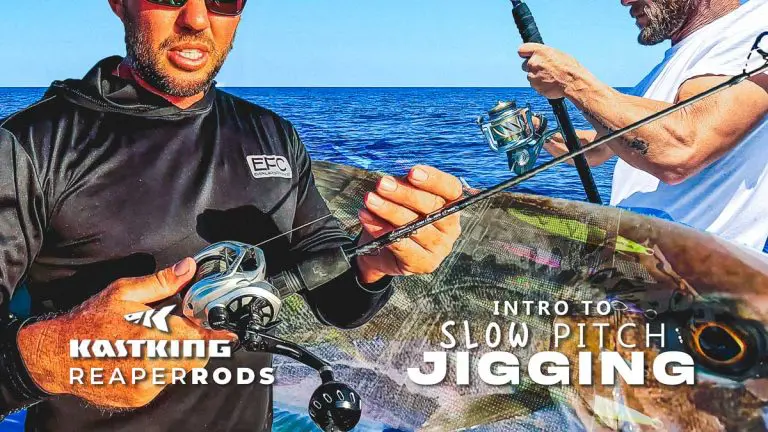
A Beginner's Guide to Slow Pitch Jigging This fishing technique that has been gaining traction among anglers around the…
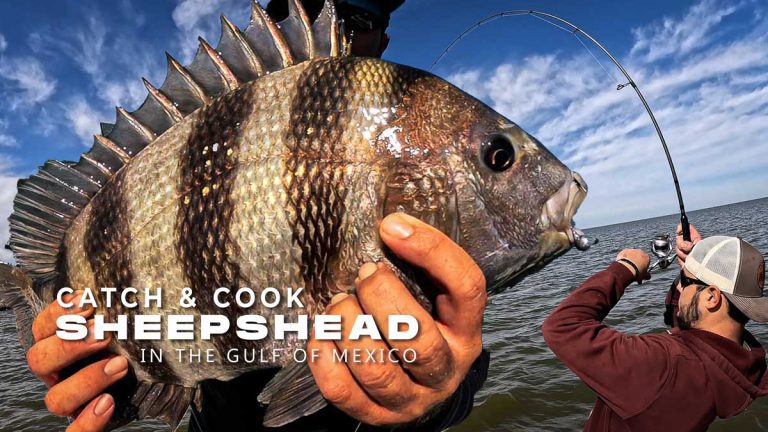
Guide to Catching Sheepshead in the Gulf of Mexico All-you-need-to-know guide about catching Sheepshead (convict) in the Gulf of…
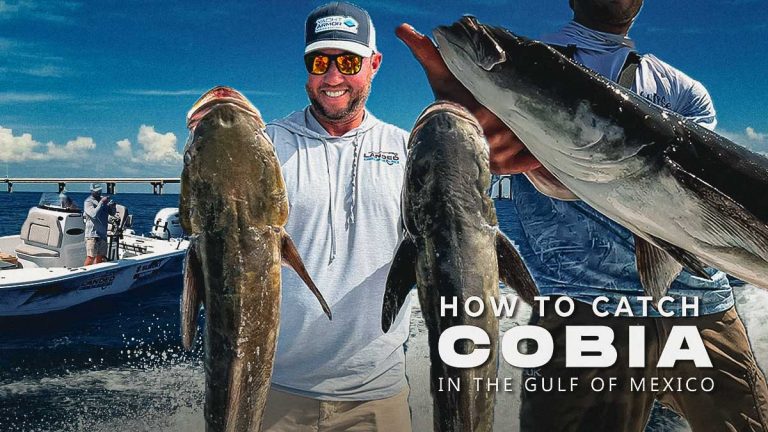
Catching Cobia in the Gulf of Mexico I'm drawing from years of professional guiding experience. Let's break down the…
Florida Grouper Fishing | Catching Grouper in the Gulf
Deep dive plug trolling is a top technique for landing these prized fish. In this guide, we’ll provide practical advice for your fall Gag Grouper fishing trips.
About Gag Grouper:
Gag Grouper are known for their delicious meat and strong fights. They prefer rocky bottoms, making deep dive plug trolling an effective method.
Gear and Tackle for Florida Grouper:
Rods and Reels:
Choose medium to heavy trolling rods with strong reels.
Lines and Leaders:
Opt for 50-80 lb braided lines and add a 60-100 lb fluorocarbon leader.
Deep Dive Plugs:
Use trolling-specific lures with realistic colors and rattles.
Downriggers:
Consider using downriggers for depth control, especially in deep waters.
Watch Video: Trolling for Fall Grouper
Location and Timing for Fall Grouper:
Fall Grouper Migration:
Target Gag Grouper in October when they move to shallower waters.
Grouper Hotspots:
Focus on natural and artificial reefs, shipwrecks, and underwater structures.
Grouper Regulations:
Always check local fishing regulations and bag limits.
Catching Grouper
Grouper Fishing Trolling Techniques:
Trolling Speed:
Maintain a speed of 2-4 knots to mimic prey movement.
Depth Control:
Use downriggers, diving planers, or lead core lines.
Presentation:
Experiment with lure colors and sizes to find what works.
Stay Alert:
Be ready to set the hook when you feel a bite or see your rod bend.
Safety and Conservation:
Safety First:
Ensure safety equipment, including life jackets and communication devices.
Catch and Release:
Release undersized or over-limit Gag Grouper to support conservation efforts.
Deep dive plug trolling in fall is an exciting way to catch Gag Grouper along Florida’s coast. Plan your trip, follow regulations, and use the right gear and techniques for Florida Grouper fishing success.
Explore More

A Beginner's Guide to Slow Pitch Jigging This fishing technique that has been gaining traction among anglers around the…

Guide to Catching Sheepshead in the Gulf of Mexico All-you-need-to-know guide about catching Sheepshead (convict) in the Gulf of…

Catching Cobia in the Gulf of Mexico I'm drawing from years of professional guiding experience. Let's break down the…
Carolina Rig for Catching Red Snapper
Guide to Saltwater Fishing for Red Snapper around Structures
We’ll cover the essentials for catching powerful and popular red snapper around reef structures using a carolina rig. Red Snapper are known for their fight and taste, making them a prized catch.
Watch Video: Bottom Fishing Carolina Rigs for Red Snapper
About American Red Snapper
Learn about these popular fish more commonly found off shore in deeper waters. Learn tips and fishing techniques for catching Red Snapper.
More Snapper Fishing Videos
American Red Snapper
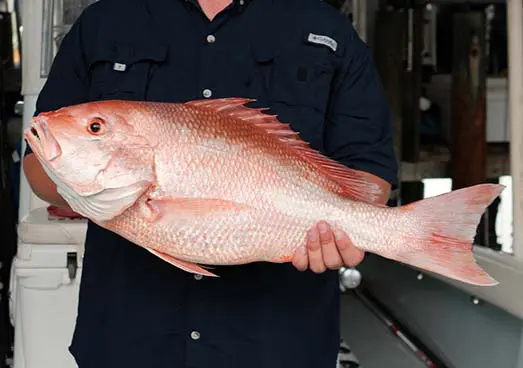
They have a vibrant red or pinkish body, prefer reef and wreck habitats, and feed on fish, crustaceans, and cephalopods.
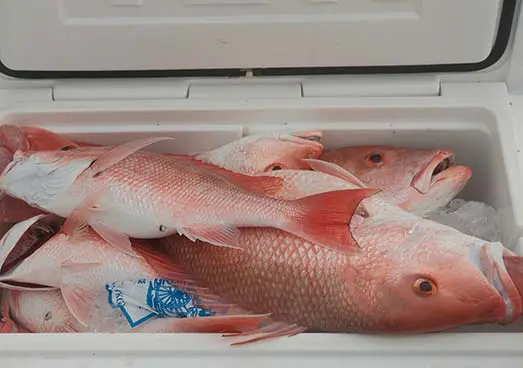
They can grow up to 40 inches in length and are known for their delicious, flaky flesh.
About Red Snapper
Red snapper (Lutjanus campechanus) is a highly prized saltwater fish species found in the warm waters of the Gulf of Mexico, the southeastern United States, and the Caribbean.

Appearance:
Red snapper typically has a vibrant red or pinkish color on the upper body, fading to a lighter shade towards the belly.
Carolina Rig for Catching Red Snapper
Utilize fresh or live bait like squid, cut baitfish (mullet or menhaden), or live baitfish (pinfish or croakers).

Gear Selection:
Use a medium to heavy action rod paired with a suitable reel equipped with a strong drag system.
Choose 30-50 lb test braided line for optimal sensitivity and strength.
Tackle Setup:
Rig a Carolina-style setup, which includes a sliding sinker, a swivel, a leader, and a circle hook.
Employ circle hooks (sizes 4/0 to 8/0) to minimize gut-hooking and enhance fish survival.
A Carolina rig for catching red snapper is a simple and effective setup used by anglers in saltwater fishing. Here’s a description of a Carolina rig for targeting red snapper:
Carolina Rig Components:
Mainline:
Use a strong, low-stretch braided line in the range of 30-50 pounds for durability and sensitivity.
Sinker:
A sliding sinker, typically made of lead, is used to keep your baited hook near the seafloor.
The sinker is threaded onto the mainline before the swivel.
Swivel:
A swivel is attached to the end of the mainline.
It serves two essential purposes: preventing line twist and connecting the leader.
Leader:
The leader is a separate piece of line, usually 1 to 4 feet in length, connected to the swivel’s other end.
It is typically made of fluorocarbon or monofilament line.
Hook:
A circle hook, sized between 4/0 and 8/0 depending on the bait’s size and the fish’s size you’re targeting, is tied to the leader.
Circle hooks are preferred to minimize gut-hooking and ensure the fish’s safe release when necessary.
Bait:
Red snapper are attracted to a variety of baits, including squid, cut baitfish (such as mullet or menhaden), and live baitfish (like pinfish or croakers).
The choice of bait can depend on local preferences and what’s available.
How-to setup a Carolina Rig:
Thread the sliding sinker onto the mainline, followed by tying the swivel to the end of the mainline.
Attach the leader to the swivel’s other end, using a secure knot.
Tie the circle hook to the leader, ensuring it’s securely fastened.
Add your chosen bait to the circle hook. The bait should be presented naturally, so avoid excessive rigging that restricts its movement.
Lower the Carolina rig into the water, allowing it to sink to the desired depth, keeping it just above the underwater structure where red snapper tend to congregate.
Maintain a slight slack in your line, allowing the fish to take the bait without feeling resistance.
When you feel a bite, give the fish a moment to take the bait fully, then gently set the hook with an upward motion.
After hooking a red snapper, use a controlled and steady retrieve to bring the fish to the surface.
The Carolina rig’s versatility and effectiveness make it a popular choice for targeting red snapper around structures like reefs, wrecks, and underwater formations in saltwater fishing.
Step-by-Step Setting Up the Carolina Rig:
1.) Attach a swivel to the end of your mainline.
2.) Fasten a 1 to 4-foot leader to the swivel.
3.) Secure the circle hook to the leader using a loop knot for bait movement.
4.) Slide an appropriate weight (1 to 4 ounces) onto the mainline above the swivel.
5.) Securely tie remaining end of leader to swivel or mainline.
6.) Use live bait by hooking through front of bait fish or chunk bait or alternative can be used.
Best ways to Locate and Catch Red Snapper
Employ fish finders and charts to identify underwater structures such as reefs, wrecks, and ledges where Red Snapper often congregate.
Look for drop-offs, underwater peaks, and areas with strong currents.
Effective Fishing Techniques:
Drop your Carolina rig to the desired depth, keeping it just above the structure where Red Snapper are likely to hide.
Maintain slight slack in your line to allow fish to take the bait without resistance.
Exercise patience; Red Snapper can be cautious and may take time to bite.
When you feel a bite, allow the fish a moment to take the bait before gently setting the hook with an upward motion.
Once hooked up, employ a controlled and steady retrieve to bring in the fish.
Adhering to Red Snapper Fishing Regulations and Conservation:
Stay informed about current fishing regulations and size limits for Red Snapper in your area.
Safety Precautions:
Monitor weather conditions and be prepared for any changes.
Saltwater fishing around structures is an effective method for targeting Red Snapper.
Where to Find Red Snapper
Red snapper inhabit a variety of underwater structures, including reefs, wrecks, ledges, and rocky outcrops.
Red Snapper prefer depths ranging from 50 to 300 feet (15 to 91 meters) but can be found at varying depths depending on their age and the time of year.

Red Snapper Behavior:
Red snapper are known for their cautious and sometimes finicky feeding habits, making them a challenging catch.
Red Snapper are opportunistic predators, feeding on a diet of fish, crustaceans, and cephalopods.
Red Snapper Size and Growth:
Red snapper can grow to impressive sizes, with adults commonly reaching lengths of 20 to 30 inches (51 to 76 centimeters).
Some individuals can exceed 40 inches (102 centimeters) in length and weigh more than 20 pounds (9 kilograms).
Fishing Regulations:
Due to overfishing concerns, red snapper populations are closely monitored, and regulations may vary by location.
Red Snapper is a popular fish for grilling, baking, frying, and a variety of culinary preparations.
Culinary Value:
Red snapper is highly regarded for its delicious, white, flaky flesh and mild, sweet flavor.
Red snapper is a prized catch among anglers and a sought-after species in the recreational and commercial fishing industry.
Due to its popularity and conservation efforts, it’s important for anglers to stay informed about regulations and sustainable fishing practices when pursuing red snapper. Anglers should check local fishing regulations for size limits, bag limits, and open seasons to ensure compliance.
Explore More
Mangrove Snapper Fishing
How-To: Mangrove Snapper Fishing
Know Your Target:
Mangrove snapper, also known as gray snapper, is a common inshore fish found in the coastal waters of Florida. They are known for their reddish-pink color with faint blue lines on the back.
Best Spots for Mangrove Snapper:
Inshore rocks and grass flats.
Bridges, piers, and docks, especially those with barnacle growth.
Near mangroves and oyster bars.
Best Times for Mangrove Snapper:
During incoming or high tides when snappers come in to feed.
Early morning or late afternoon, although they bite throughout the day.
Mangrove Snapper Fishing Gear:
Rod:
Medium-light to medium action.
Reel:
2000 to 4000 size spinning reels.
Line:
10-20 lb braided line.
Leader:
20-30 lb fluorocarbon, which is less visible underwater.
Preferred Mangrove Snapper Baits:
Live shrimp, pilchards, or small pinfish.
Cut bait such as mullet or sardines.
Artificial jigs or soft plastics mimicking baitfish or shrimp.
Mangrove Snapper Fishing Techniques:
Free-lining:
Use a live shrimp or baitfish without a weight.
Bottom fishing:
Use a weighted rig to keep bait near the bottom.
Popping cork:
Suspend your bait underneath to keep it off the bottom but within the strike zone.
Mangrove Snapper Fishing Tips:
Be patient and attentive; snappers can be nibblers.
Use circle hooks for easier hook removal and reduced injury to the fish.
Chumming the water can attract and keep snappers in your fishing area.
Handling & Conservation:
Use a dehooking tool to safely remove hooks.
Follow local state regulations for size and bag limits.
Practice catch and release when possible to ensure the fish population remains healthy.
Fishing for mangrove snapper along Florida’s Nature Coast can be a rewarding experience. With the right knowledge, gear, and techniques, you can increase your chances of catching Mangrove Snapper.
Watch Video: Catching Mangrove Snapper
NEW EPISODE SUN @ 2PM EST
Best Times to Catch Mangrove Snapper
| Seasons | Best Habitats | Comments |
|---|---|---|
| Spring | Bridges & Piers | Snappers move closer to structures for food & protection. |
| Grass Flats | They feed actively in warmer waters. | |
| Inshore Rocks | ||
| Summer | Near Mangroves | Spawning season; they are found in larger numbers. |
| Oyster Bars | Look for areas with good water flow. | |
| Artificial Reefs | ||
| Fall | Grass Flats | They feed to prepare for colder months. |
| Inshore Rocks | Look for structures with nearby deep water. | |
| Bridges & Piers | ||
| Winter | Deep Channels | They move to deeper waters to stay warm. |
| Near Inlets | Look for areas with minimal current. |
Remember, while seasons and habitats can guide you, local conditions, water temperature, and availability of prey can also influence the presence and behavior of mangrove snapper. It’s always a good idea to ask local anglers or bait shops for up-to-date information.
Best Baits and Lures for Mangrove Snapper
| Habitats | Best Lures | Best Live Bait |
|---|---|---|
| Bridges & Piers | Jigs, Soft Plastic Shrimp | Live Shrimp, Pinfish |
| Grass Flats | Popping Cork with Soft Plastics | Pilchards, Live Shrimp |
| Inshore Rocks | Metal Jigs, Crankbaits | Mullet, Sardines |
| Near Mangroves | Soft Plastic Minnows, Shrimp Imitation | Live Shrimp, Crab |
| Oyster Bars | Weighted Jigs, Soft Plastics | Mud Minnows, Crab |
| Artificial Reefs | Vertical Jigs, Soft Plastic Paddle Tails | Live Shrimp, Squid |
| Deep Channels | Deep Diving Crankbaits, Heavy Jigs | Cut Bait (Mullet, Sardines) |
| Near Inlets | Spoons, Twitch Baits | Pinfish, Live Shrimp |
Catching other Fish Species
While targeting mangrove snapper in the Gulf of Mexico, anglers often encounter a variety of other species.
It’s not uncommon to hook into Red Snapper, or Red Grouper especially near deeper structures or offshore reefs. Grouper, particularly the gag and red grouper, might take your bait when fishing near rock piles or ledges.
Spanish mackerel, with their swift strikes, can be frequent visitors to your bait, especially when fishing with shiny lures near the surface (flat line fishing).
Blackear wrasse, native to the tropical western Atlantic, are commonly found off Florida’s west coast.
While they’re not a primary target for most anglers, their striking appearance makes them a surprise if they strike your bait.
These reef-associated fish are characterized by their elongated bodies, vibrant colorations ranging from green to blue, and the distinctive black mark behind their eyes, which gives them their name.
Preferring rocky substrates and coral reefs, Blackear wrasse feed primarily on small invertebrates, including crustaceans and mollusks.
Additionally, sheepshead, recognized by their distinct black stripes, often share habitats with mangrove snapper and can be caught using similar baits, particularly around pilings and oyster bars.
Other “Reef” Species
Another by-catch anglers might experience when fishing for mangrove snapper in the Gulf of Mexico includes key grunts.
These fish, named for the grunting noise they produce, often frequent the same rocky and reef habitats as mangrove snapper. Their silvery body with a yellow tinge and distinctively arched lateral line makes them easily distinguishable.
Grunts are attracted to similar bait, and while they might not be the primary target, they’re known for their delicate, tasty flesh.
Additionally, remoras or “sharksuckers” can latch onto your bait or even the fish you’re reeling in.
Recognizable by their flattened heads and the suction-cup-like structure on top, remoras are often seen attached to larger marine animals, like sharks, utilizing them as a mode of transport and feeding on their host’s leftovers.
While they’re not typically sought after by anglers, they can add an element of surprise to the catch.
Explore More
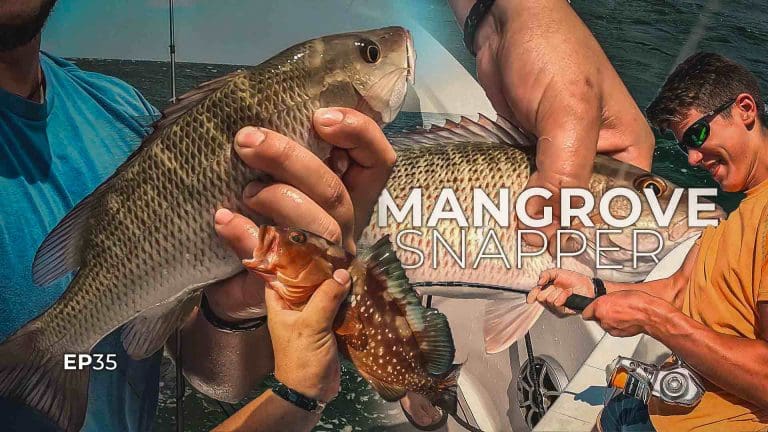
Mangrove Snapper Fishing in the GulfJoin us as we prepare for and target Mangrove Snapper, saltwater fishing along Florida's…
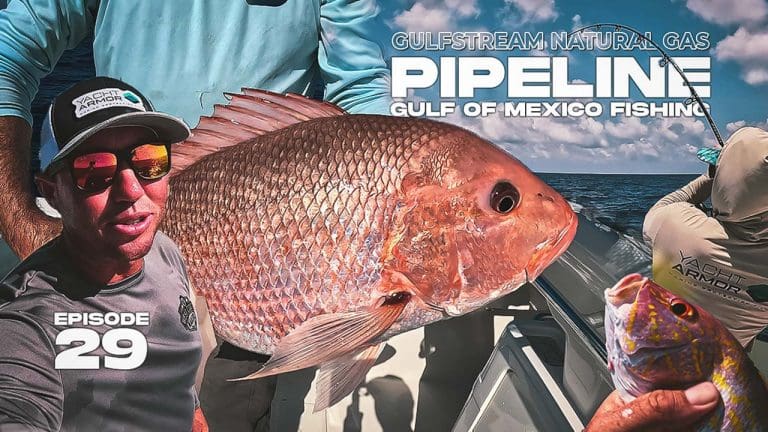
Fishing the Gulfstream Pipeline in the Gulf of Mexico Adventure awaits all anglers eager to venture out into the…
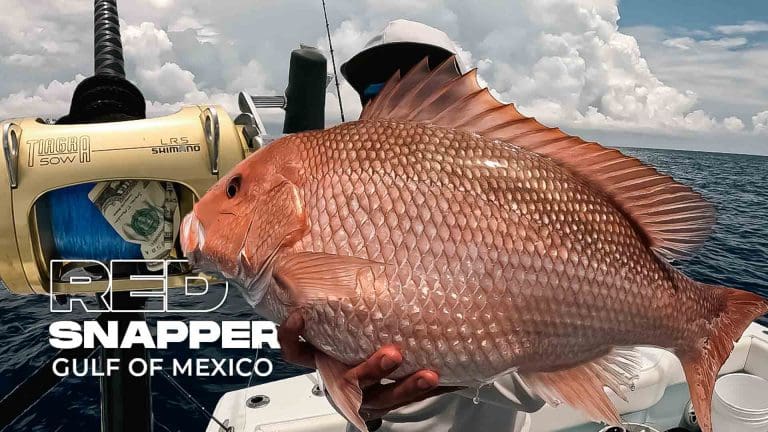
Home Episodes Fishing Stories Updated: Angling tips, the best fishing practices, and the most effective equipment for both novice…
Homosassa Crystal River Scalloping
Discover: Florida Gulf Coast Scalloping
The summer is a great time to get out on the water and enjoy some of Florida’s natural treasures. One such treasure is Florida scalloping in Homosassa and Crystal River. These areas are known for their crystal-clear waters and abundance of scallops. If you’re looking for a fun, family-friendly activity, this is it!
Watch EP34: Homosassa / Crystal River Scalloping
Here’s what you need to know before you go Scalloping.
Scalloping is a type of shellfish that can be found in shallow, saltwater areas. They are often found near seagrasses or coral reefs. Scallops are filter-feeders, which means they strain small particles of food from the water around them. This makes for some pretty clean eating!
“Old Florida” – Crystal River / Homosassa Florida
“Old Florida” refers to the simpler and unspoiled charm of the state before extensive development. Homosassa and Crystal River in Florida embody the essence of “Old Florida” communities, retaining their rustic appeal and maritime heritage.
These coastal areas offer a genuine Florida experience with fishing, scalloping, and wildlife encounters, preserving the nostalgic charm of the past.
When is Florida Scallop Season?
Scalloping season in Florida runs from June 1st to September 24th.
During this time, you are allowed to harvest up to 2 gallons of whole scallops per person, per day. When out scalloping you will need some gear. This includes a mask, snorkel, and fins. A net is also helpful for collecting your scallops. And don’t forget a cooler to store them in!
Scalloping is Fun for Family Trips
Scalloping is a fun activity for the whole family. It’s a great way to enjoy the outdoors and get some exercise. So, what are you waiting for?
Florida Scallop Charters
Book a Scalloping Trip:
Florida Scalloping Tips & Guides
In Florida, what size scallops can I keep?
Scallops must be at least 2 inches in diameter in order to be harvested.
Where to find Florida Scallops
When you’re out on the water, keep an eye out for areas with lots of seagrass. Scallops often congregate in these areas. Once you’ve found a good spot, it’s time to start hunting! Use your hands or a small net to scoop up the scallops. Be sure to check the size restrictions before you harvest any scallops.
Once you’ve collected your scallops, it’s time to head back to shore and enjoy your catch!
Scallops can be grilled, baked, or fried. No matter how you choose to prepare them,
Subscribe Today
Begin to unlock a world of fishing opportunities
. Whether you’re a weekend warrior or a dedicated angler, our community will inspire and empower you to reach new heights in your fishing endeavors.
With 24/7 access to high-definition videos, insider tips, and the latest news, you’ll have everything you need to conquer the Gulf and reel in the fish of a lifetime.
Deep-fried scallops are a delicious treat.
Here are easy-to-follow steps for cleaning, preparing, and deep-frying them:
How to Deep Fry Scallops
Dry Batter Breaded Scallop Recipe and how-to
Ingredients:
Fresh scallops
All-purpose flour
Salt and pepper
Breadcrumbs (preferably Panko breadcrumbs for a crispy texture)
Vegetable oil for frying (your preference)
Equipment:
Deep fryer or large, deep pot
Tongs
Paper towels
Plate
Step 1:
Clean the Scallops
Rinse the fresh scallops under cold running water to remove any sand or debris.
Pat them dry with paper towels to remove excess moisture.
Dry scallops are important when attempting to bread them.
Step 2:
Prepare the Dry Breading
In a dish, mix the all-purpose flour mixed with a pinch of salt and pepper, breadcrumbs. Add any additional spices for individual taste.
Step 3:
Coat the Scallops
Toss rinsed and dried scallops into the flour mixture, shaking off any excess.
Finally, place the scallop in the dish with your dry-batter mixture and toss gently to adhere the breading to all sides.
Ensure the scallop is evenly coated with batter.
Step 4:
Preheat the Oil
Pour enough vegetable oil into the deep fryer or pot to submerge the scallops.
Heat the oil to 350-375°F (175-190°C).
Step 5:
Deep-Fry the Scallops
Carefully lower the breaded scallops into the hot oil using tongs. Be cautious not to overcrowd the frying vessel; fry in batches if needed.
Fry the scallops for about 2-4 minutes or until they turn golden brown and crispy on the outside.
Use the tongs to remove the cooked scallops from the oil and place them on a plate lined with paper towels to drain excess oil.
Step 6:
Serve and Enjoy
Allow the deep-fried scallops to cool slightly before serving to avoid burns.
Serve the scallops with your favorite dipping sauce, such as tartar sauce or aioli.
Enjoy your delicious homemade deep-fried scallops!
Remember to exercise caution when working with hot oil and always follow safety guidelines when using a deep fryer or frying in a pot. Enjoy your tasty scallop dish!
Explore More
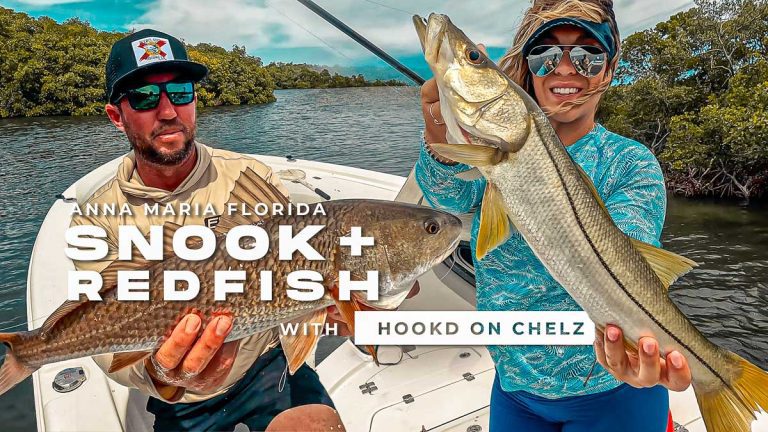
Anna Maria Island Redfish + Snook Anna Maria Island, nestled on Florida’s Gulf Coast, is not only a fishing…
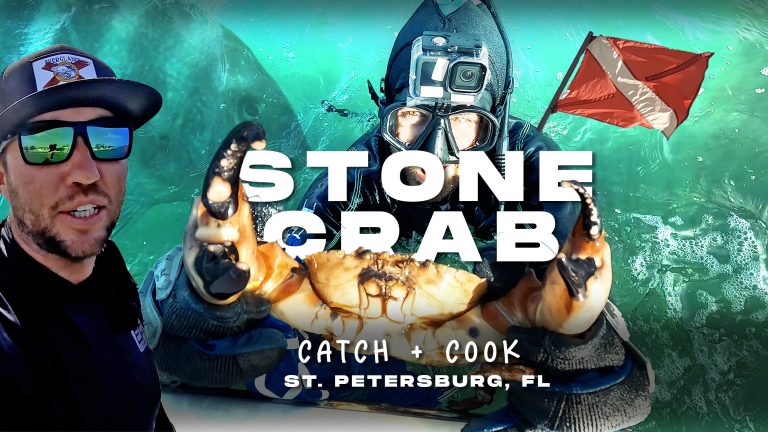
Catching Florida Stone Crab Claws Stone crabbing is not only an exhilarating water-bound adventure.
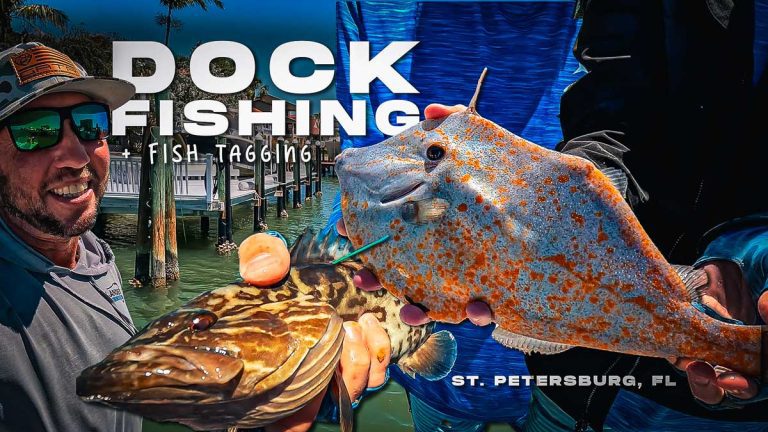
Dock Fishing and Tagging in St. Petersburg Florida St. Petersburg, Florida, often celebrated for its vibrant art scene and…
Goliath Grouper Fishing
Welcome to Landed Fishing and our guide on Goliath Grouper Fishing!
If you’re passionate about saltwater recreational fishing and are interested in learning more about or catching a true monster of the deep, you’ve come to the right place.
Chasing Behemoths of the Deep
Whether you’re a seasoned angler or a beginner, this guide is aimed to equip you with the knowledge and strategies you need to maximize your chances of a memorable Goliath grouper fishing experience.
Watch Video: Goliath Grouper Fishing
The Goliath Grouper
Before we dive into the exciting world of Goliath grouper fishing, let’s familiarize ourselves with this remarkable species.
The Goliath grouper, scientifically known as Epinephelus itajara, is a large and highly sought-after fish inhabiting the warm waters of the Atlantic Ocean and the Gulf of Mexico.
Known for their colossal size and impressive strength, Goliath groupers can grow up to 8 feet in length and weigh over 600 pounds, making them true giants of the sea.
About the Goliath Grouper (Jewfish)
The Goliath Grouper, scientifically known as Epinephelus itajara, is one incredible species of saltwater fish, also referred to as the Jewfish.
This colossal fish inhabits the warm waters of the Atlantic Ocean and the Gulf of Mexico.
With a robust body and a broad, flat head, the Goliath Grouper sports a mesmerizing mottled pattern of dark brown or olive-green coloration.
Its large mouth, enables it to consume just about anything that swims to close including sharks and other Goliath Groupers!
Due to its remarkable size and strength, encountering a Goliath Grouper is an unforgettable experience for divers and anglers alike.
It is important to note that this protected species is strictly off-limits for harvesting or harm, as conservation efforts strive to restore its population numbers.
Fishing for Giants
Planning Your Goliath Grouper Fishing Trip
To increase your chances of a successful Goliath grouper fishing trip, thorough planning is essential. Here are some key factors to consider when preparing for your adventure:
Choosing the Right Location
Goliath groupers are predominantly found in specific areas, and selecting the right fishing spot is critical.
From wrecks and reefs to ledges and rock piles, these giant fish tend to inhabit structures that provide them with shelter and an abundant food source.
Researching popular Goliath grouper fishing locations, such as wrecks or artificial reefs, can greatly enhance your fishing experience.
Seasonal Considerations
Timing is everything in fishing, and Goliath grouper fishing is no exception. Understanding the seasonal patterns and migration habits of these fish can significantly impact your chances of a successful catch.
Generally, Goliath groupers are more active during warmer months when water temperatures are higher.
However, it’s worth noting that certain regions may have specific regulations regarding the fishing season for Goliath groupers, so be sure to check local guidelines.
Tackle and Gear for
Goliath Grouper
When it comes to Goliath grouper fishing, having the right equipment is critical. Due to the immense size and strength of these fish, you’ll need heavy-duty gear capable of handling the fight.
A sturdy rod and reel, preferably with a high line capacity, paired with a strong braided line and heavy-duty terminal tackle, are necessary for tackling these powerful creatures.
Fishing Equipment for Goliath Grouper Fishing
When targeting Goliath Groupers, it is crucial to have the appropriate gear to handle their size and strength. Here’s what you need:
Heavy-Duty Rods:
Opt for sturdy, heavy-duty rods capable of handling the immense power of a Goliath Grouper. Look for rods with a high line rating and a strong backbone to withstand the fight.
Reels:
Choose large, high-capacity reels with a reliable drag system. Goliath Groupers are known to make powerful runs, so you need a reel that can handle the pressure.
Fishing Line:
Use braided lines with a high pound-test rating to withstand the force exerted by these colossal fish. A strong line will help prevent break-offs during intense battles.
Terminal Tackle:
Employ heavy-duty circle hooks, preferably non-offset ones, as they are less likely to cause harm to the fish. Use long, strong leaders made of heavy-weight monofilament or steel to withstand the Goliath Grouper’s tail.
Thank you to our friends Marty (OTR) & Austin (ReaperRods)!
Techniques for Catching
Goliath Grouper Fishing
Now that you’re well-prepared for your Goliath grouper fishing trip, let’s delve into some proven techniques that will increase your chances of a successful catch:
Bottom Fishing:
The most common technique for Goliath Grouper fishing is bottom fishing. Anchor your boat near wrecks, reefs, or other structures where these fish congregate. Drop your bait to the bottom and wait for a Goliath Grouper to strike. Patience is key, as these fish can be cautious.
Live Baiting:
Live baiting is an effective method for targeting Goliath Groupers. Use large live baits such as mullet, ladyfish, or blue runners to entice these voracious predators. Allow the bait to swim freely near the bottom, enticing the Goliath Grouper to strike.
Bottom Fishing
One of the most effective methods for targeting Goliath groupers is bottom fishing. By utilizing a weighted rig with live or cut bait, you can entice these fish to bite.
Patience is key when bottom fishing, as it may take some time for a Goliath grouper to take the bait.
However, once hooked, be prepared for an intense battle, as these fish are renowned for their strength and ability to put up a formidable fight.
Vertical Jigging
Vertical jigging is another popular technique for targeting Goliath groupers. This method involves using heavy metal jigs that imitate the movements of wounded baitfish.
By dropping the jig vertically and employing an erratic retrieve, you can trigger the predatory instincts of these massive fish.
Vertical jigging is particularly effective around underwater structures where Goliath groupers tend to congregate.
Stand-Up Tackle
For anglers seeking an adrenaline-pumping experience, using stand-up tackle can provide an exhilarating fight with a Goliath grouper.
Stand-up tackle involves battling these powerful fish in an upright position, utilizing a specialized rod holder or fighting belt to distribute the weight.
This technique allows anglers to exert maximum pressure while minimizing fatigue during extended battles.
The Florida Goliath Grouper
The Florida Goliath Grouper, scientifically known as Epinephelus itajara, is a magnificent and highly sought-after fish species found in the coastal waters of Florida.
Known for their impressive size and strength, Goliath Groupers can grow up to 8 feet in length and weigh over 400 pounds.
These massive creatures are a thrill to catch and make for an unforgettable fishing experience.
Best Fishing Spots for Florida Goliath Grouper
Florida Keys:
The Florida Keys offer excellent opportunities for Goliath Grouper fishing.
Key West, Marathon, and Islamorada are popular destinations known for their abundant grouper populations.
The wrecks and reefs in this region provide ideal habitats for these behemoth creatures.
Tampa Bay:
Tampa Bay is another prime location for Goliath Grouper fishing.
The numerous bridges, piers, and artificial reefs attract these large fish, making it a favorite spot among anglers.
The Sunshine Skyway Bridge and the Gandy Bridge are known hotspots for Goliath Grouper action.
Naples:
Naples, located on the Gulf Coast of Florida, offers fantastic Goliath Grouper fishing opportunities.
The nearshore wrecks and rock formations are home to a significant population of these powerful fish.
Hire a local guide to maximize your chances of a successful catch.
Port St. Lucie/
Stuart, FL
Goliath Fishing
Stuart Florida, located on the eastern coast of Florida, is a fantastic location for catching Goliath Grouper. This vibrant city is renowned for its excellent fishing opportunities and access to prime Goliath Grouper habitats.
Port St. Lucie area offers anglers the chance to target these massive fish in nearshore waters.
For fishing enthusiasts seeking the thrill of battling one of the ocean’s giants, Stuart Florida stands as a premier destination for Goliath Grouper fishing adventures.
Whether you prefer to fish from a boat, pier, or shore, there are plenty of options available to pursue these behemoth creatures. Experienced local guides and charters are available to provide valuable knowledge and ensure a successful fishing excursion.
From the thrill of the fight to the sheer size of these magnificent fish, it is a truly unforgettable pursuit. With the right knowledge, equipment, and techniques, you can increase your chances of landing a trophy-sized Goliath Grouper.
The Giant Goliath Grouper is an awe-inspiring saltwater fish species that inhabits the tropical and subtropical waters of the Atlantic Ocean and the Gulf of Mexico.
Known for its massive size and impressive strength, this species has captivated the imagination of anglers and divers alike.
Identification and Characteristics:
The Giant Goliath Grouper is a behemoth of a fish, capable of reaching lengths exceeding 8 feet (2.5 meters) and weighing up to 800 pounds (363 kilograms).
They have a robust body with a broad, flat head and a distinctive mottled pattern of dark brown or olive-green coloration.
Their large mouth is equipped with powerful jaws, enabling them to consume a variety of size prey.
Goliath Grouper Habitat and Range:
Goliath Groupers prefer shallow coastal waters such as reefs, shipwrecks, and rock formations.
They are commonly found near structure-rich environments where they can seek shelter and ambush their prey.
In the United States, they are primarily found in Florida waters, but they can also be encountered in the Caribbean Sea and along the eastern coast of the Americas.
Conservation and Protection:
Due to overfishing and habitat degradation, the Giant Goliath Grouper faced a significant decline in population numbers.
Consequently, they have been protected in U.S. waters since 1990, with a complete ban on harvesting.
It is important to respect and support these protective measures to allow the species to recover and thrive.
Responsible Interactions:
If you have the opportunity to encounter a Giant Goliath Grouper while diving or fishing, it is best to approach them with caution and respect.
Remember that they are a protected species, and it is illegal to harvest or harm them.
Maintain a safe distance to avoid interfering with their natural behavior and to prevent accidental injury.
Environmental Awareness:
The Giant Goliath Grouper is a saltwater fish species that warrants admiration and protection.
By following responsible guidelines and supporting conservation efforts, we can contribute to the preservation of these incredible creatures and ensure their existence for future generations to enjoy.
Impressive Size:
The Goliath Grouper is one of the largest fish found in the Atlantic Ocean. It can grow up to a whopping 8 feet (2.5 meters) in length and weigh as much as 800 pounds (363 kilograms). Imagine encountering a fish that could be as big as a small car!
Goliath Grouper’s mouth can be as large as a car tire.
The opening of their mouth can stretch wide enough to encompass the diameter of a standard car tire, which is typically around 2 to 2.5 feet (60 to 75 centimeters).
Longevity:
These remarkable creatures have an extended lifespan, with some individuals living for more than 50 years.
Their slow growth rate and longevity contribute to their impressive size, as they have ample time to reach their full potential.
Social Creatures:
Goliath Groupers are known to be social fish, often forming aggregations with other groupers. These aggregations can consist of a few individuals to a large gathering of over a hundred groupers.
It is believed that they form these groups for reproductive purposes and to enhance their hunting success.
Unique Hunting Technique:
When it comes to feeding, Goliath Groupers have a distinctive hunting strategy.
They are known to produce a booming sound, similar to a bass drum, by contracting their swim bladder and vibrating it against their gas bladder.
This sound is thought to stun or disorient prey, making them easier to capture.
Goliath Grouper Color Change:
The coloration of Goliath Groupers can vary depending on their surroundings and mood. They have the ability to change their hues, ranging from a dark brown or olive-green color to a light yellowish shade.
This adaptive color change helps them blend into their environment and remain camouflaged from potential threats or prey.
Understanding these aspects of their biology adds to the wonder and appreciation of this extraordinary saltwater fish species.
Explore More
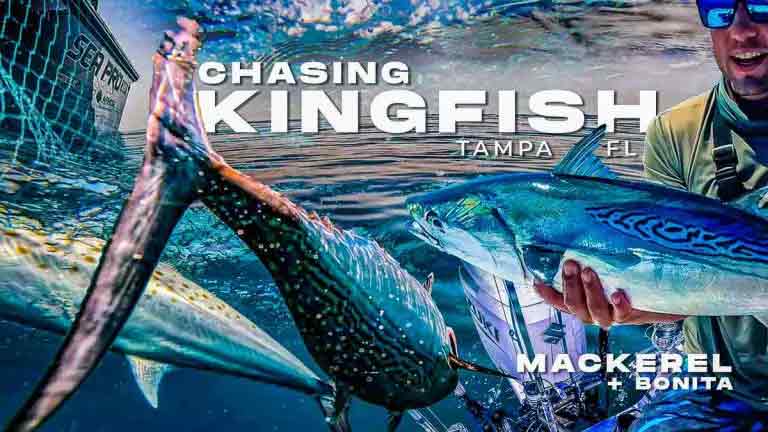
Tampa Florida Kingfish Nearshore + Offshore Fishing Kingfish, also known as king mackerel, are a prized catch in the…
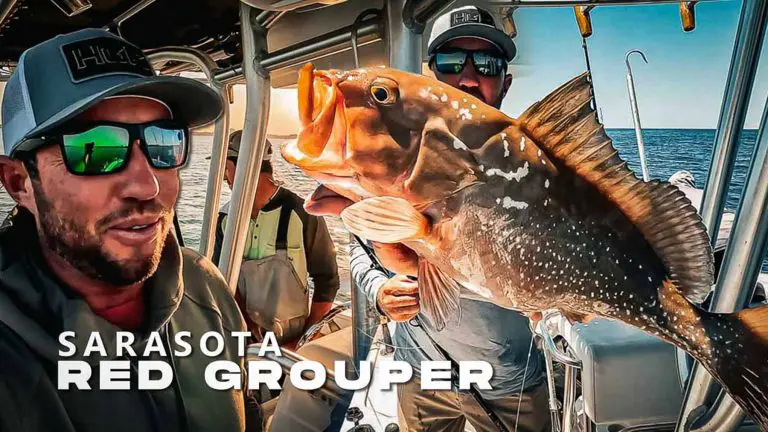
Techniques for Red Grouper: Sarasota Offshore Fishing As dawn breaks over Sarasota, Florida, Captain Shaw and Junior from the…

Anna Maria Island Redfish + Snook Anna Maria Island, nestled on Florida’s Gulf Coast, is not only a fishing…
Choosing the Right Fishing Hooks
Confidence in your terminal tackle can make all the difference in a full or empty ice chest
Fishing Hooks for Saltwater Fishing
Whether you are a seasoned angler or just starting out, selecting the right fishing hook is important for a successful fishing trip.
Let’s explore the various aspects of fishing hook selection, including hook sizes, types, materials, and more.
J-Hooks:
J-Hooks are the most widely used and versatile hooks. Their shape resembles the letter “J” and is commonly employed in bait fishing.
J-Hooks come in different sizes and are effective for catching a wide range of fish species.
Circle Hooks:
Circle hooks are known for their unique design, featuring a circular shape and a point that turns inward.
Circle hooks are popular for catch-and-release fishing, as they tend to hook fish in the corner of the mouth, reducing the chances of deep hooking and injury.
Treble Hooks:
Treble hooks consist of three hooks fused together. They are commonly used in lures, such as crankbaits and spoons, to increase the chances of hooking a fish when it strikes.
Treble hooks are often found in various sizes to accommodate different lure types.
Offset Hooks:
Offset hooks have an angled bend just below the eye, which helps increase hook-up rates.
Offset hooks are commonly used in worm fishing and allow for better presentation, reducing the chances of the bait fouling or getting stuck.
Circle Octopus Hooks:
Circle octopus hooks combine the unique characteristics of circle hooks and octopus hooks.
Circle Hooks are highly effective for live and cut bait fishing, especially for species like catfish and saltwater game fish.
What’s a great knot to use for saltwater fishing?
The uni-knot, improved clinch knot and the Palomar knot are popular choices for securing hooks to the line. They offer strength and reliability.
Tying a Uni-Knot
Targeting Smaller Fish
Use smaller hooks (sizes 1/0 to 4/0) for inshore species like redfish, trout, and flounder.
Targeting Larger Fish
For larger species like snook and tarpon, opt for larger hooks (4/0 to 7/0+).
Common Saltwater Fishing Styles and Popular Hook Types
| Saltwater Fishing Style | Best Hook Types |
|---|---|
| Bottom Fishing | Circle Hooks, J-Hooks, Octopus Hooks |
| Live Bait Fishing | Circle Hooks, Live Bait Hooks |
| Trolling | Big Game Hooks, Offshore Hooks |
| Jigging | Assist Hooks, Jig Hooks |
| Surface Lures/Poppers | Treble Hooks, Single Hooks |
| Fly Fishing (Saltwater) | Saltwater Fly Hooks |
| Casting/Spinning | Treble Hooks, Single Hooks |
| Spoon Lures | Single Hooks, Treble Hooks |
| Plastic Soft Baits | Offset Worm Hooks, Wide Gap Hooks |
| Shark Fishing | Circle Hooks, J-Hooks, Wire Hooks |
| Inshore Fishing | J-Hooks, Circle Hooks, Offset Worm Hooks |
Fishing Hook Styles and Uses
Selecting a Hook Style
J-Hooks:
Great for live bait and cut bait presentations. Ideal for species with softer mouths like trout and flounder.
Circle Hooks:
Preferred for catch-and-release. They tend to hook fish in the corner of the mouth, reducing injury. Effective for snook, redfish, and tarpon.
Fishing Hook Material
Stainless steel hooks will be much more corrosion-resistant and suitable for saltwater fishing.
Barb or Barbless Fishing Hooks:
Consider barbless hooks if you plan to release fish. They minimize damage and make hook removal easier.
Deciding on Bait & Presentation:
Match hook size to your bait or “Match the Hatch” when it comes to bait selection. Smaller hooks work well with smaller baits like shrimp, while larger baits like mullet require bigger hooks.
Setting the Hook:
When using circle hooks, avoid forcefully setting the hook. Instead, let the fish take the bait and then begin reeling to allow the hook to set itself.
Fishing hooks come in various types, each designed for specific fishing techniques and target species.
Understanding the different types will allow you to make good decisions when selecting the most suitable hook for your fishing objective.
The two sizes commonly used to describe fishing hooks are the smaller hook sizes (e.g., 32, 30, 28, etc.) and the larger hook sizes (e.g., 1/0, 2/0, 3/0, etc.).
Common Fishing Hook Sizes
Fishing Hook Sizes
Using the wrong hook size can result in missed bites or even hook breakage.
| Hook Size | Recommended Fish Species |
|---|---|
| 32 | Small panfish, crappie, bluegill |
| 30 | Panfish, crappie, bluegill |
| 28 | Panfish, crappie, bluegill |
| 26 | Panfish, crappie, bluegill |
| 24 | Panfish, crappie, bluegill, small trout |
| 22 | Panfish, crappie, bluegill, trout |
| 20 | Trout, perch, small bass, panfish |
| 18 | Trout, perch, bass, catfish, walleye |
| 16 | Bass, walleye, catfish, larger trout |
| 14 | Bass, walleye, catfish, larger trout |
| 12 | Bass, walleye, catfish, larger trout |
| 10 | Bass, pike, walleye, catfish, larger trout |
| 8 | Bass, pike, catfish, walleye, redfish, snook |
| 6 | Bass, pike, catfish, redfish, snook, grouper, tarpon |
| 4 | Bass, pike, redfish, snook, grouper, tarpon, tuna |
| 2 | Bass, pike, redfish, snook, grouper, tarpon, tuna |
| 1 | Bass, pike, redfish, snook, grouper, tarpon, tuna |
| 1/0 | Striped bass, tarpon, grouper, snapper, sailfish |
| 2/0 | Striped bass, tarpon, grouper, snapper, sailfish |
| 3/0 | Striped bass, tarpon, grouper, snapper, sailfish |
| 4/0 | Striped bass, tarpon, grouper, snapper, sailfish |
| 5/0 | Striped bass, tarpon, grouper, snapper, sailfish |
| 6/0 | Striped bass, tarpon, grouper, snapper, sailfish, marlin |
| 7/0 | Striped bass, tarpon, grouper, snapper, sailfish, marlin |
| 8/0 | Striped bass, tarpon, grouper, snapper, sailfish, marlin |
| 9/0 | Tarpon, grouper, snapper, sailfish, marlin |
| 10/0 | Tarpon, grouper, snapper, sailfish, marlin |
| 11/0 | Tarpon, grouper, snapper, sailfish, marlin |
| 12/0 | Tarpon, grouper, snapper, sailfish, marlin |
Considerations When Choosing Fishing Hooks
Apart from size and type, several other factors should be taken into account when selecting fishing hooks.
Fishing Location:
The fishing location plays a big role in hook selection. Different habitats may require different hook styles and sizes.
For example, when fishing in heavy cover or thick vegetation, using weedless hooks can prevent snagging and improve your chances of landing a fish.
Recommended Hook Sizes for Fish:
The species you are targeting will influence the choice of fishing hooks.
Different fish have different mouth shapes and sizes, requiring specific hook designs to ensure proper hooksets.
Hook Sizes for Saltwater Fish
Common Fishing Hook Sizes for Saltwater Fish
| Hook Size | Fish Species |
|---|---|
| 6 | Flounder, Snapper, Croaker |
| 4 | Snapper, Sea Trout, Redfish |
| 2 | Sea Trout, Redfish, Bluefish |
| 1 | Bluefish, Striped Bass, Mackerel |
| 1/0 | Striped Bass, Snook, Tarpon |
| 2/0 | Snook, Tarpon, Grouper |
| 3/0 | Grouper, Tuna, Cobia |
| 4/0 | Tuna, Cobia, Sailfish |
| 5/0 | Sailfish, Marlin, Shark |
| 6/0 + | Marlin, Shark, Swordfish |
Common Questions about Saltwater Fishing Hooks:
What are the best hook types for saltwater fishing?
For saltwater fishing, strong and corrosion-resistant hooks are vital. Circle hooks, J-hooks, and offset hooks are popular choices.
What hook size should I use for different saltwater species?
Hook size depends on the target species. Generally, use smaller hooks for smaller fish like panfish, and larger hooks for bigger game fish like tuna or marlin.
How can I improve hook-set success in saltwater fishing?
Ensure your hooks are sharp, and use a swift and steady hook-setting motion when you feel a bite. Maintain tension on the line to avoid slack.
What’s the advantage of using circle hooks in saltwater fishing?
Circle hooks are known for their higher hook-up rates and reduced chances of gut-hooking fish. They are ideal for catch-and-release practices.
Which hooks work best for live bait?
For live bait, consider using offset or J-hooks. Match the hook size to the bait’s size to present it naturally to the fish.
Hook Sizes for Freshwater Fish
Fishing Hook Sizes for Freshwater Fish
| Hook Size | Fish Species |
|---|---|
| 6 | Bluegill, Sunfish |
| 4 | Crappie, Small Bass |
| 2 | Largemouth Bass, Catfish |
| 1 | Largemouth Bass, Catfish |
| 1/0 | Largemouth Bass, Carp |
| 2/0 | Carp, Northern Pike |
| 3/0 | Northern Pike, Muskie |
| 4/0 | Muskie, Large Catfish |
| 5/0 | Muskie, Large Catfish |
Common Questions about Freshwater Fishing Hooks
What hook styles are best for freshwater fishing?
For freshwater, popular hook styles include bait-holder hooks, octopus hooks, and Aberdeen hooks, depending on the fishing technique and species targeted.
What hook size is suitable for different freshwater fish species?
Match the hook size to the fish’s mouth size. Use smaller hooks for small species like bluegill and larger hooks for bigger fish like bass or pike.
Are treble hooks better than single hooks for freshwater lures?
Treble hooks provide better hooking potential, especially for lures with multiple points of contact. However, they can cause more damage to fish, so consider using single hooks for catch-and-release.
How can I prevent fish from stealing my bait?
To prevent bait theft, use bait-holder hooks or add bait securely to the hook. Also, consider using smaller pieces of bait so the fish can’t nibble without getting hooked.
Should I use weedless hooks in freshwater fishing?
Weedless hooks are beneficial when fishing in areas with dense vegetation or cover. They reduce the chances of snagging and make it easier to retrieve lures.
What’s the best way to remove a deeply swallowed hook from a fish?
If the hook is deeply swallowed and difficult to remove without harming the fish, it’s best to cut the line close to the hook and release the fish with the hook in place. It will usually dissolve over time.
How can I avoid hooking into unwanted species in freshwater?
Use specific bait types and sizes targeted towards the species you want to catch. If unwanted species persist, consider moving to a different location or adjusting your fishing technique.
Can I use the same hooks for artificial lures and live bait in freshwater?
Yes, many hooks work well with both artificial lures and live bait. Just ensure the hook size and style are appropriate for the type of bait you’re using.
What’s the advantage of using circle hooks in freshwater fishing?
Circle hooks can be effective for catch-and-release fishing in freshwater as well. They often hook the fish in the corner of the mouth, minimizing injury.
How should I store freshwater fishing hooks to prevent rusting?
Keep your hooks in a dry and ventilated tackle box. Adding moisture-absorbing packs can help reduce humidity and prevent rusting.
Smaller Hook Sizes
The smaller hook sizes are denoted by whole numbers, starting from the smallest size, which is typically 32.
In this sizing system, as the number increases, the physical size of the hook decreases. So, a size 32 hook is smaller than a size 30 hook, and a size 30 hook is smaller than a size 28 hook, and so on.
Small hooks are commonly used for catching small fish species like panfish (e.g., bluegill, crappie) or when using tiny baits like insects or larvae.
Smaller hooks are also preferred when targeting fish with smaller mouths, as using an overly large hook can hinder successful hooksets or cause the hook to be less secure in the fish’s mouth.
Larger Hook Sizes
The larger hook sizes are denoted by numbers followed by a forward slash and another number, such as 1/0, 2/0, 3/0, etc.
In this sizing system, as the number increases, the physical size of the hook increases as well. For example, a 2/0 hook is larger than a 1/0 hook, and a 3/0 hook is larger than a 2/0 hook.
These larger hooks are suitable for targeting bigger fish species like bass, snapper, grouper, or tarpon, which have larger mouths and require bigger hooks to accommodate their size.
The use of larger hooks is also common when using larger baits or artificial lures, where the larger hook helps secure the bait properly and improves the chances of hooking larger fish.
Bait Selection:
The type of bait you plan to use also impacts the hook you should choose.
Some baits work better with certain hook styles, while others may require special rigging techniques.
Matching your hook to the bait you are using will optimize your chances of attracting fish and getting solid hooksets.
Fishing Technique:
Various fishing techniques, such as bottom fishing, fly fishing, or trolling, require specific hooks to maximize effectiveness.
The nuances of your chosen fishing technique will guide you towards selecting the appropriate hook.
Selecting Fishing Hooks
Explore More

A Beginner's Guide to Slow Pitch Jigging This fishing technique that has been gaining traction among anglers around the…

Guide to Catching Sheepshead in the Gulf of Mexico All-you-need-to-know guide about catching Sheepshead (convict) in the Gulf of…

Catching Cobia in the Gulf of Mexico I'm drawing from years of professional guiding experience. Let's break down the…

